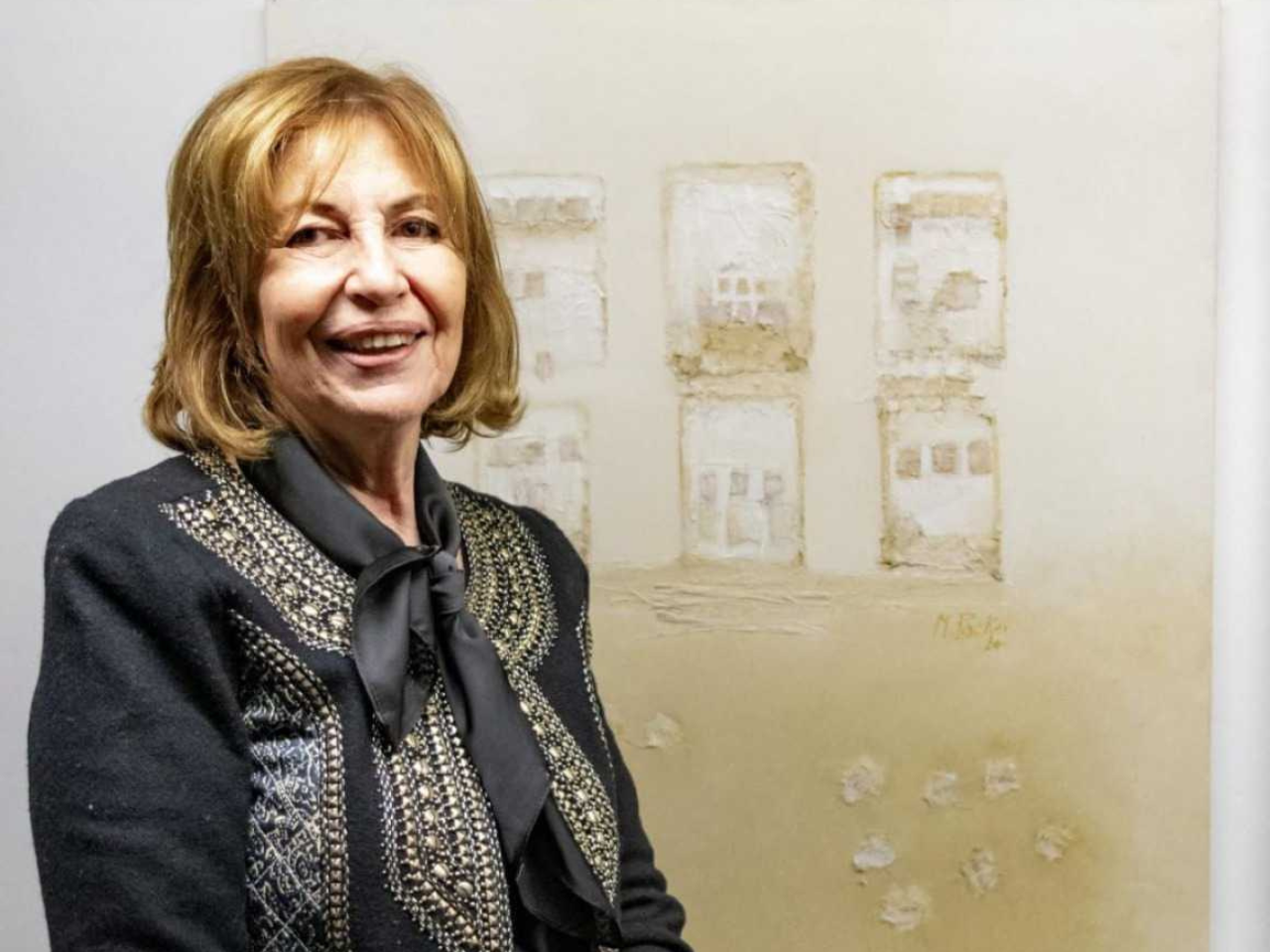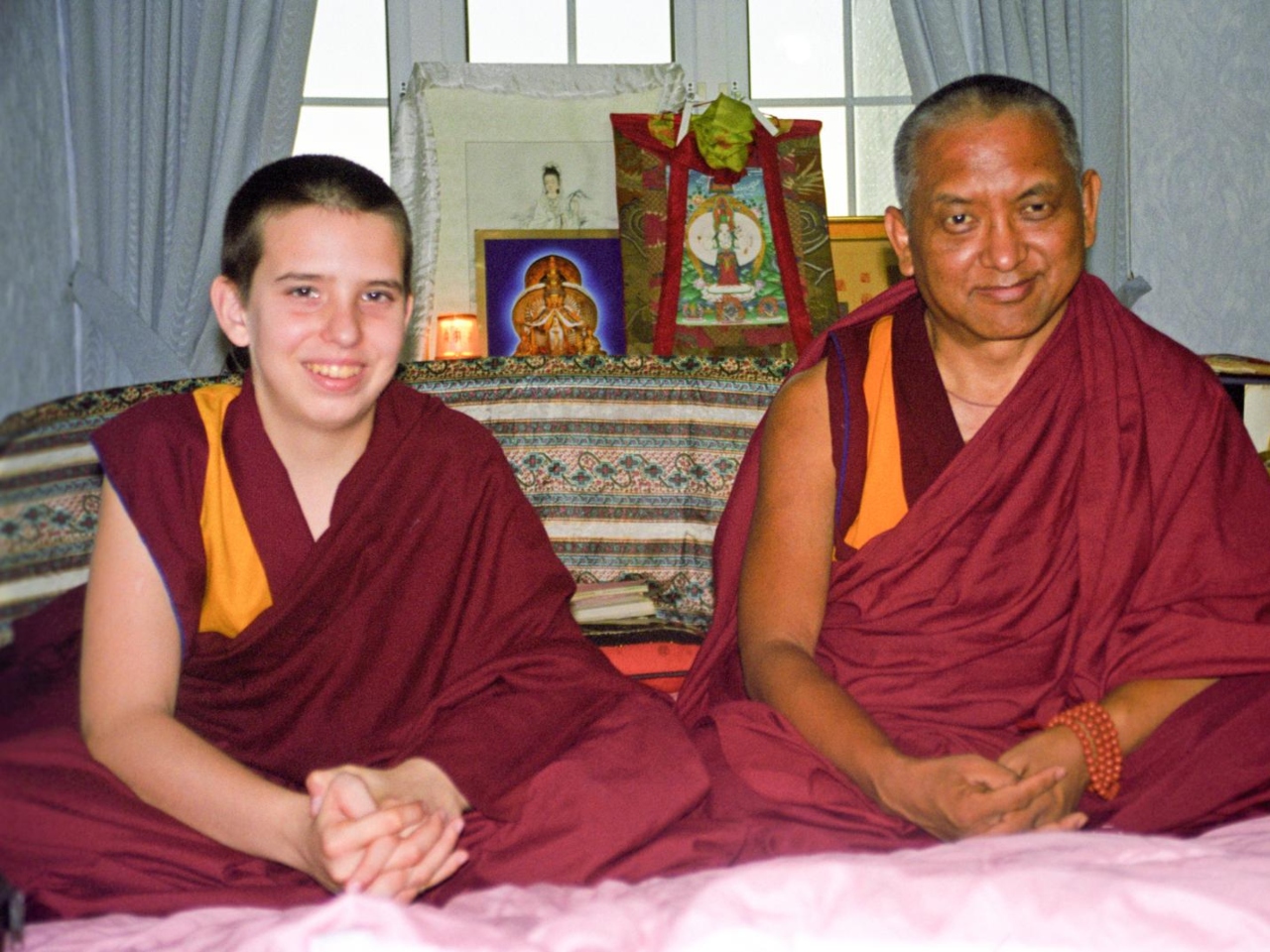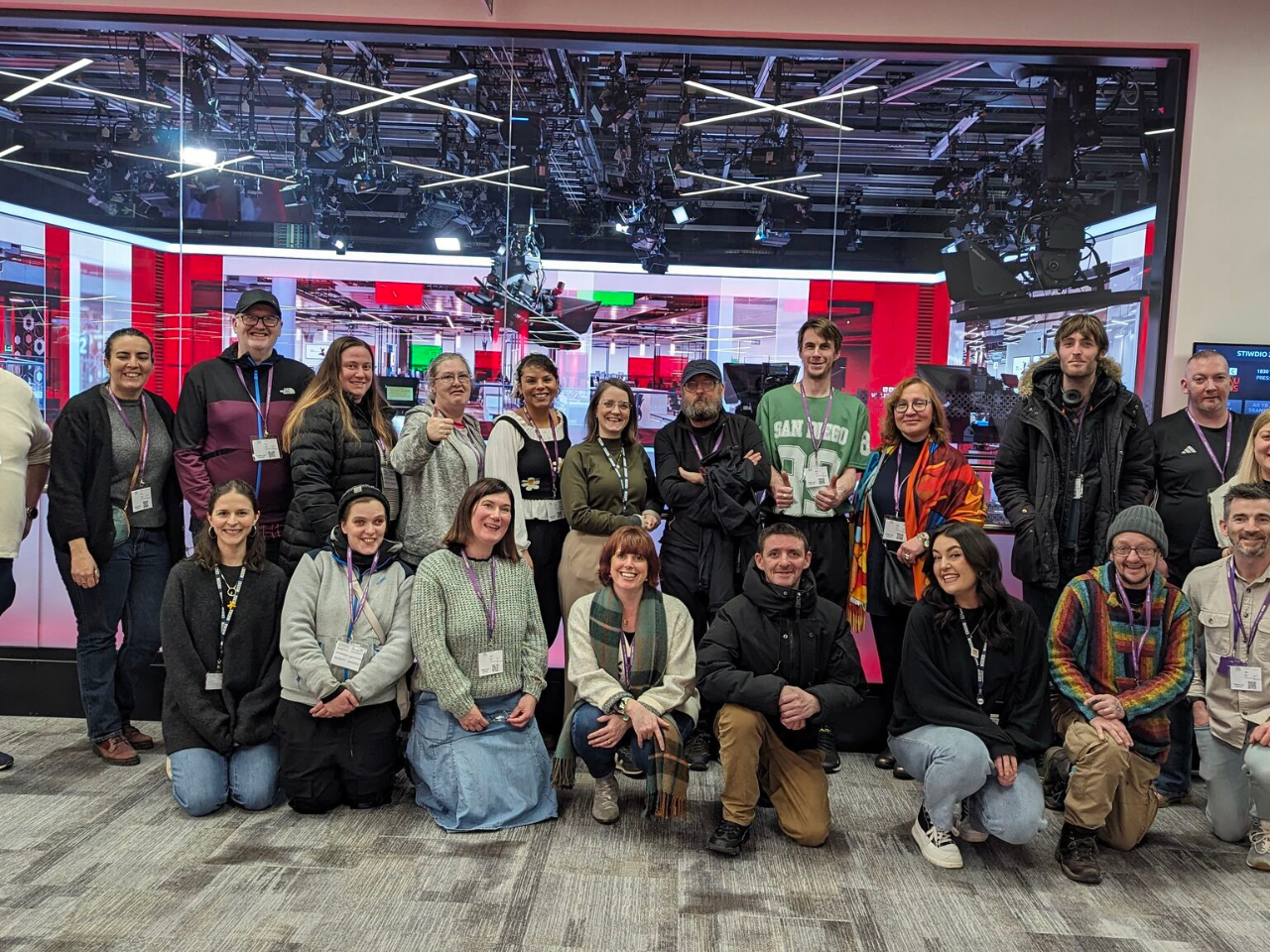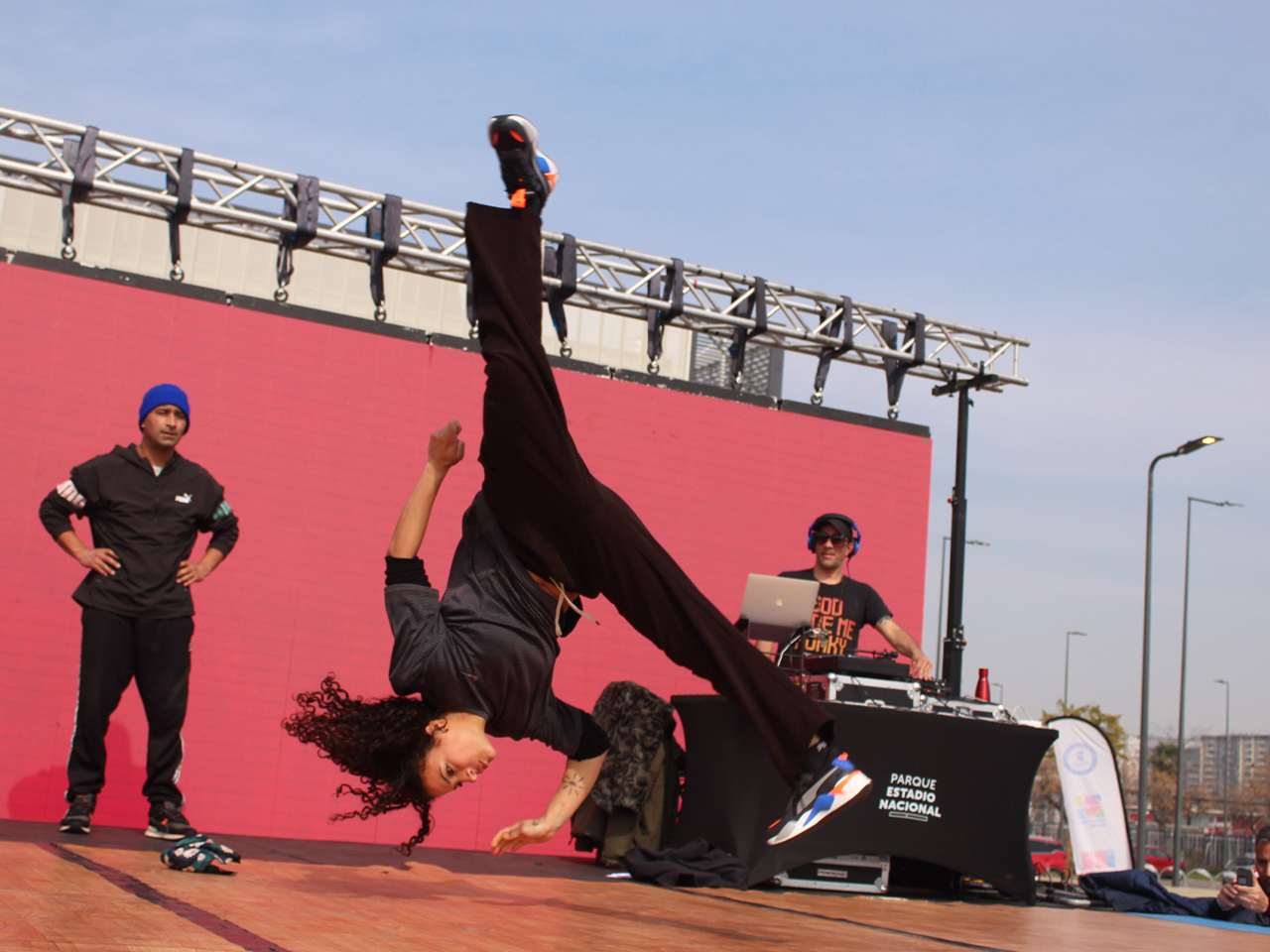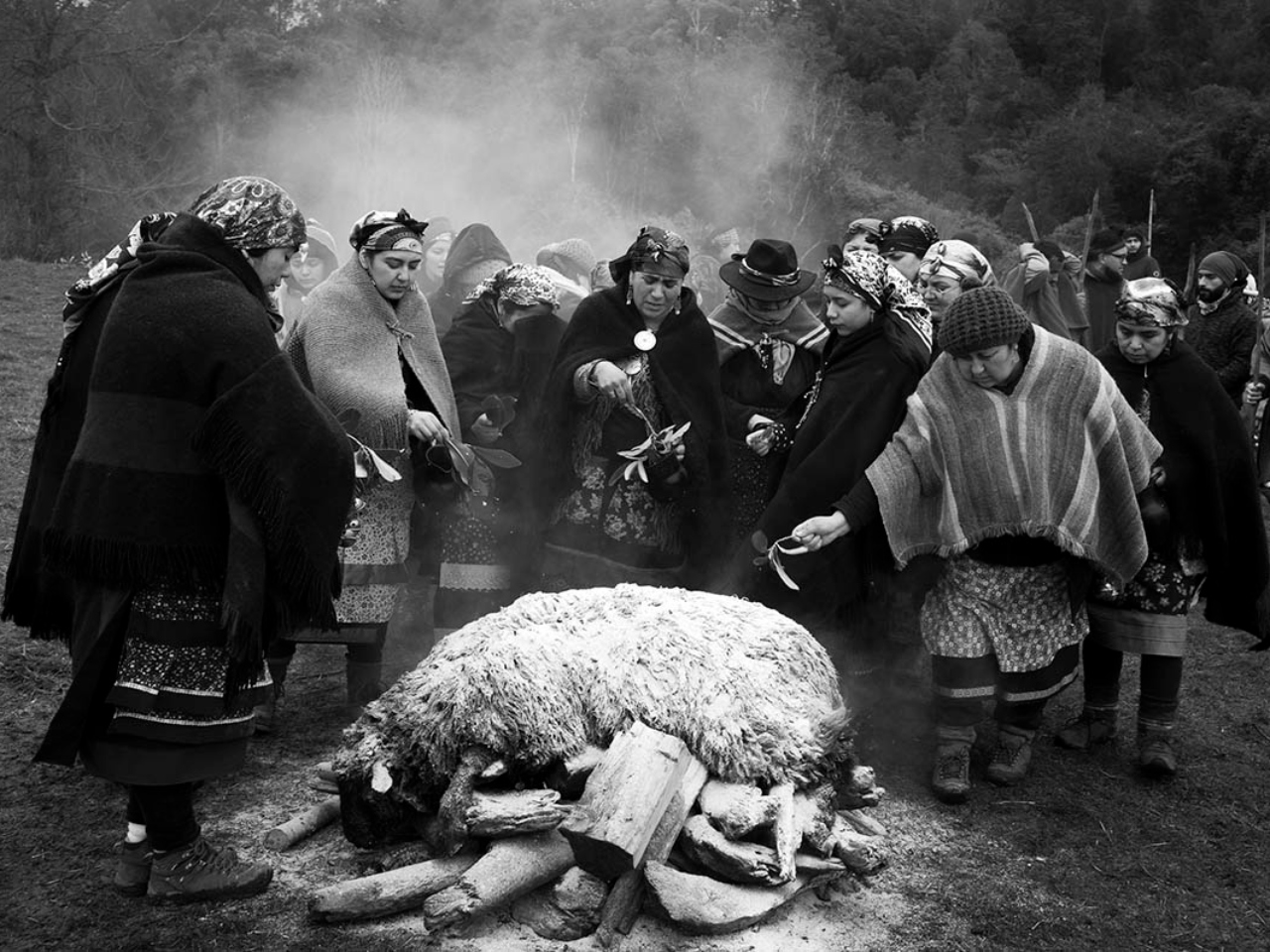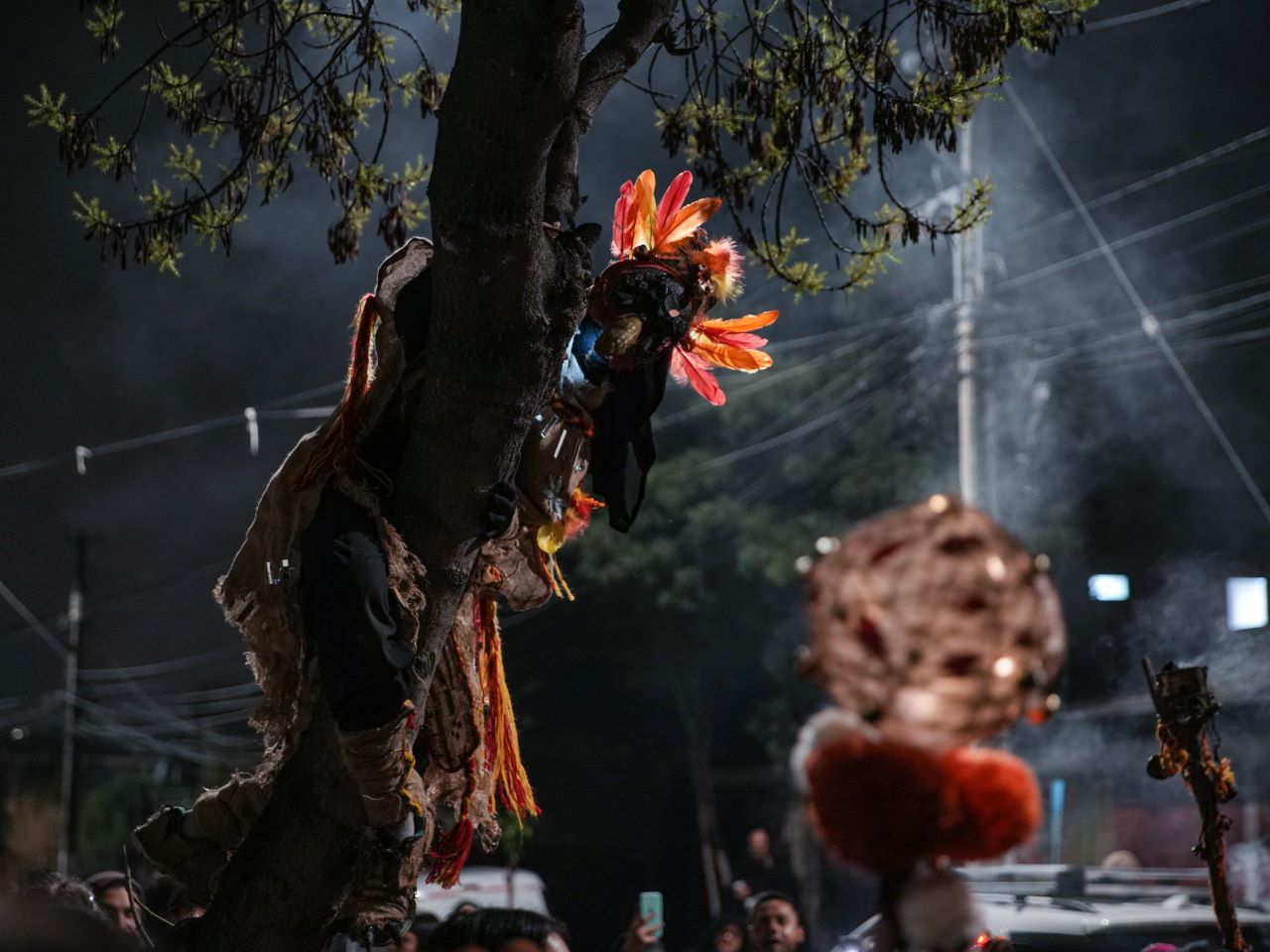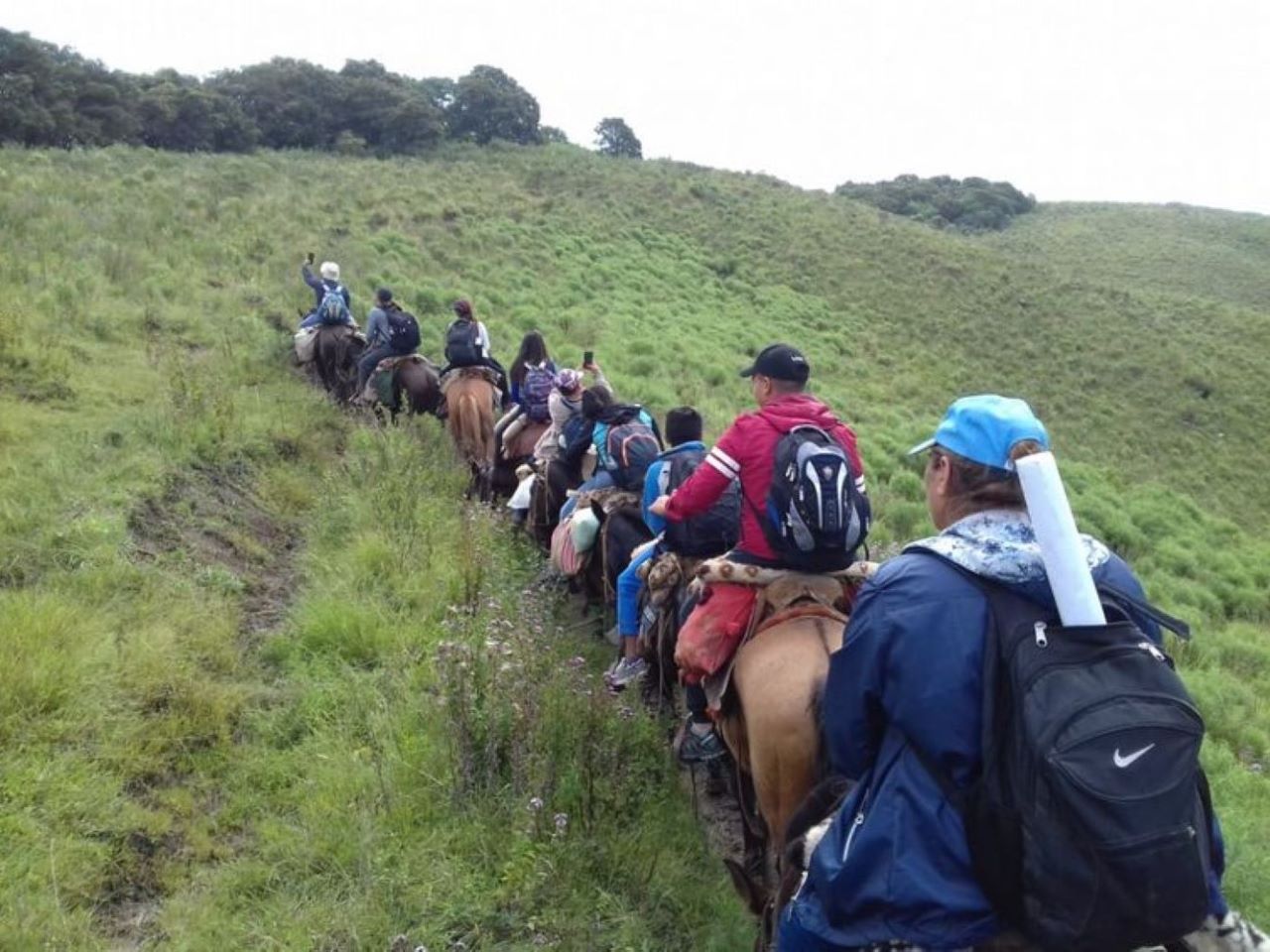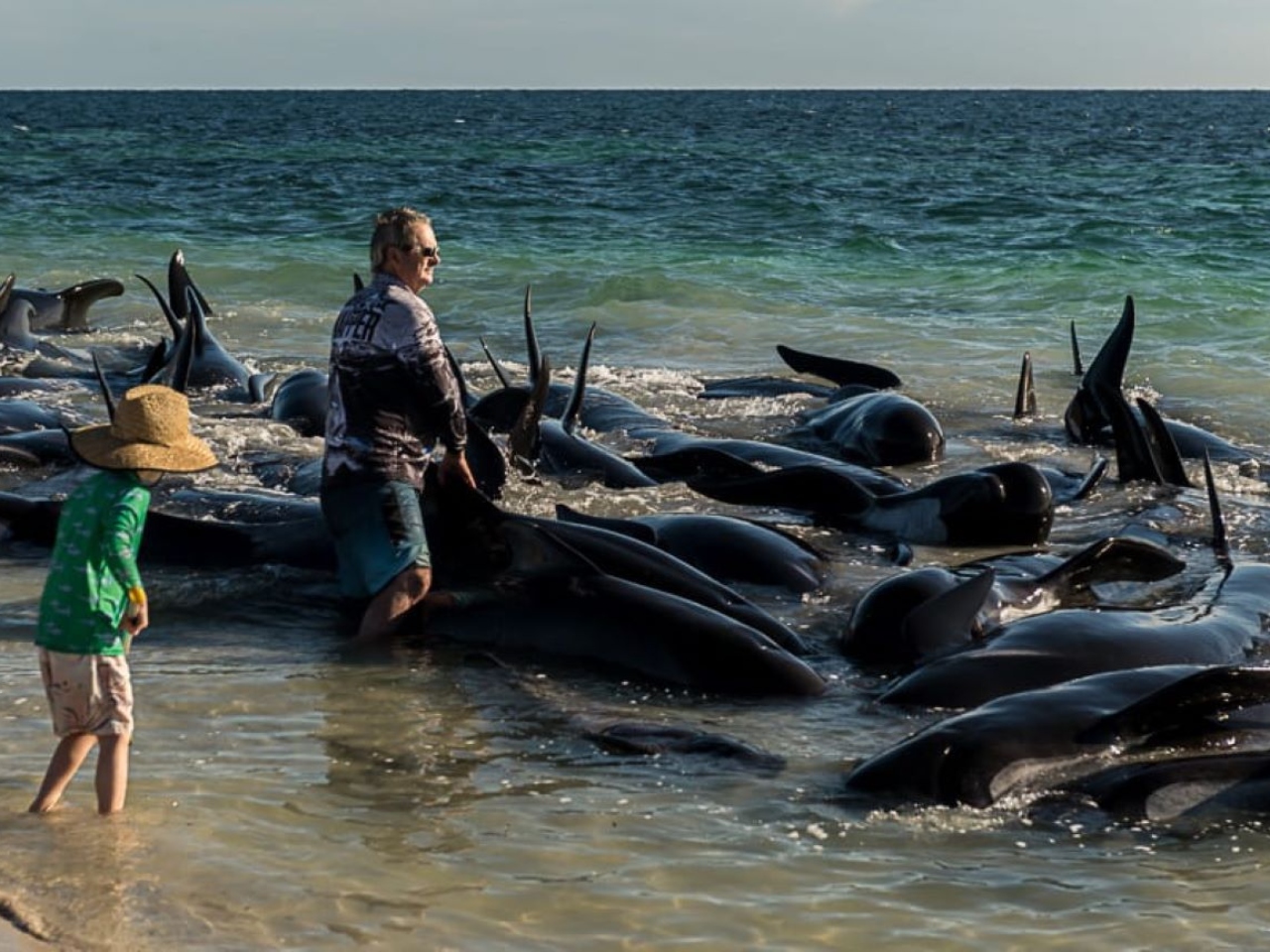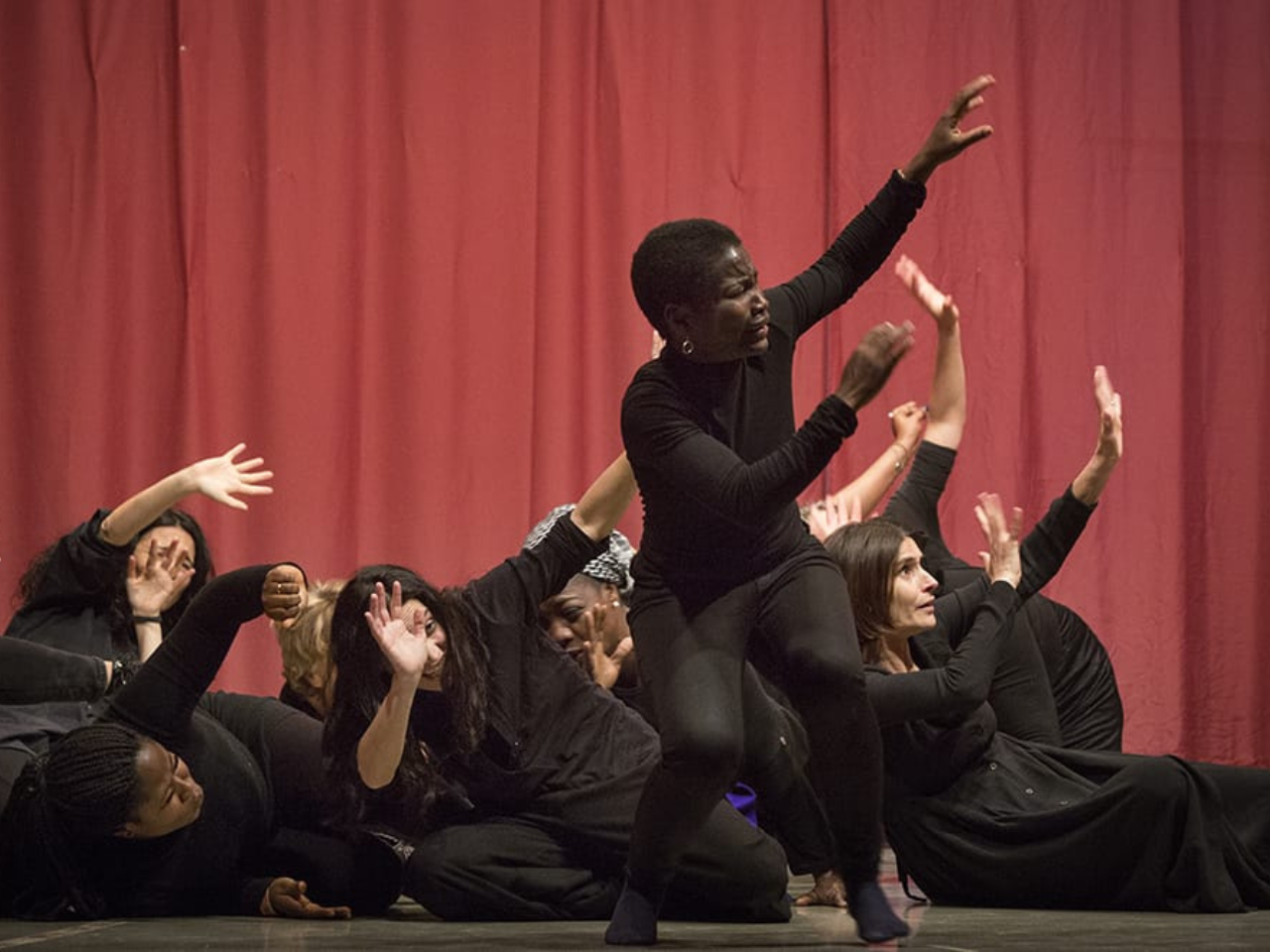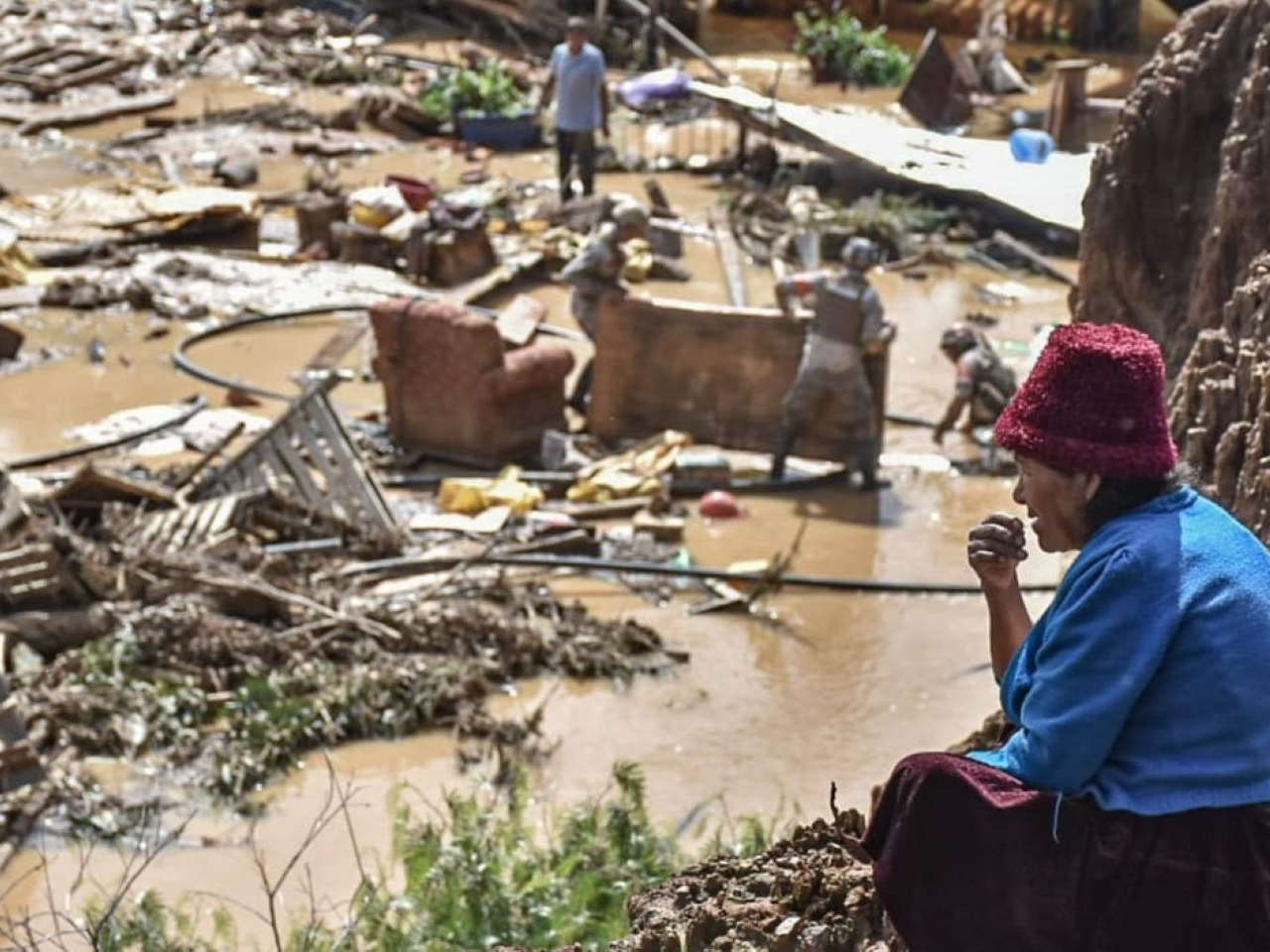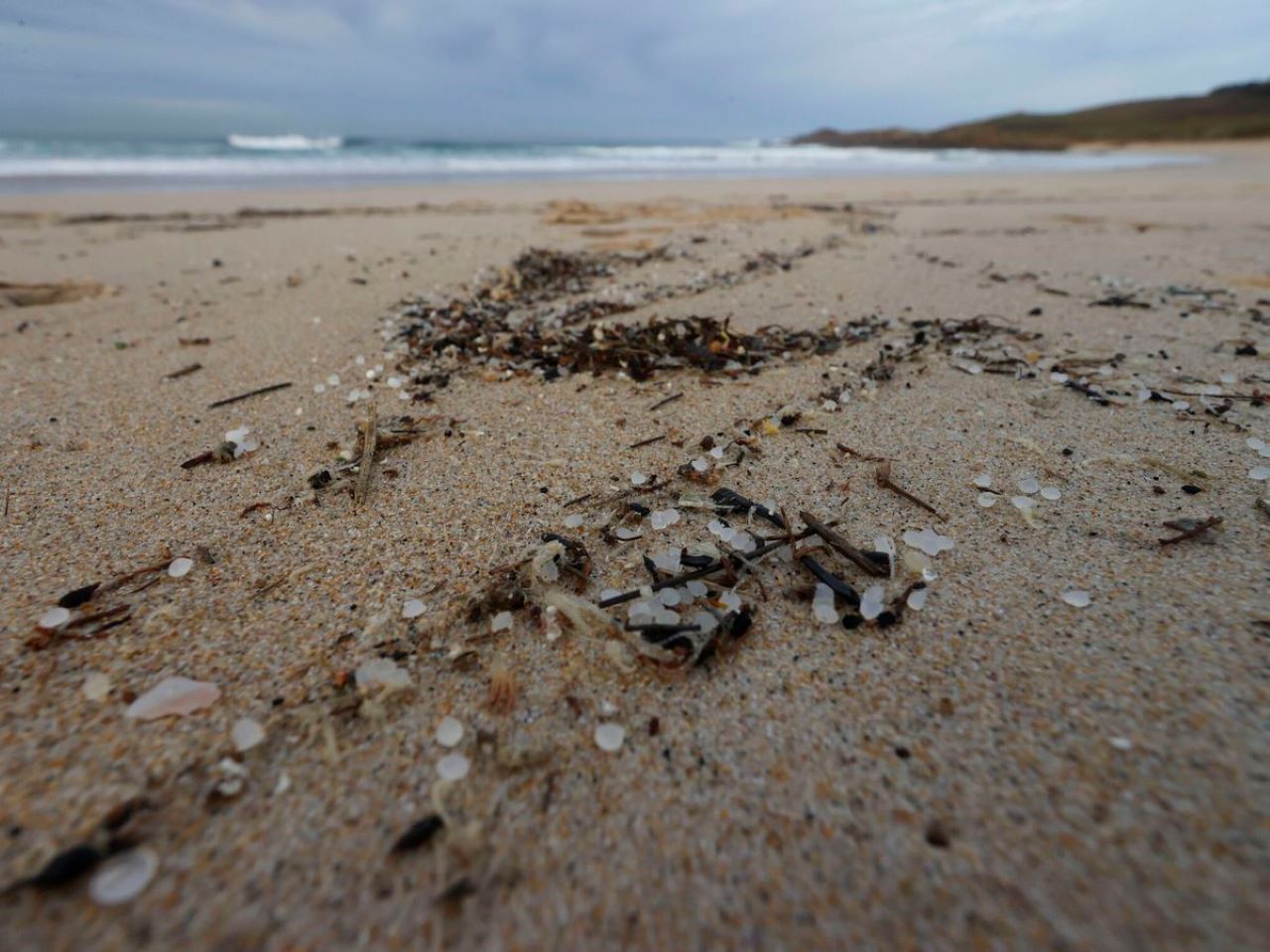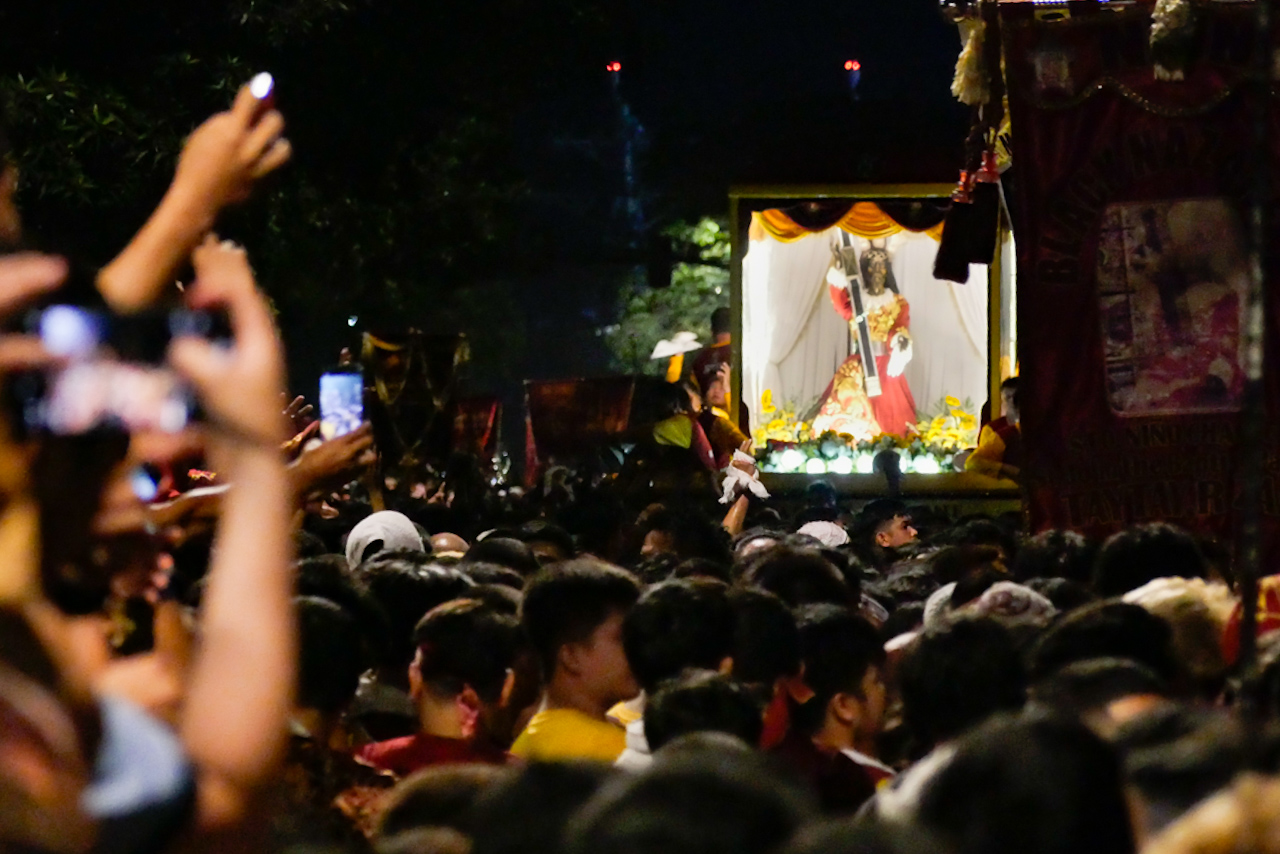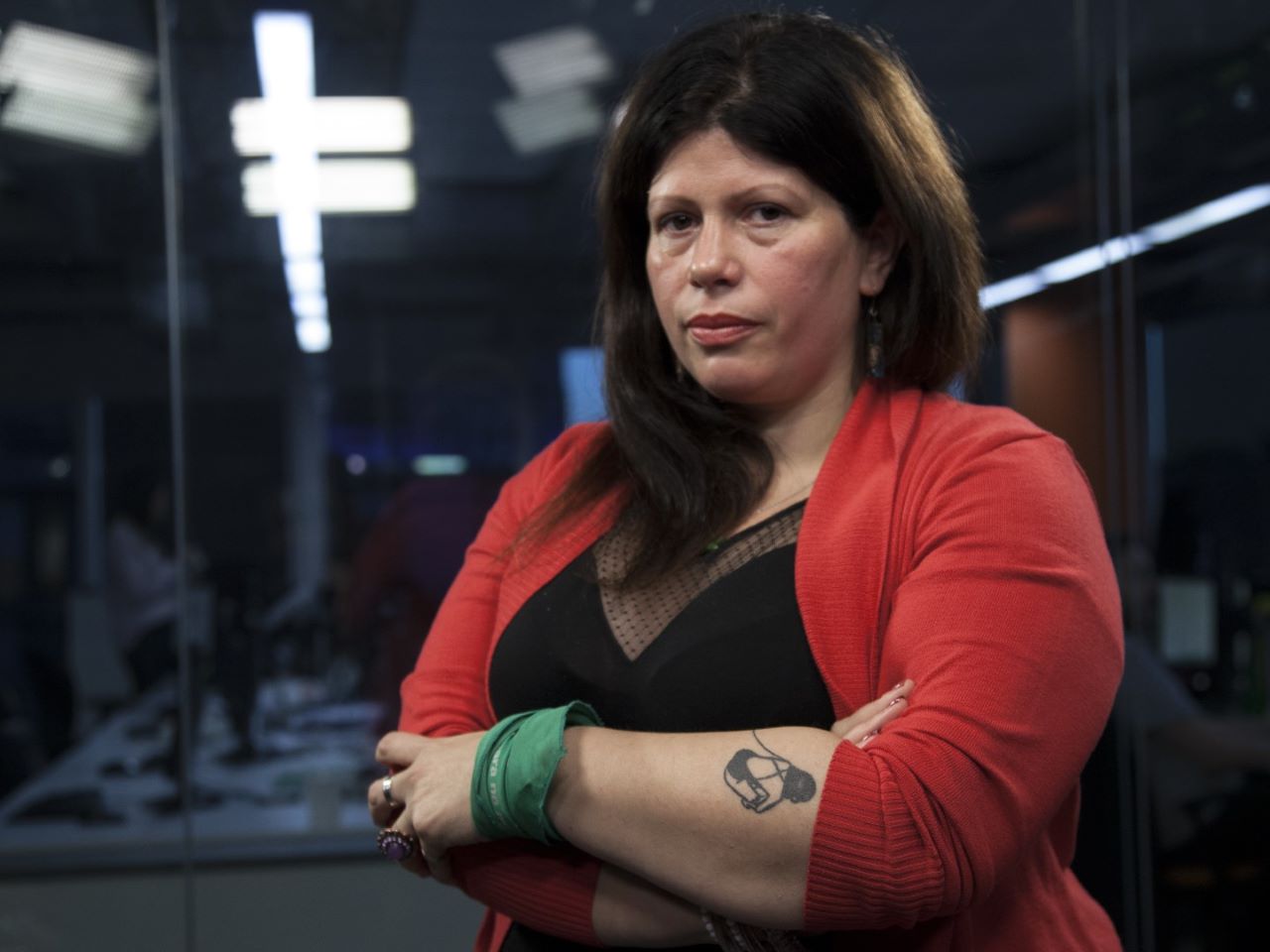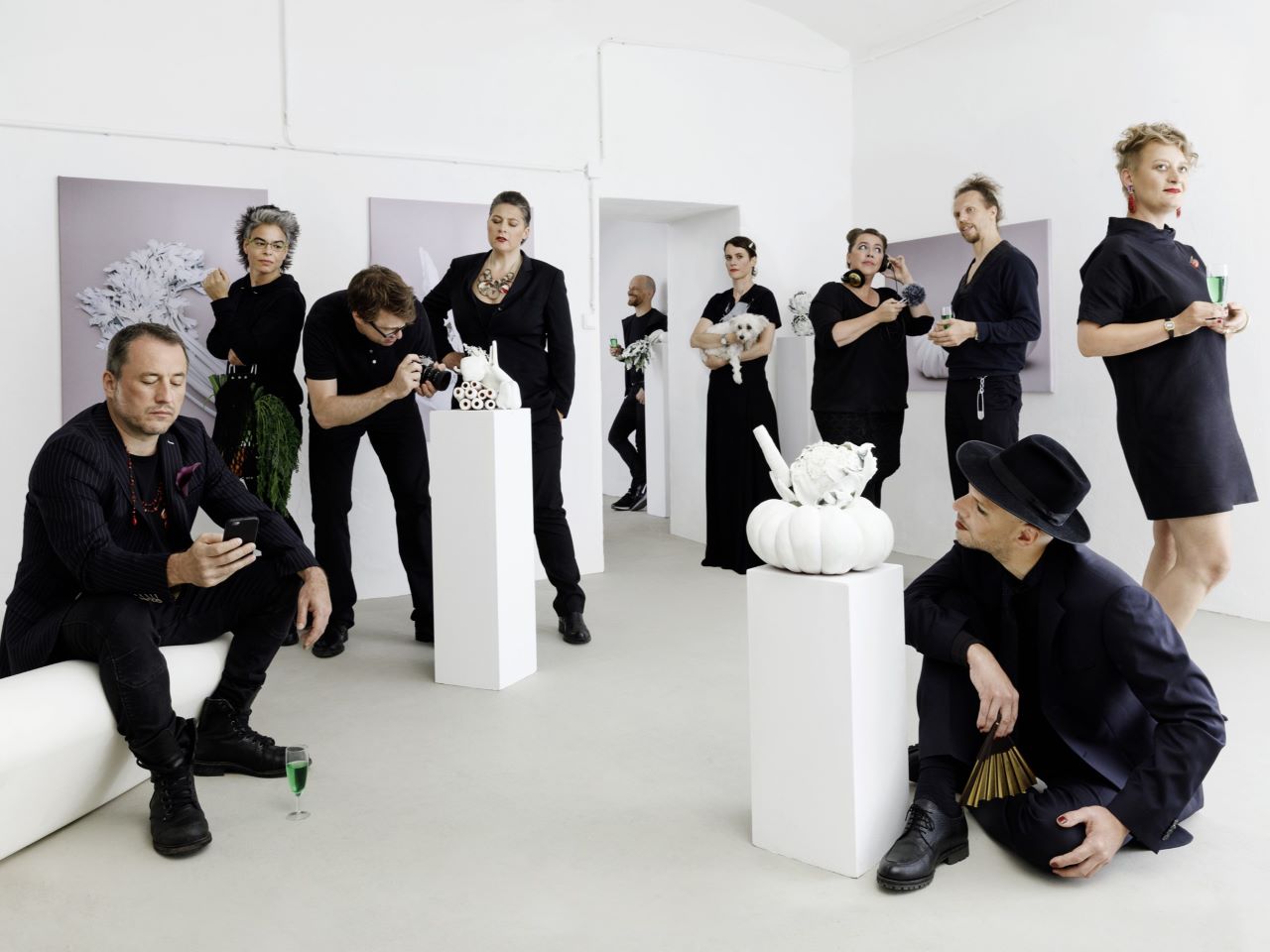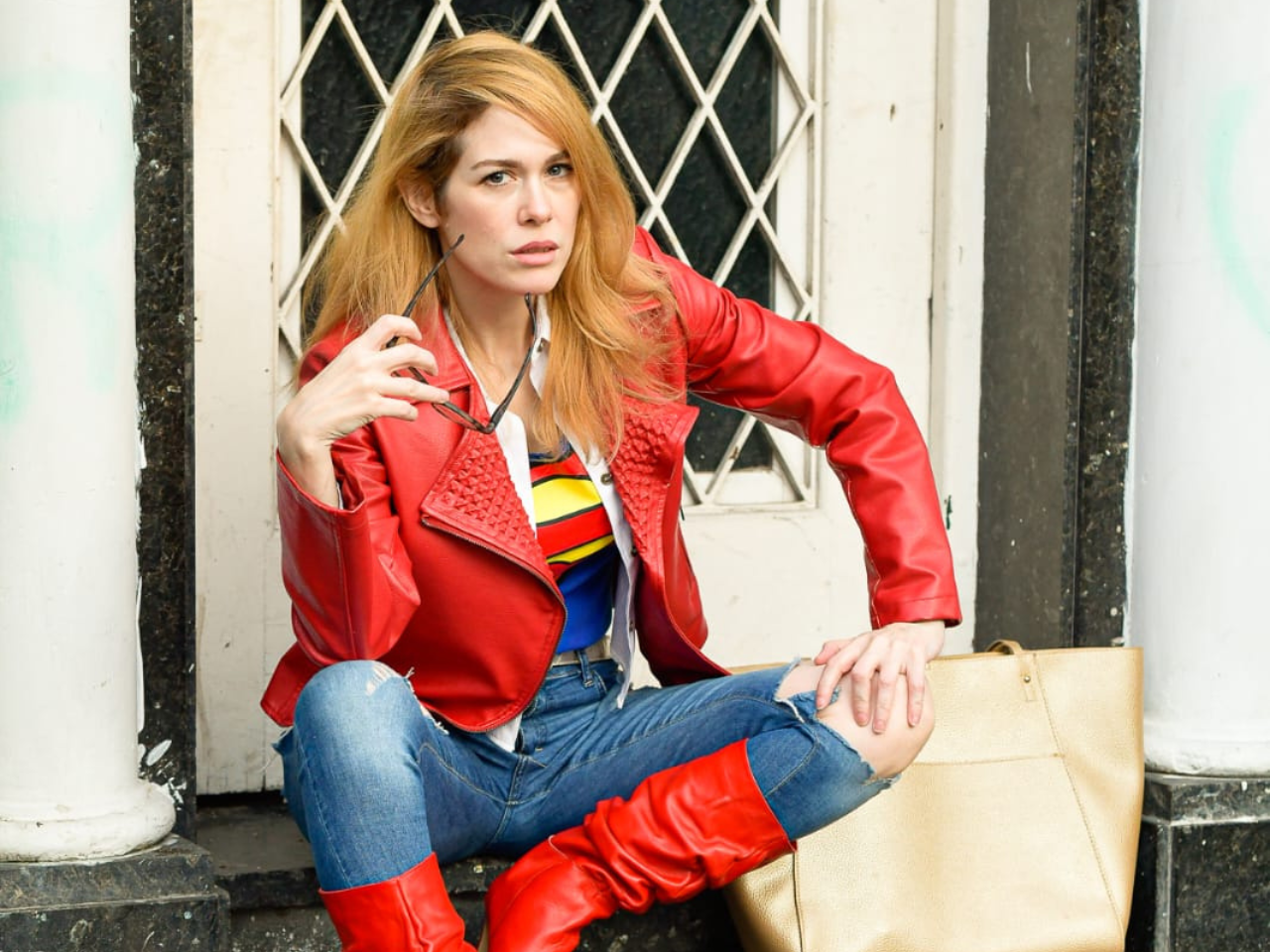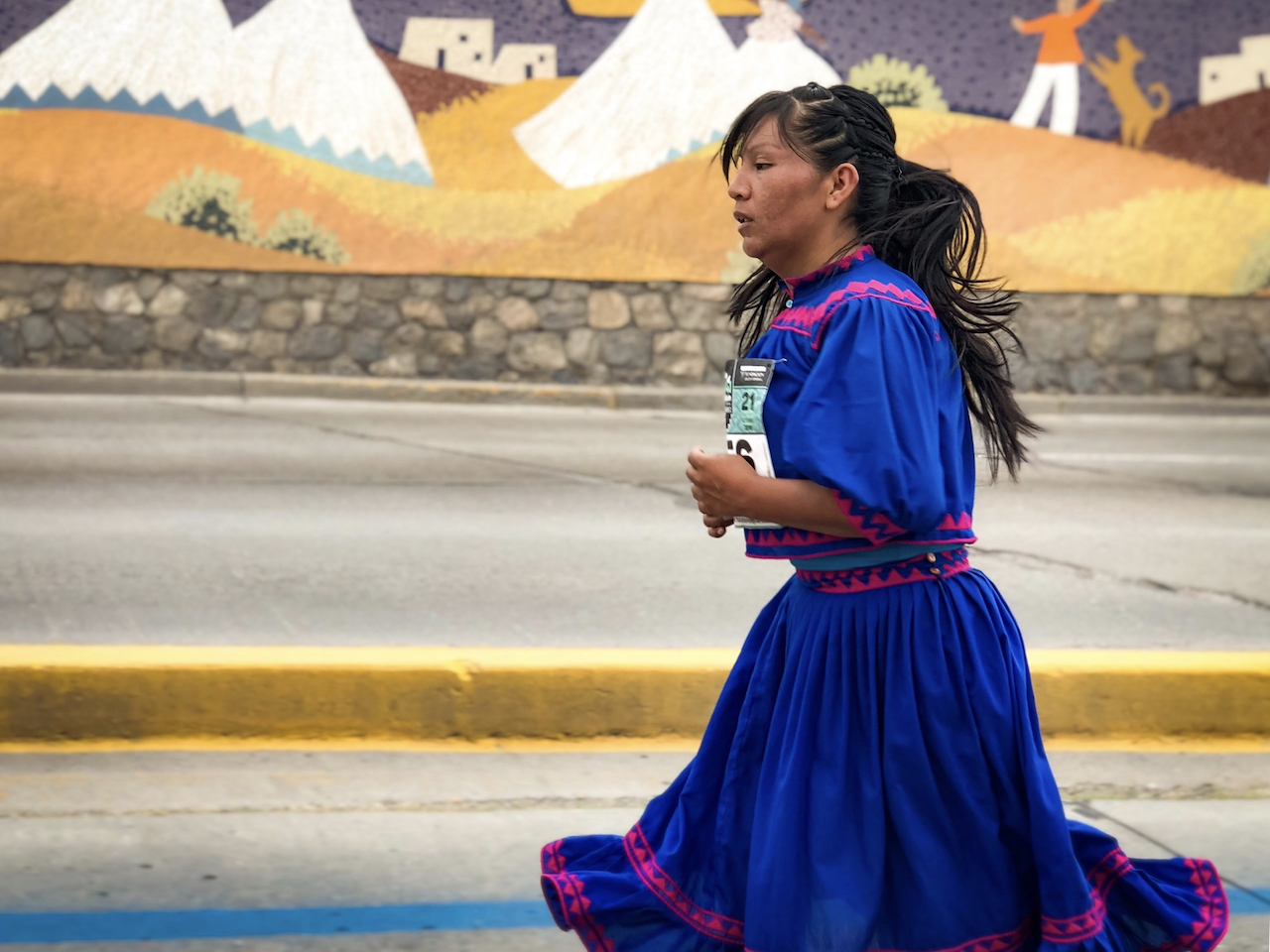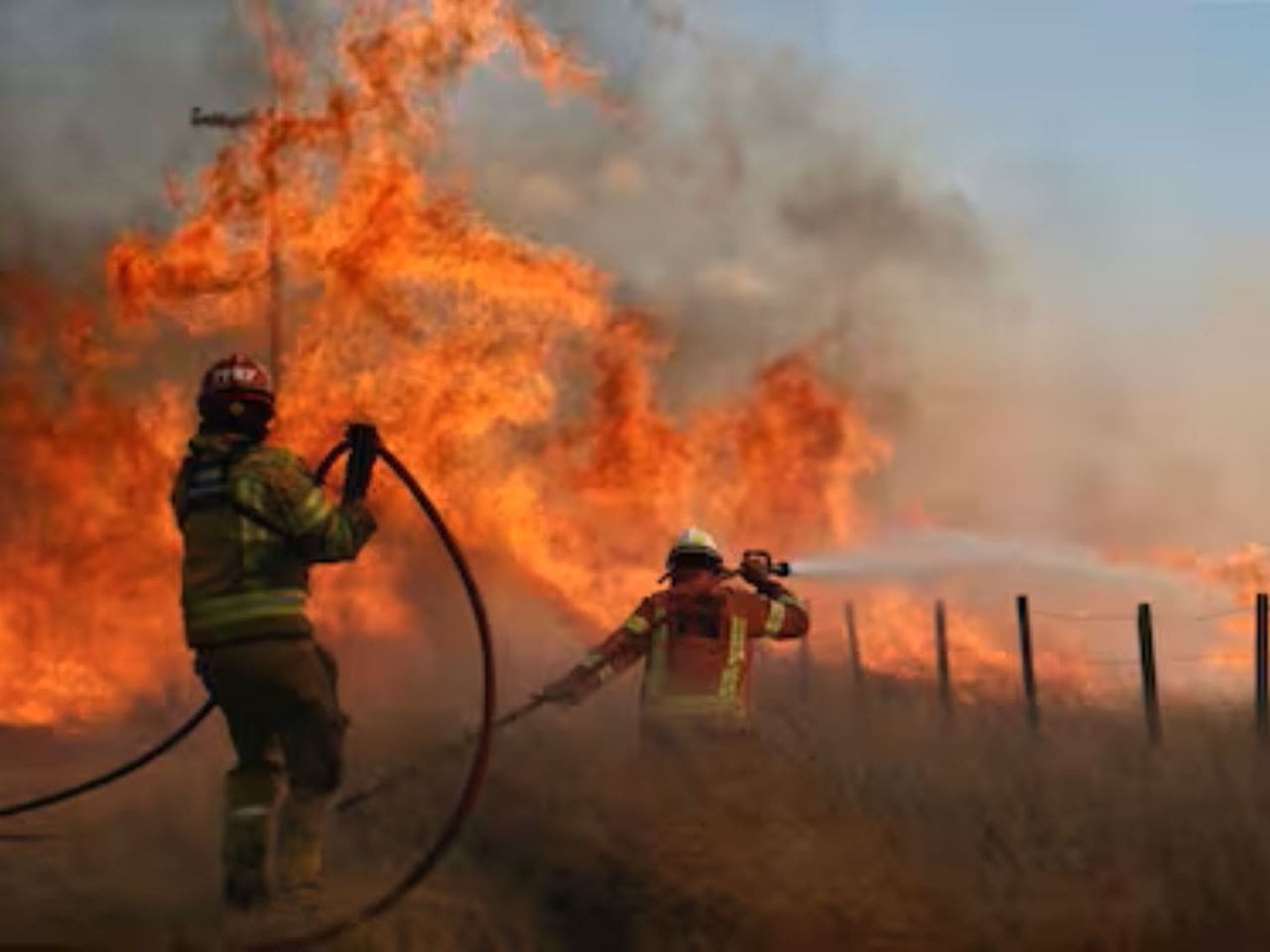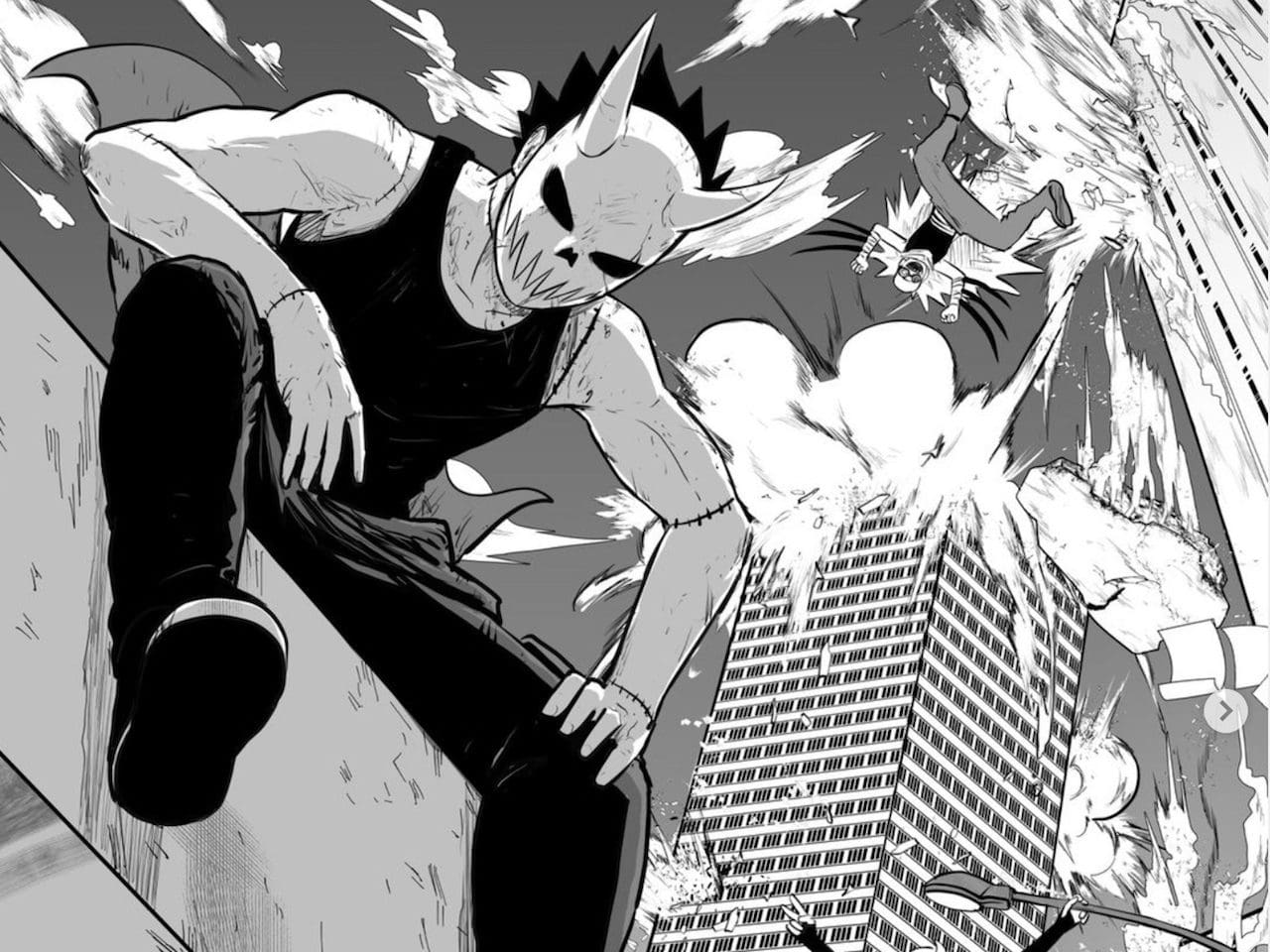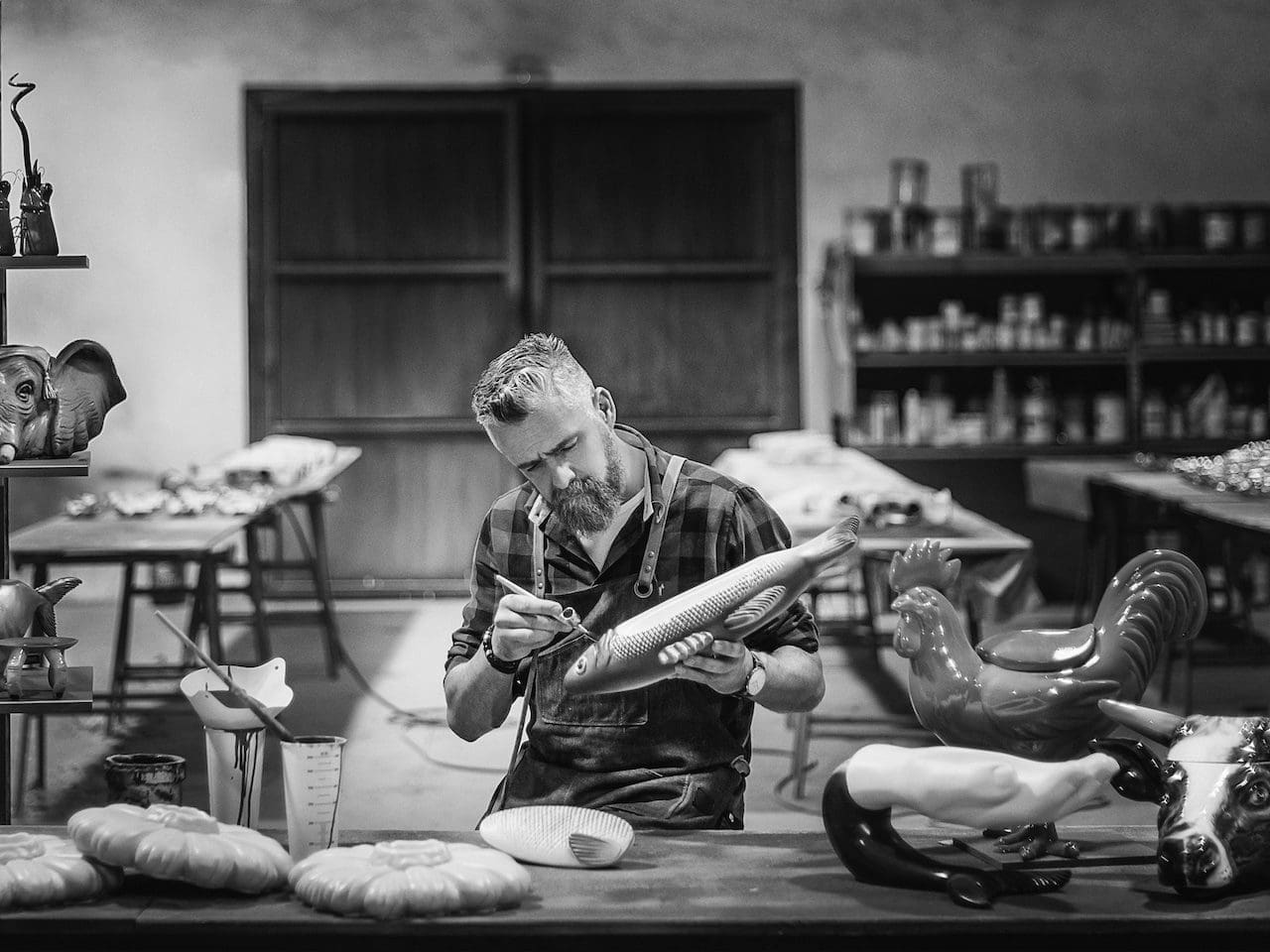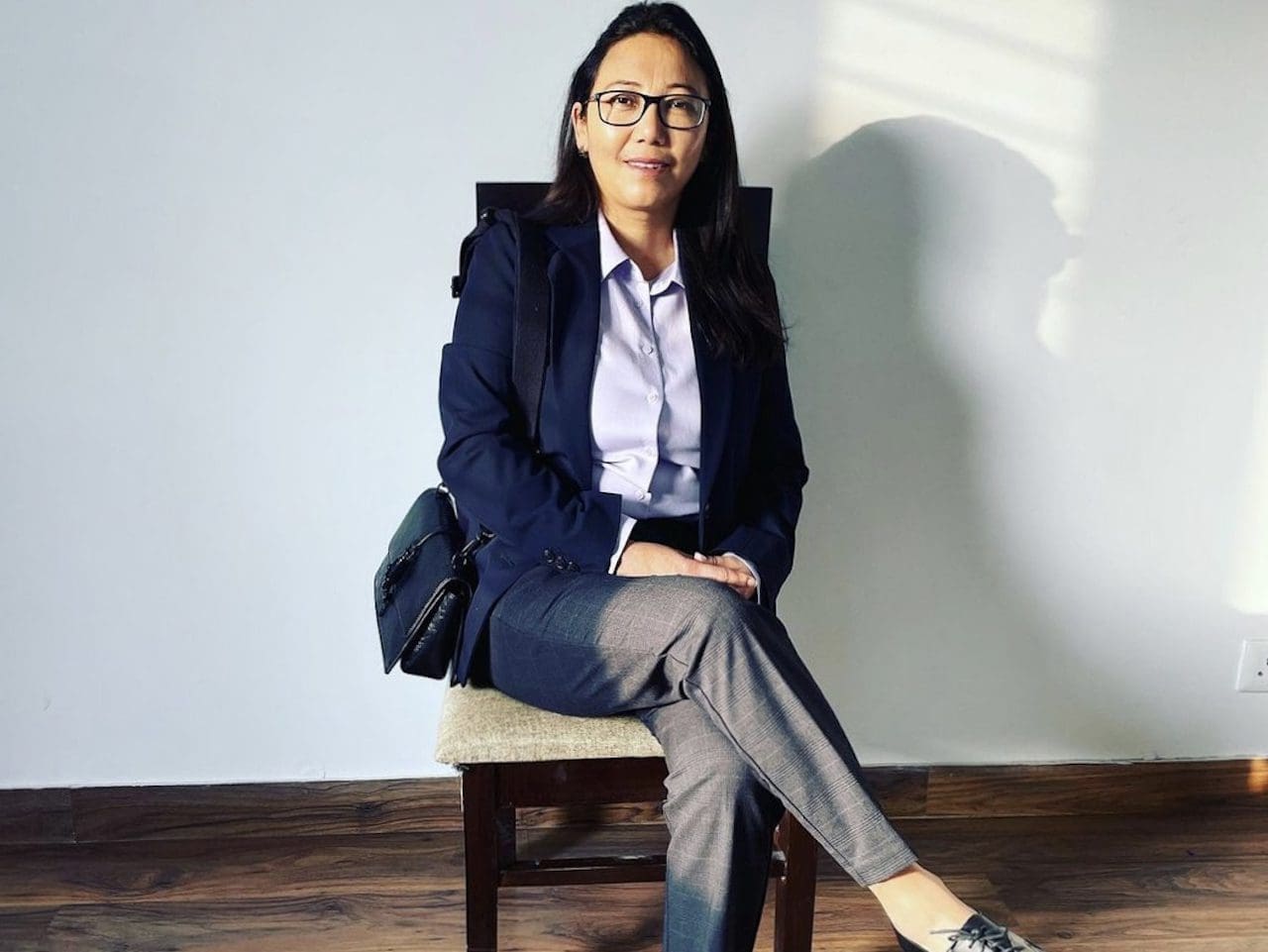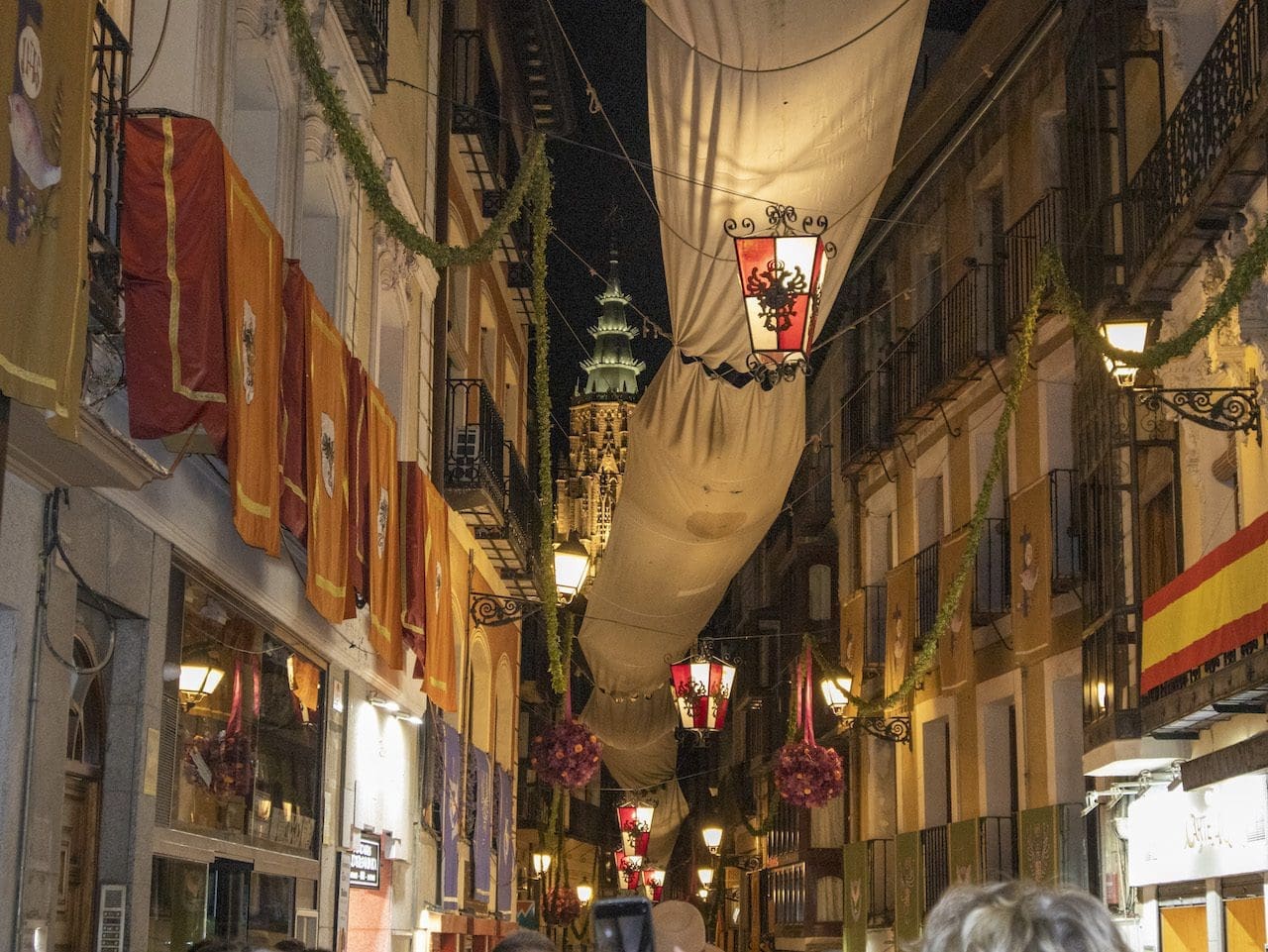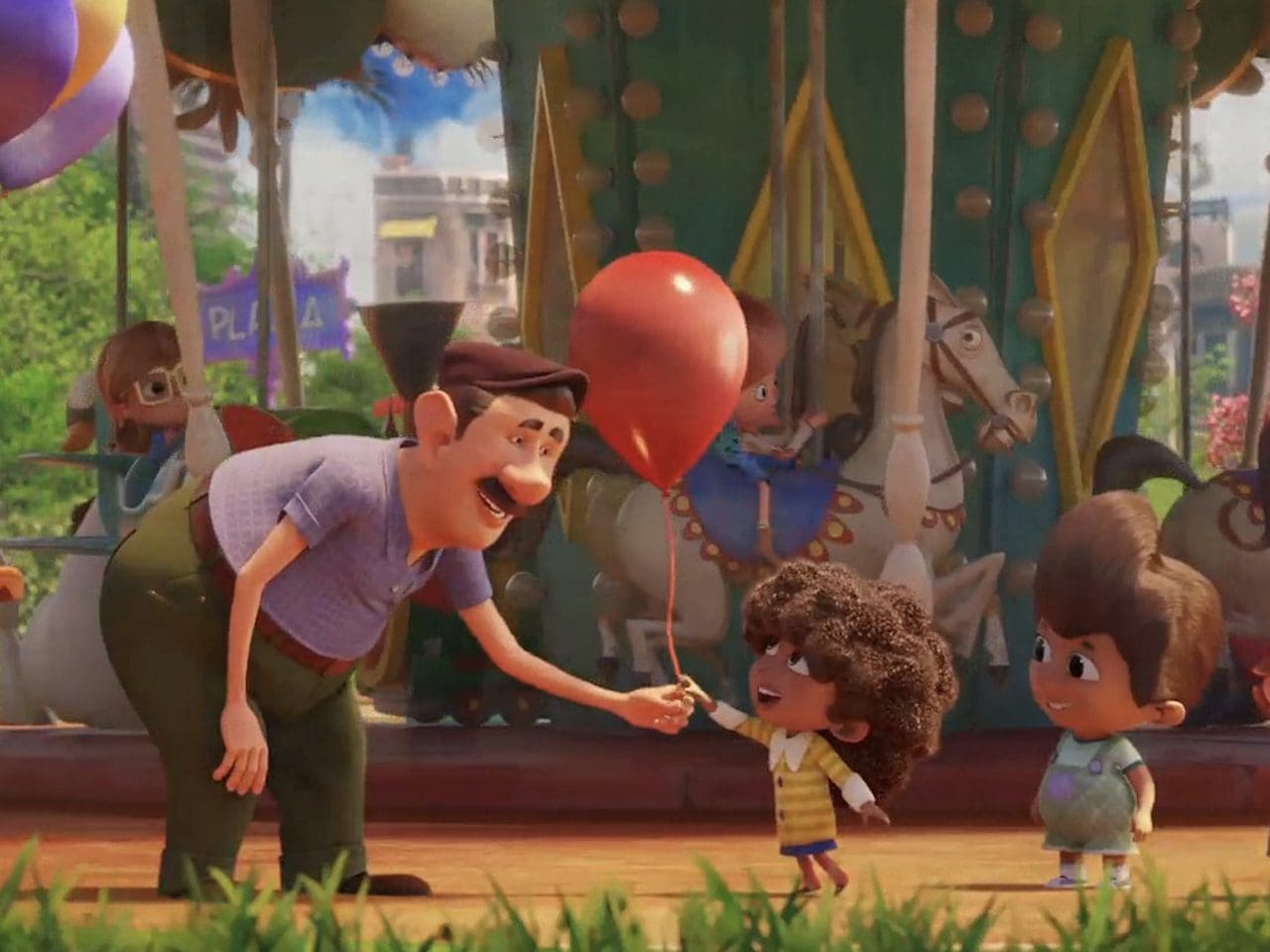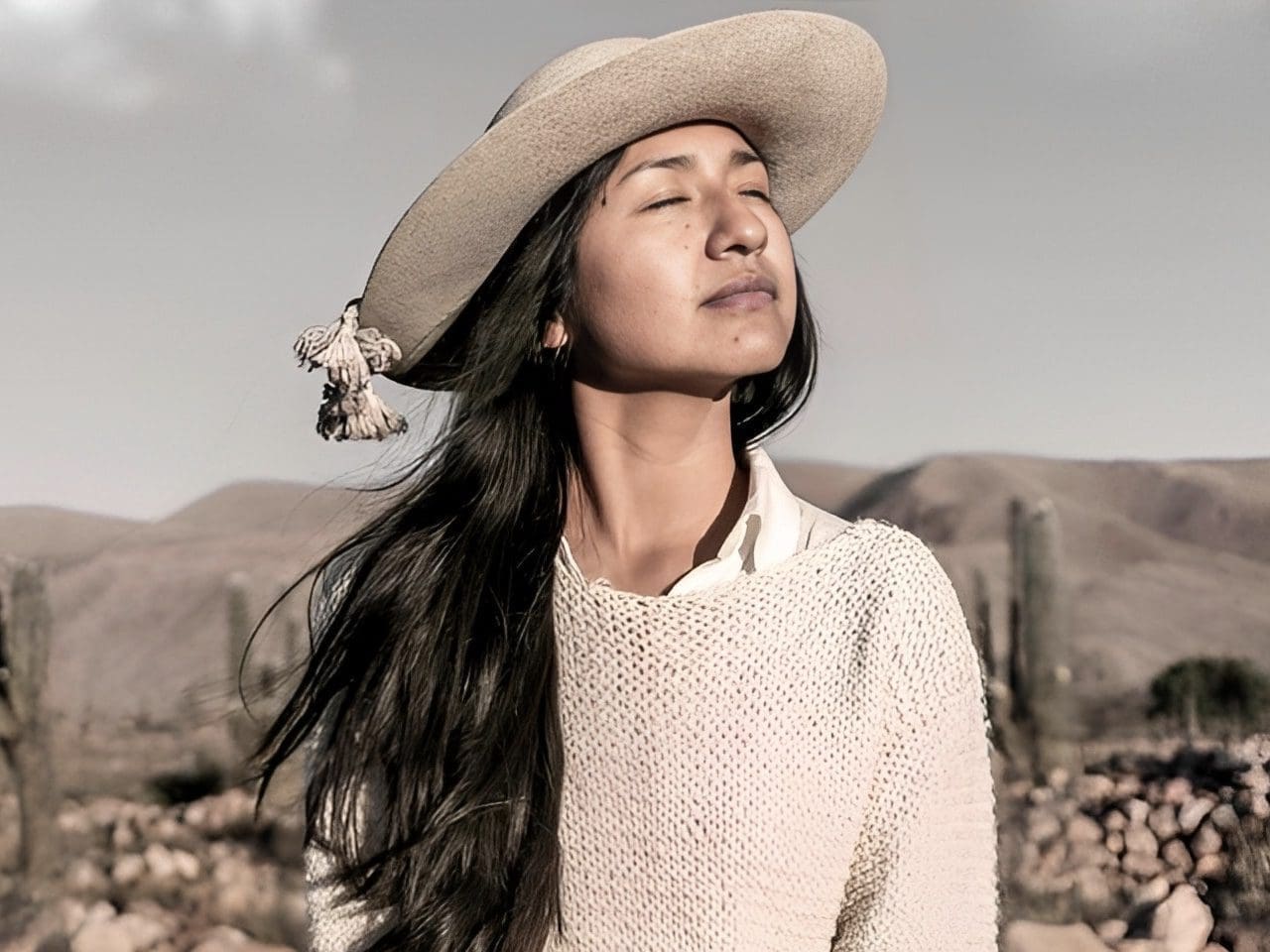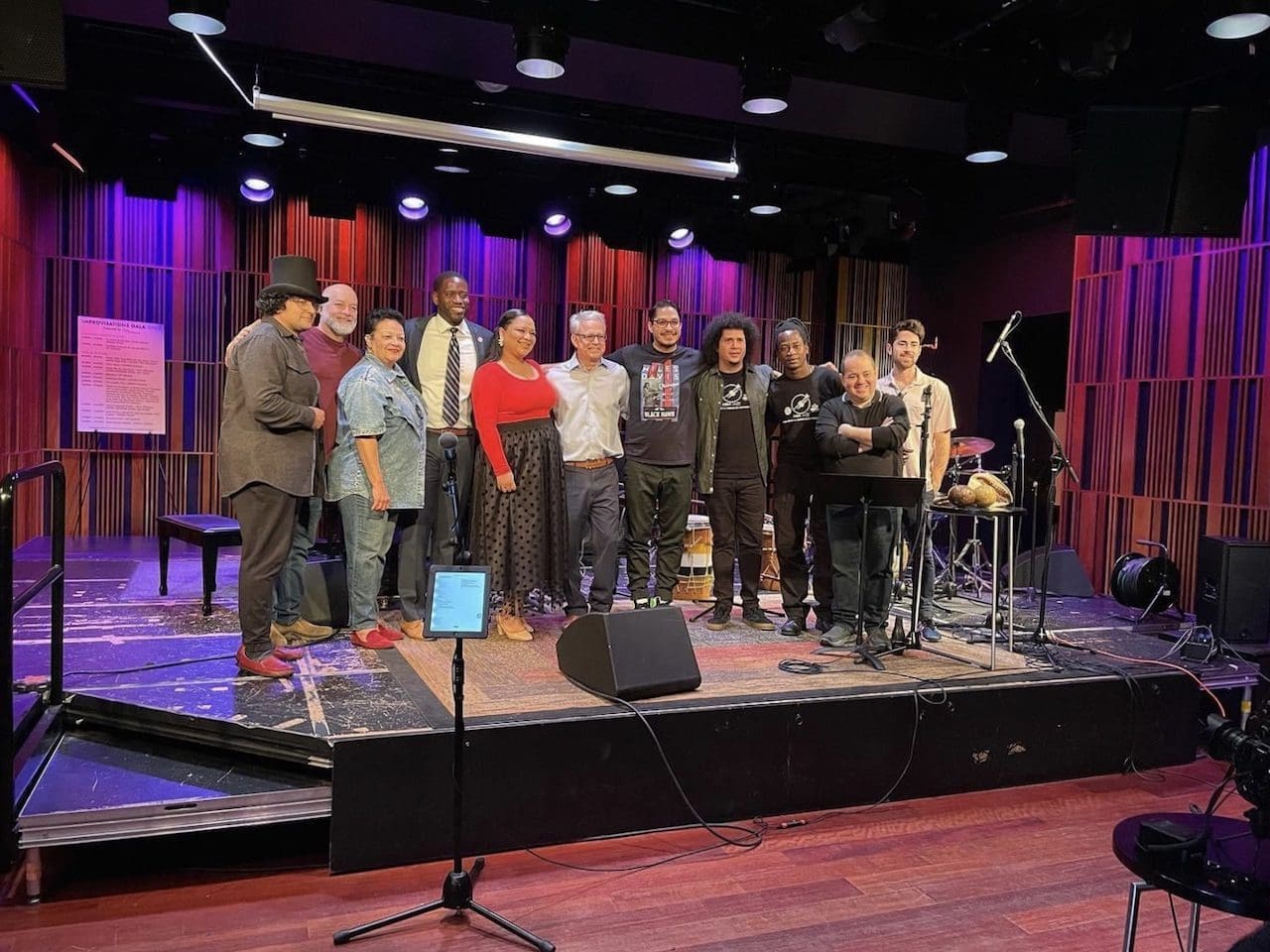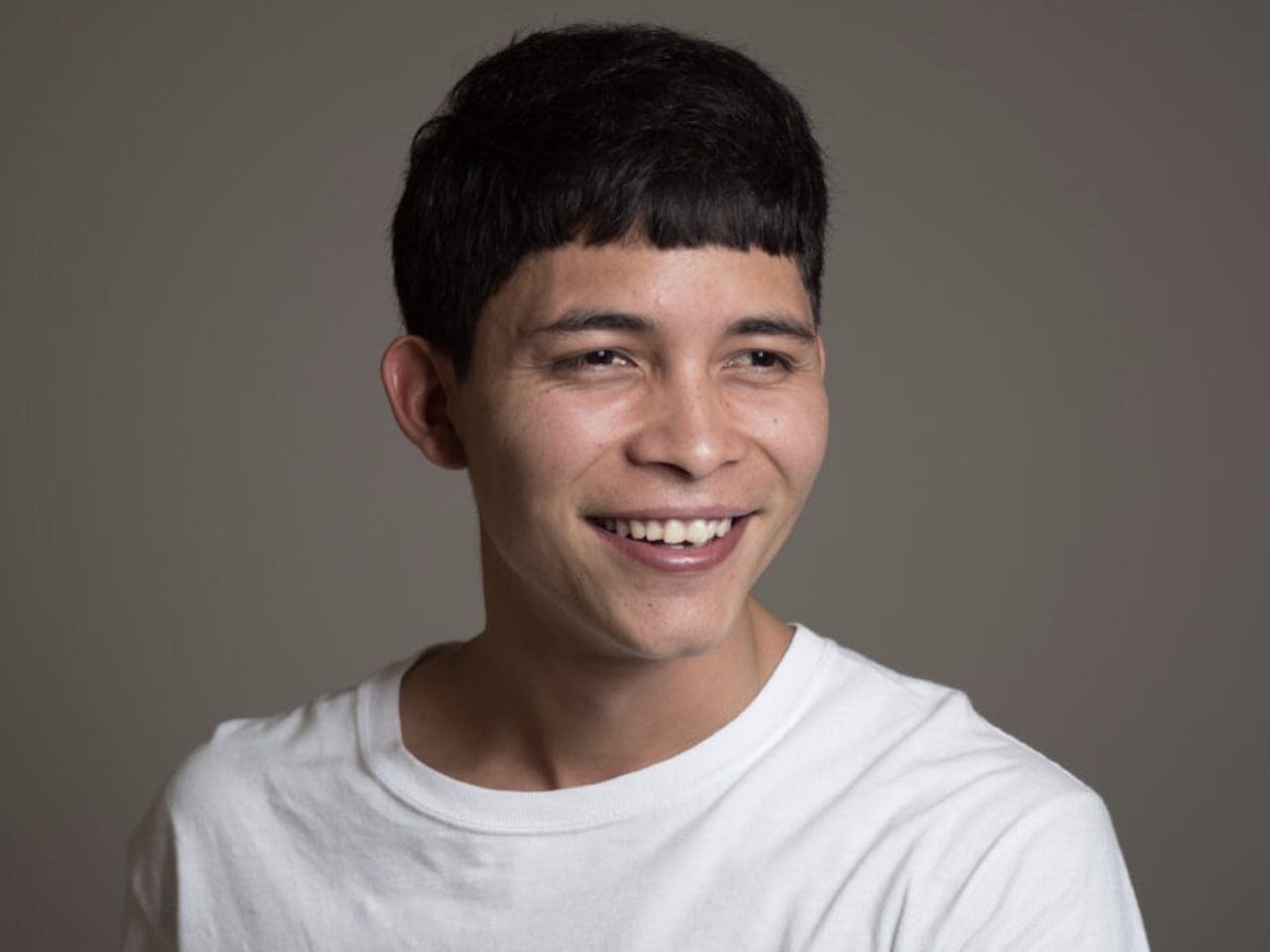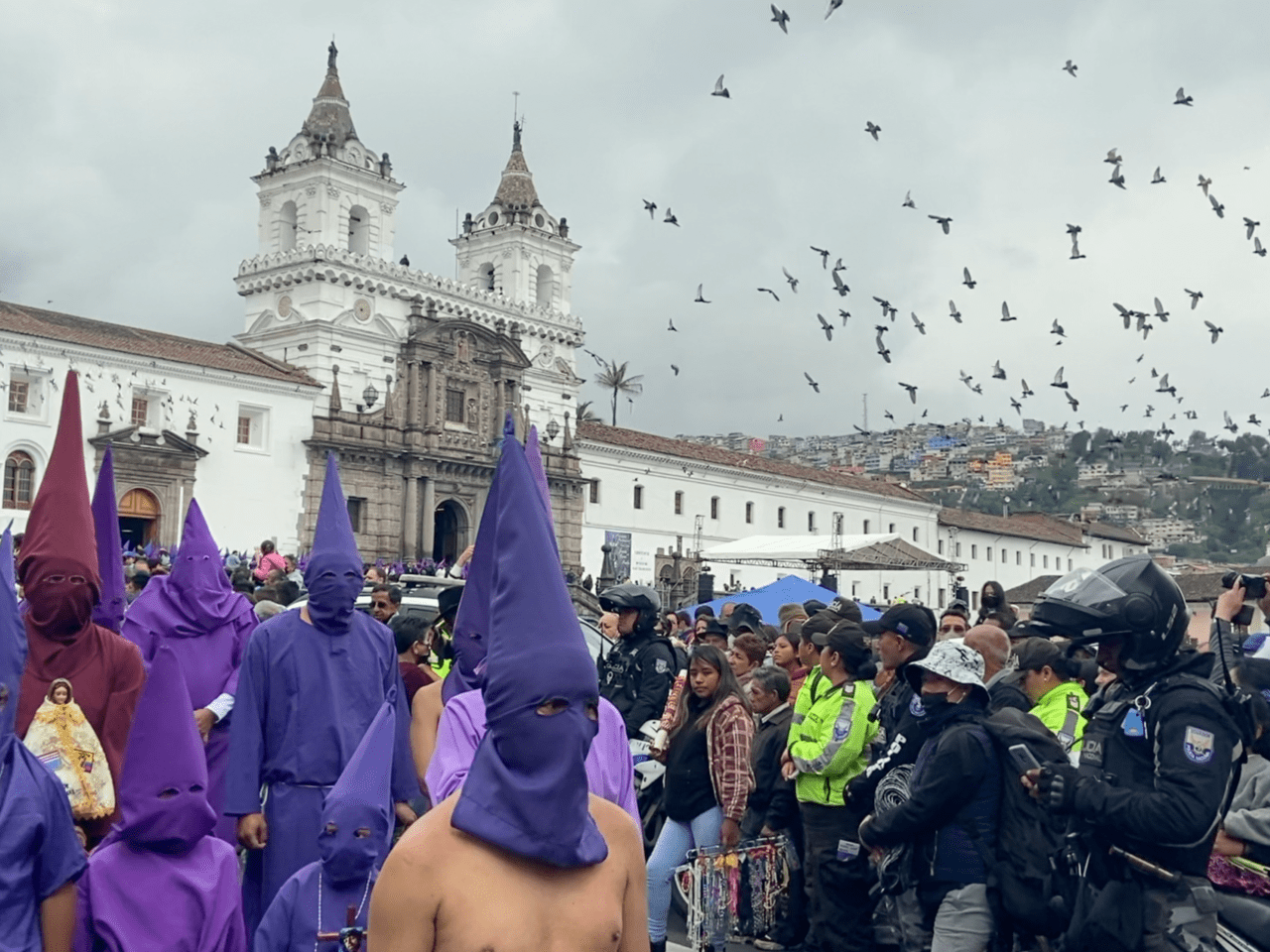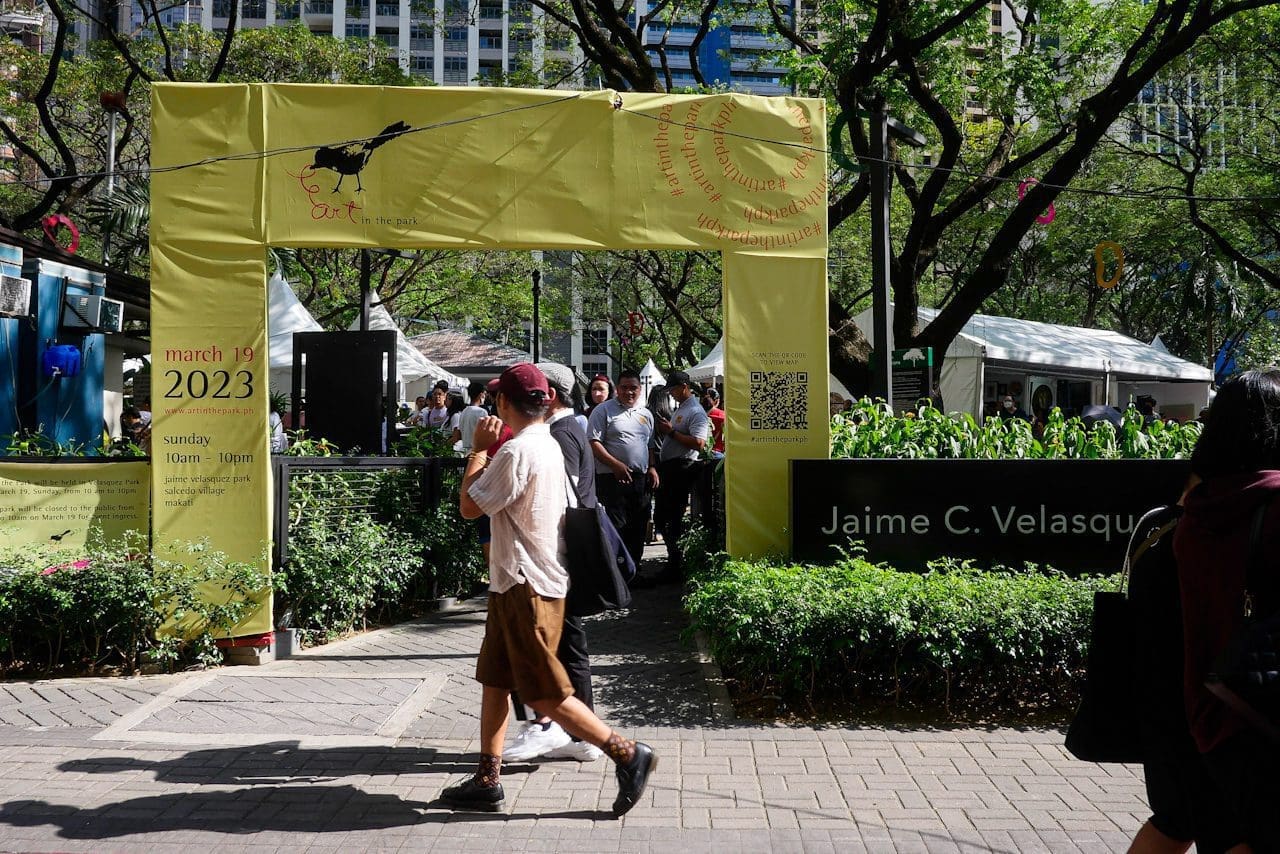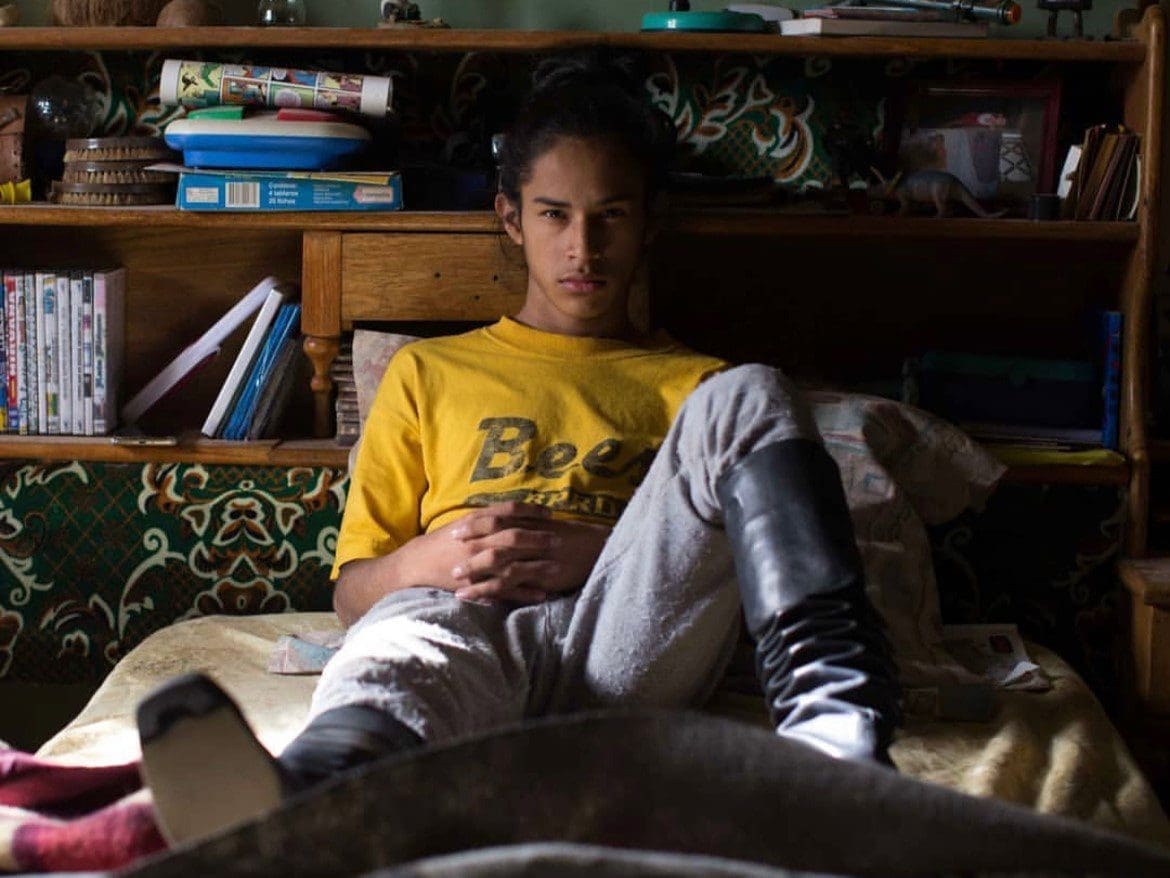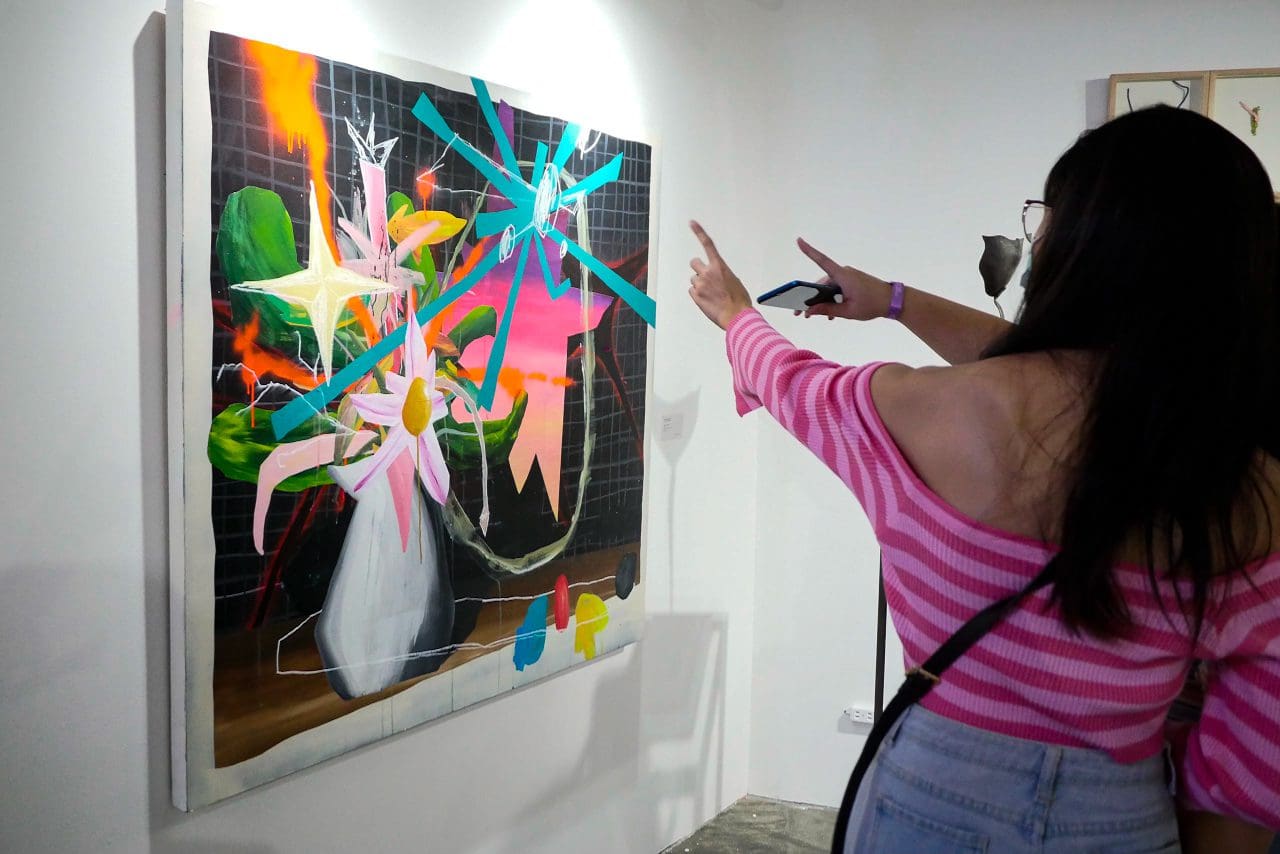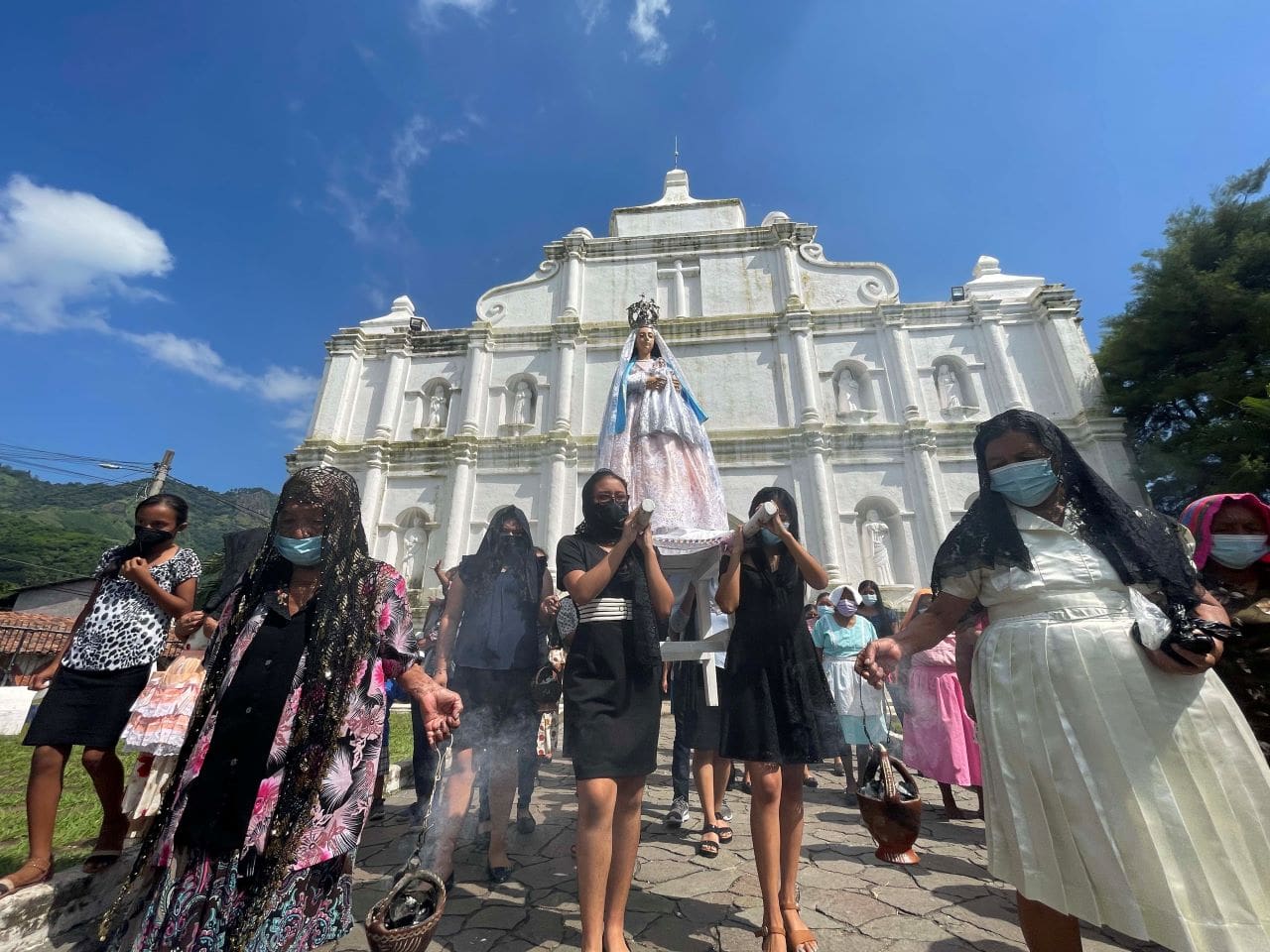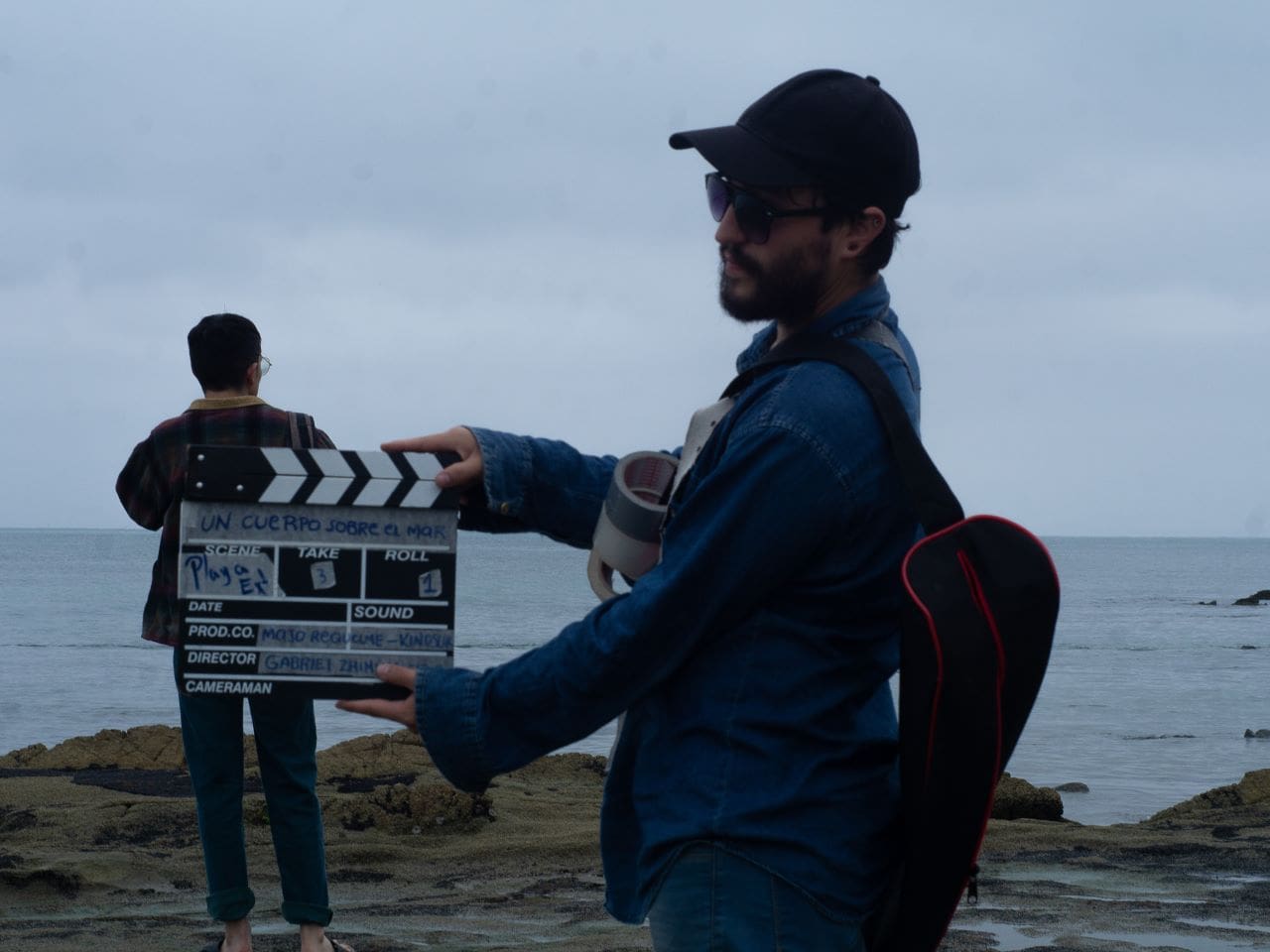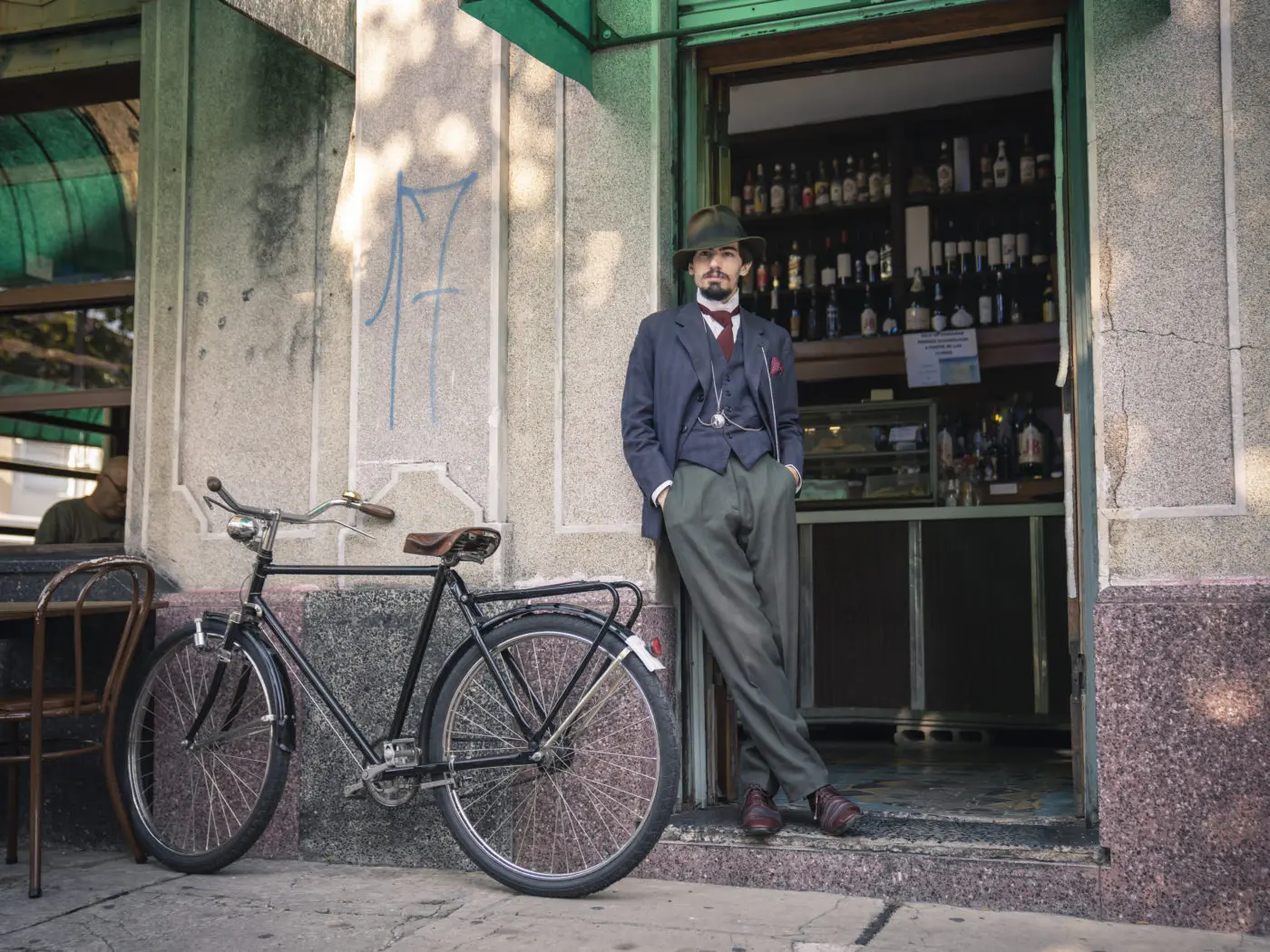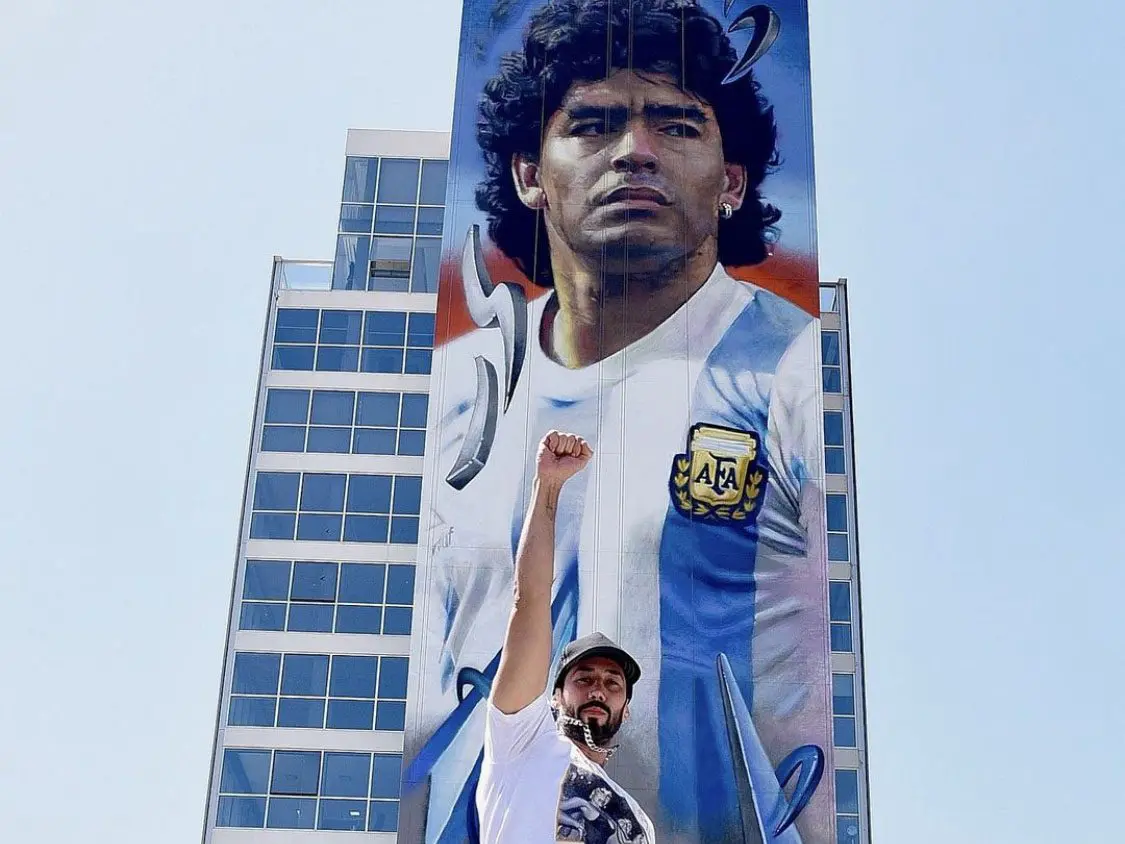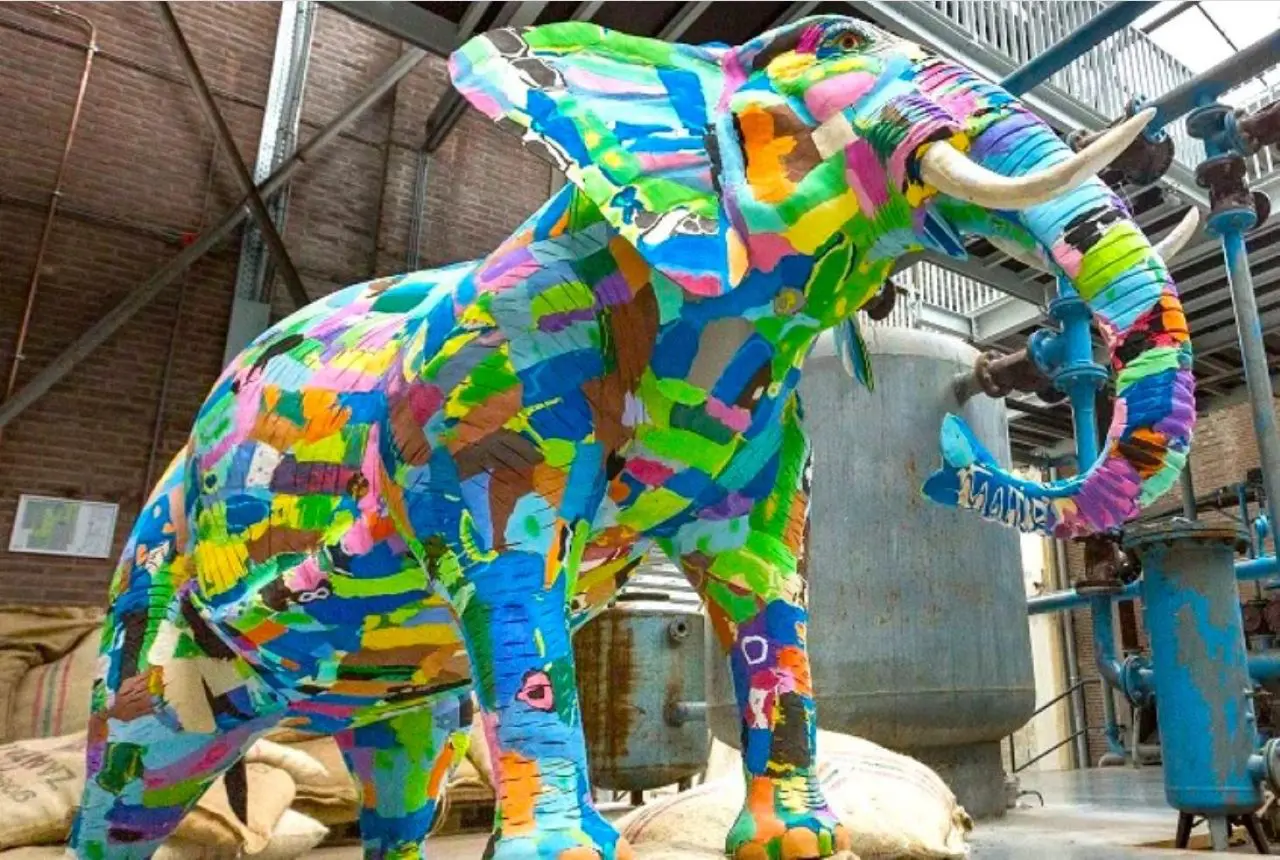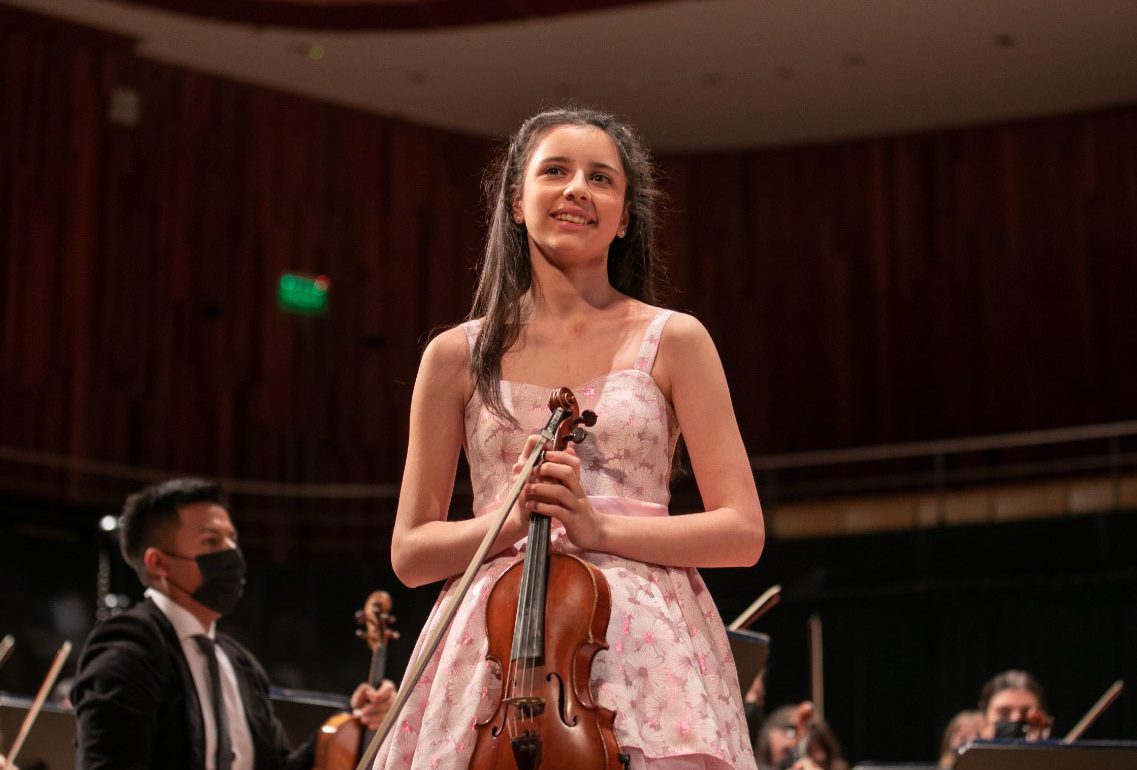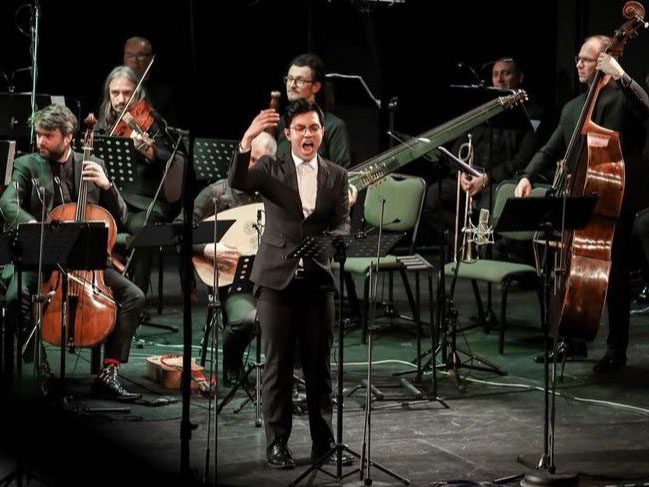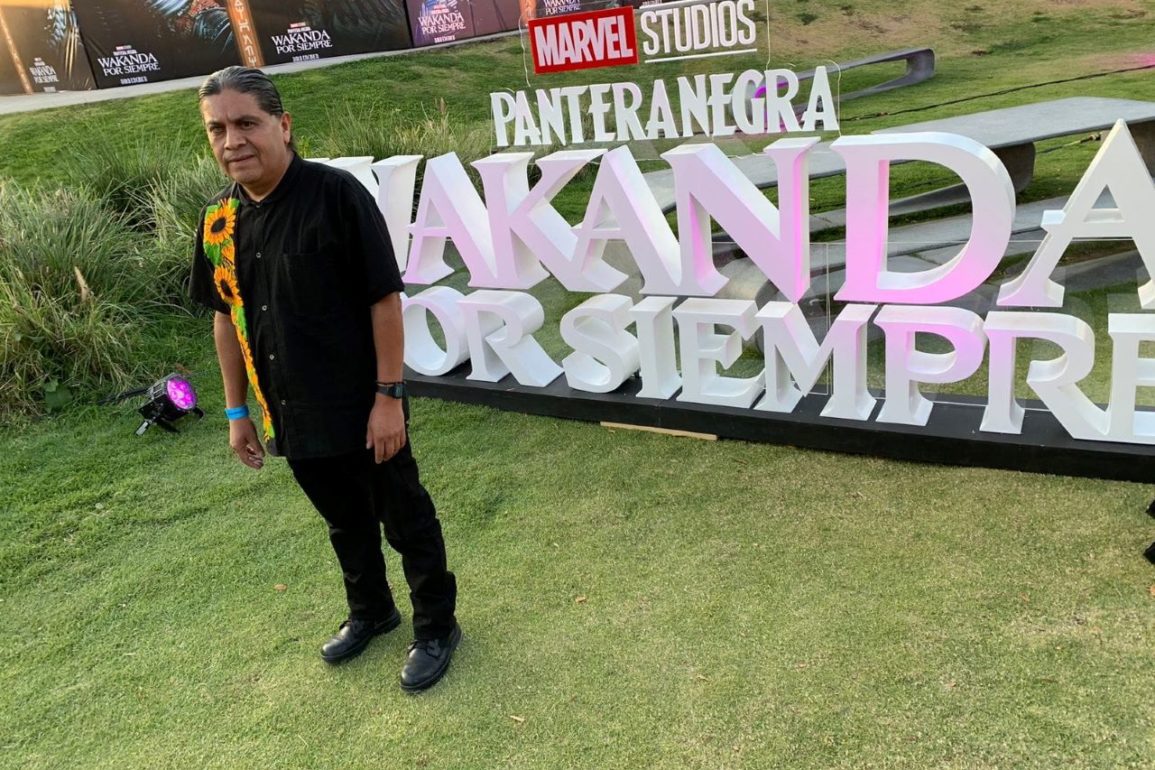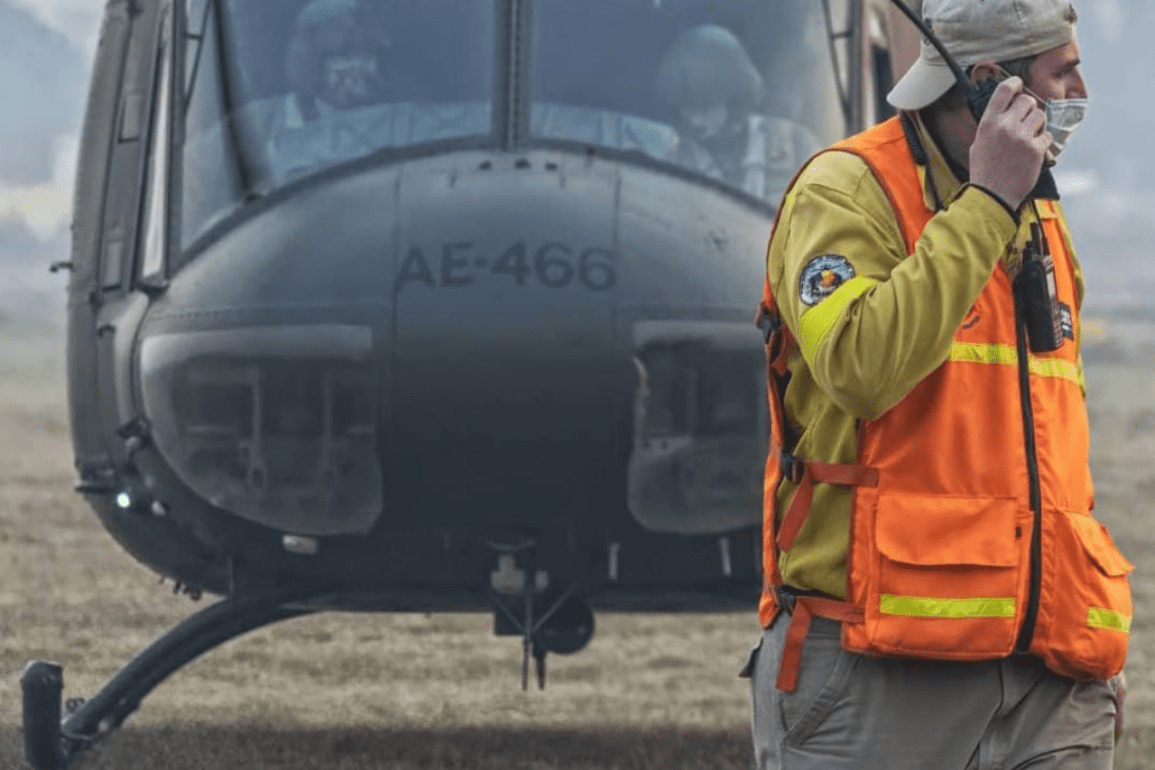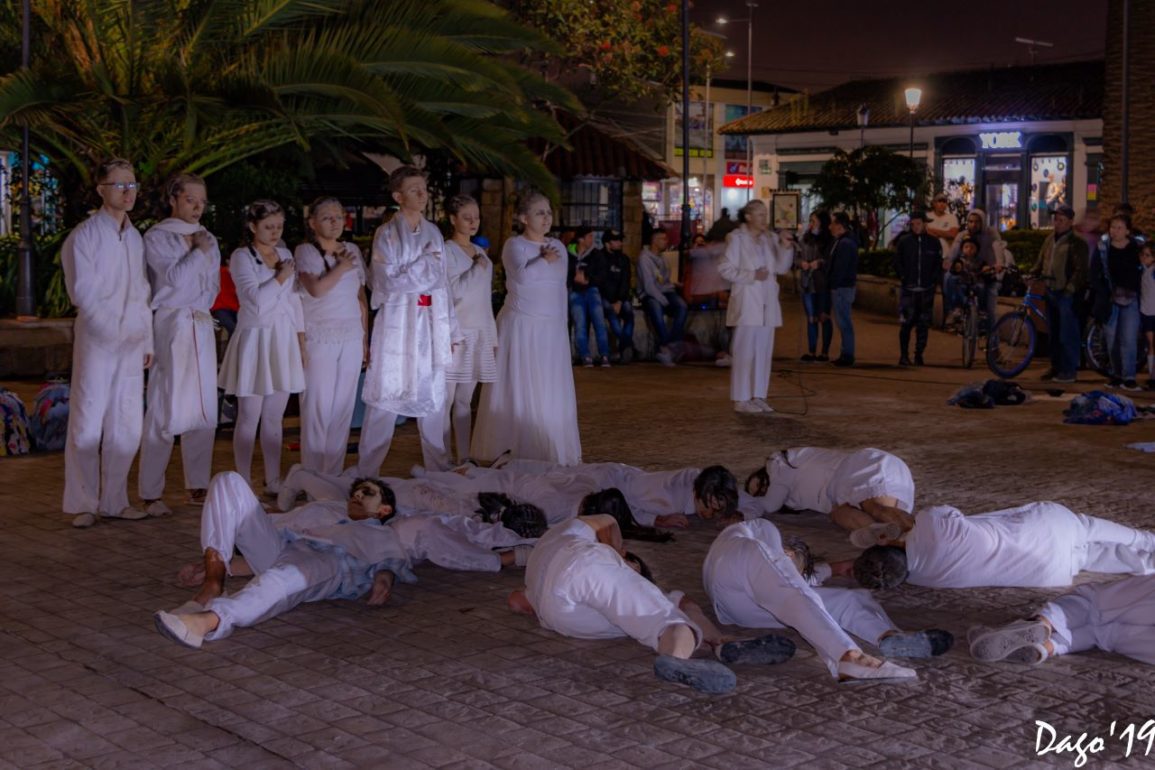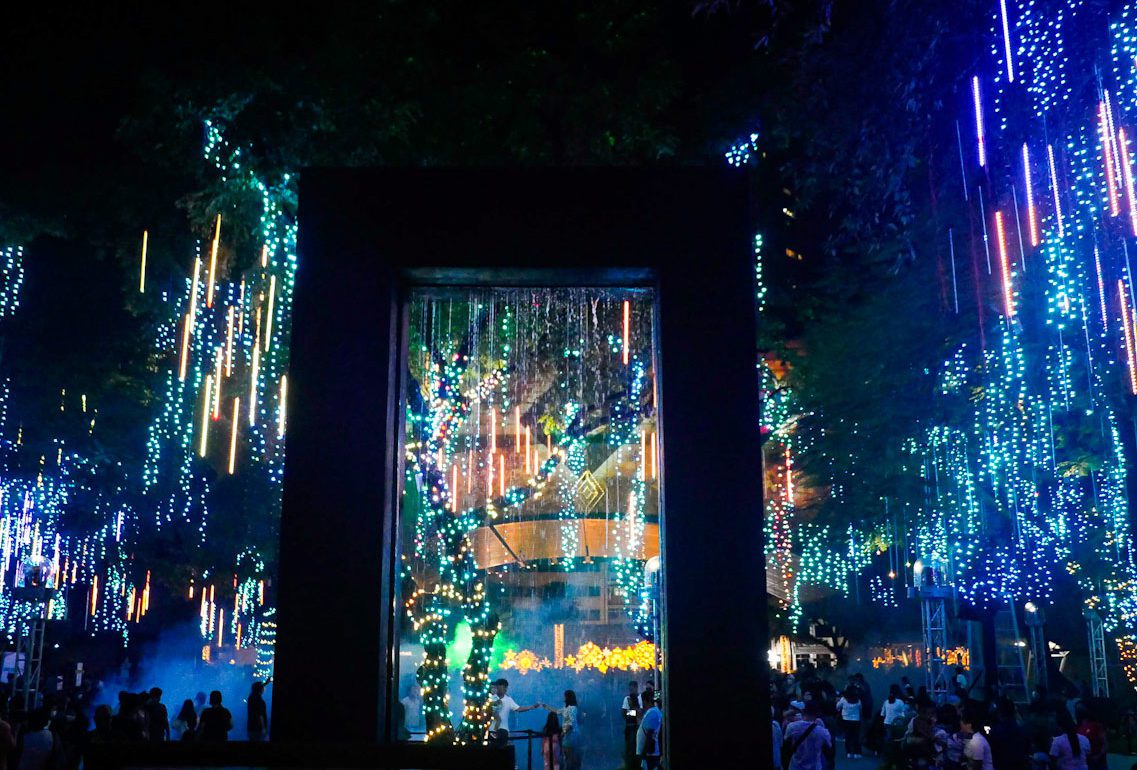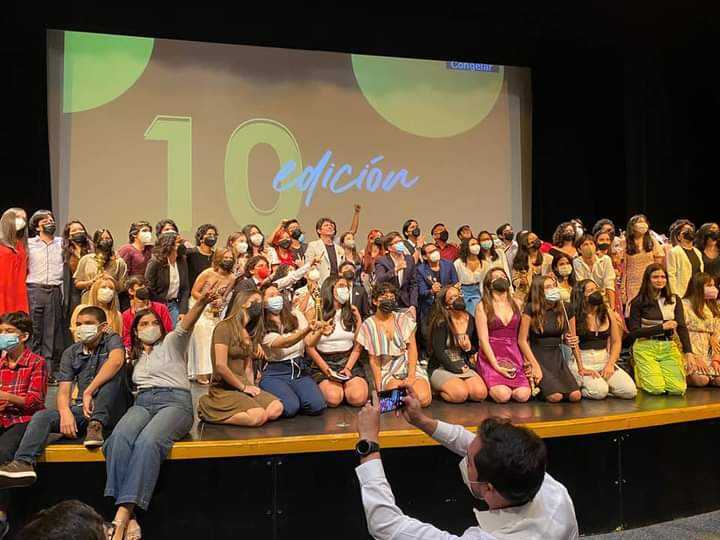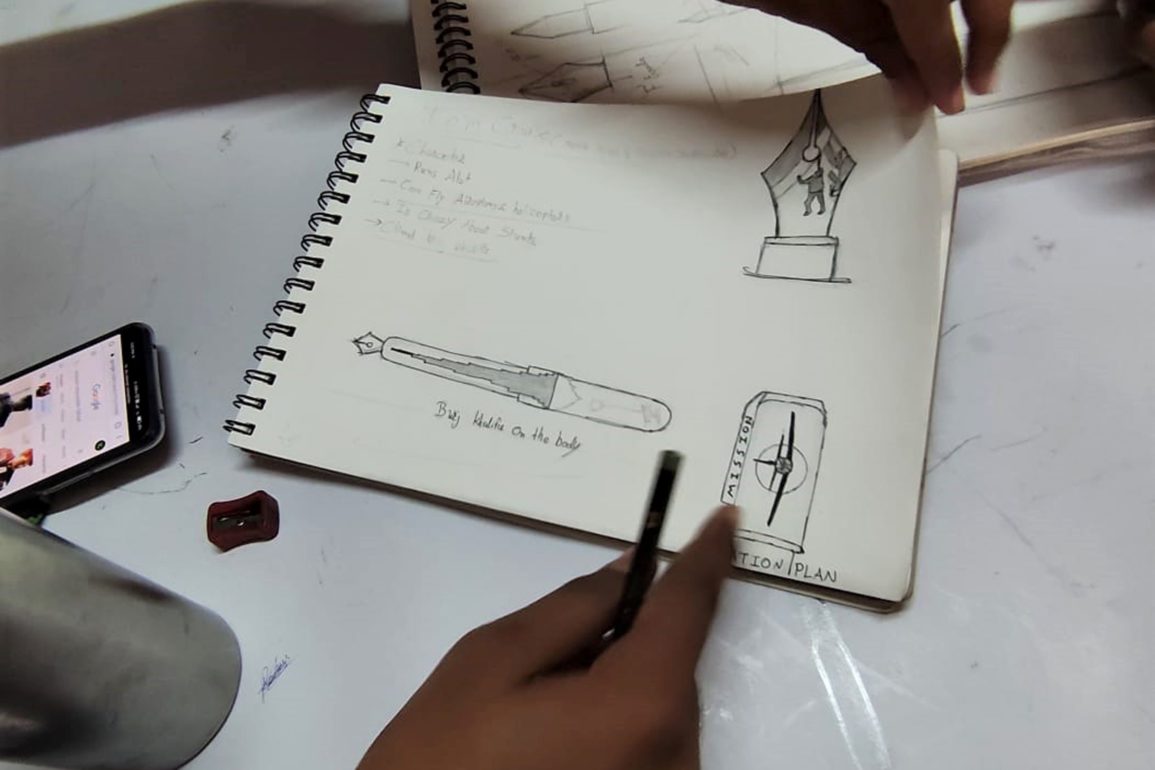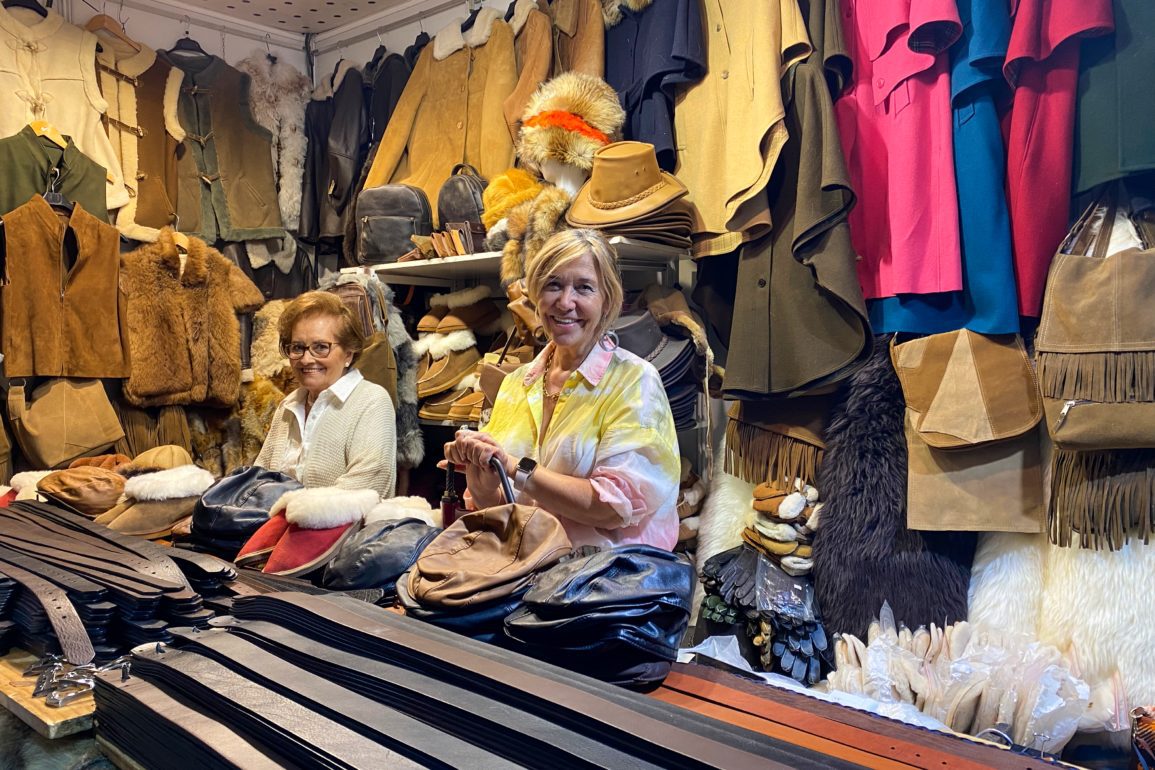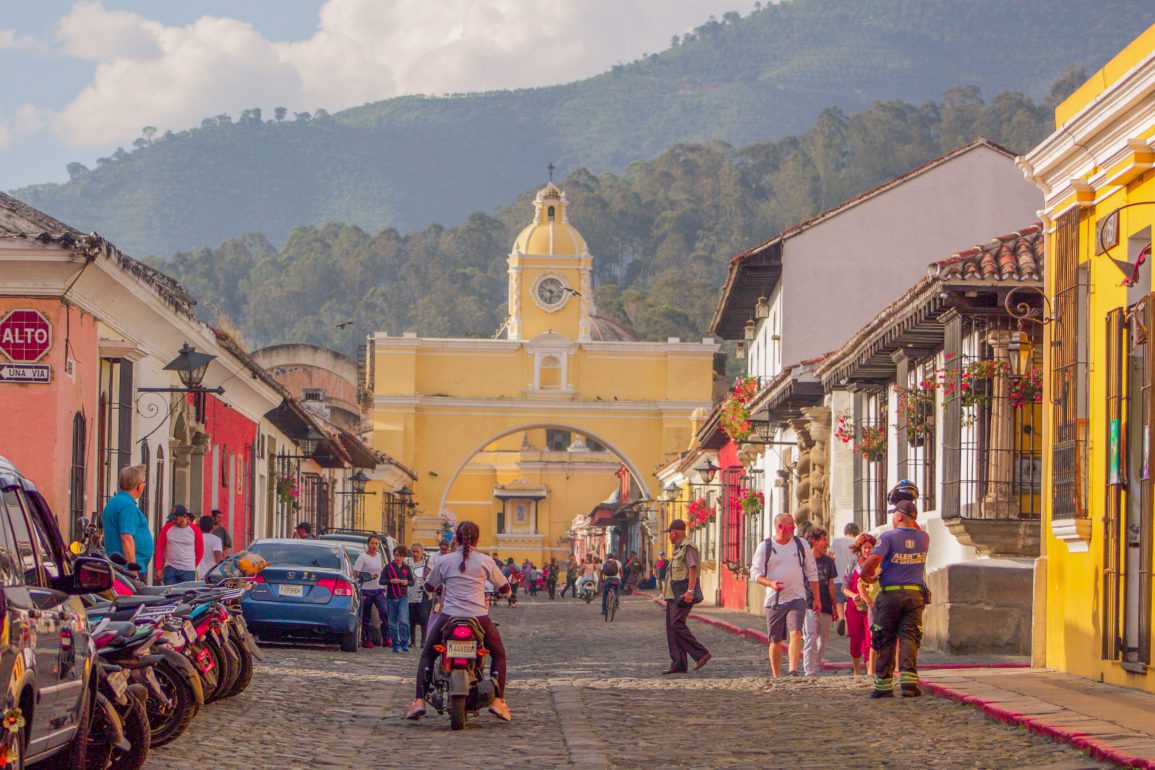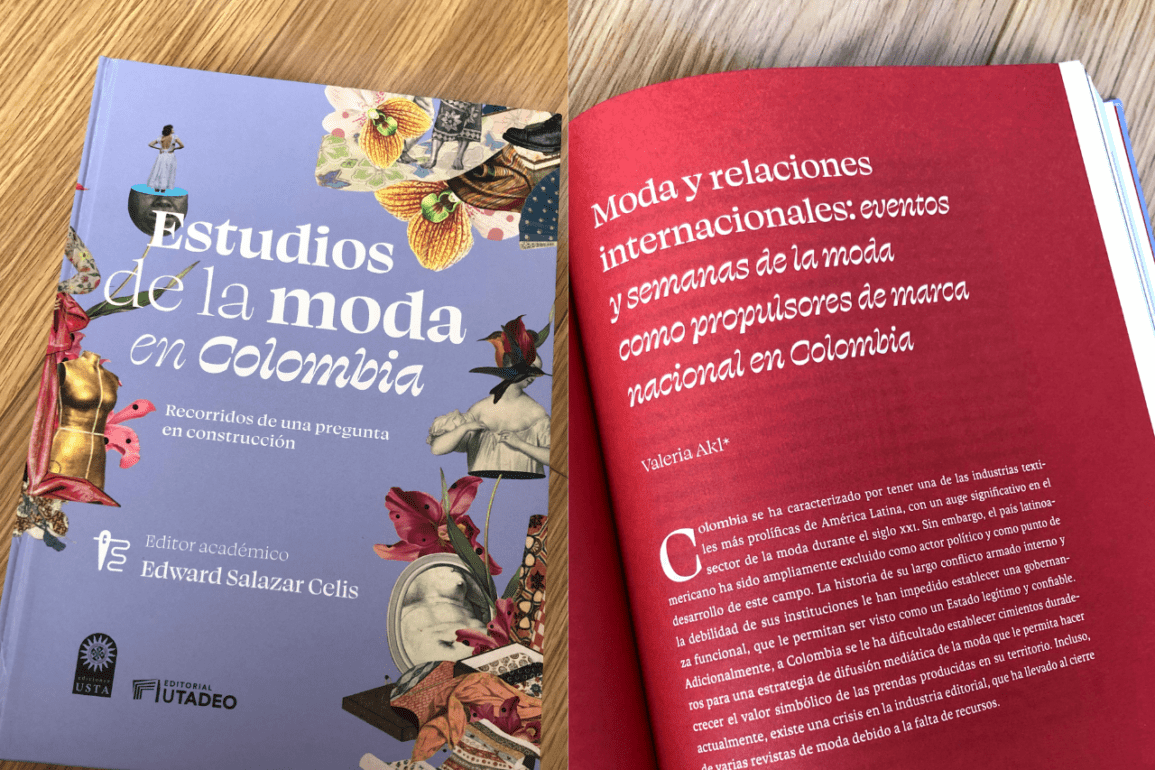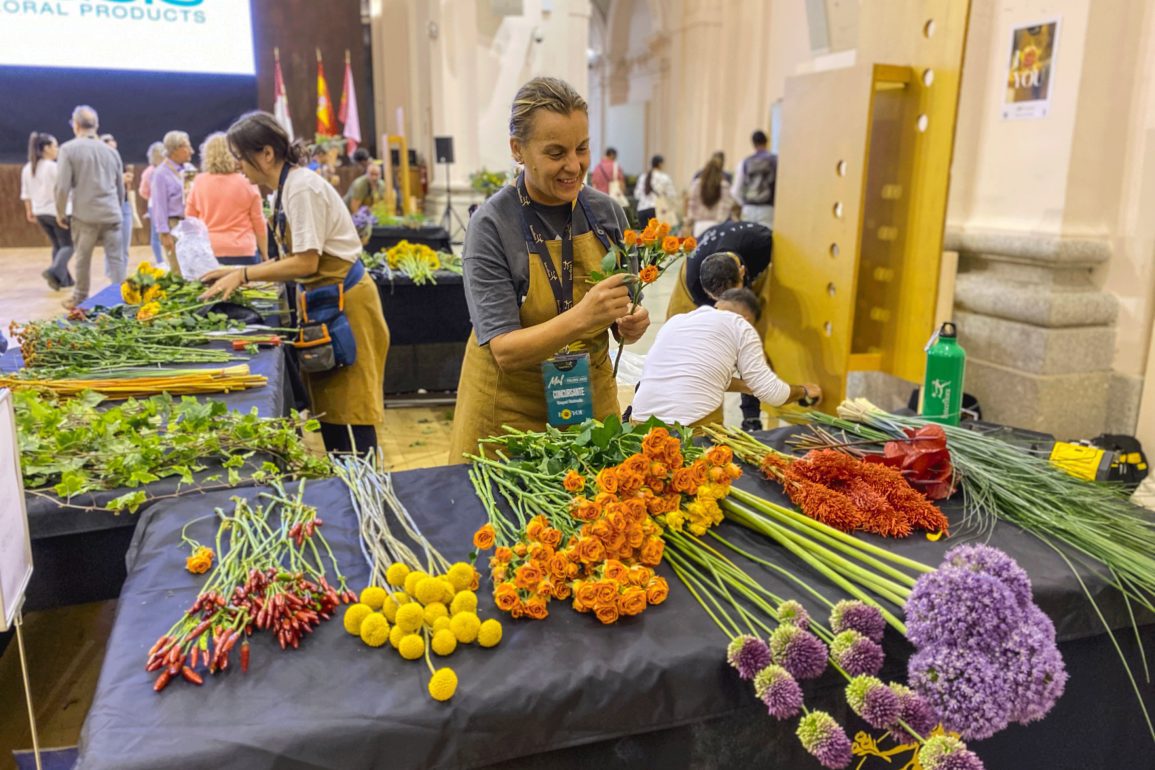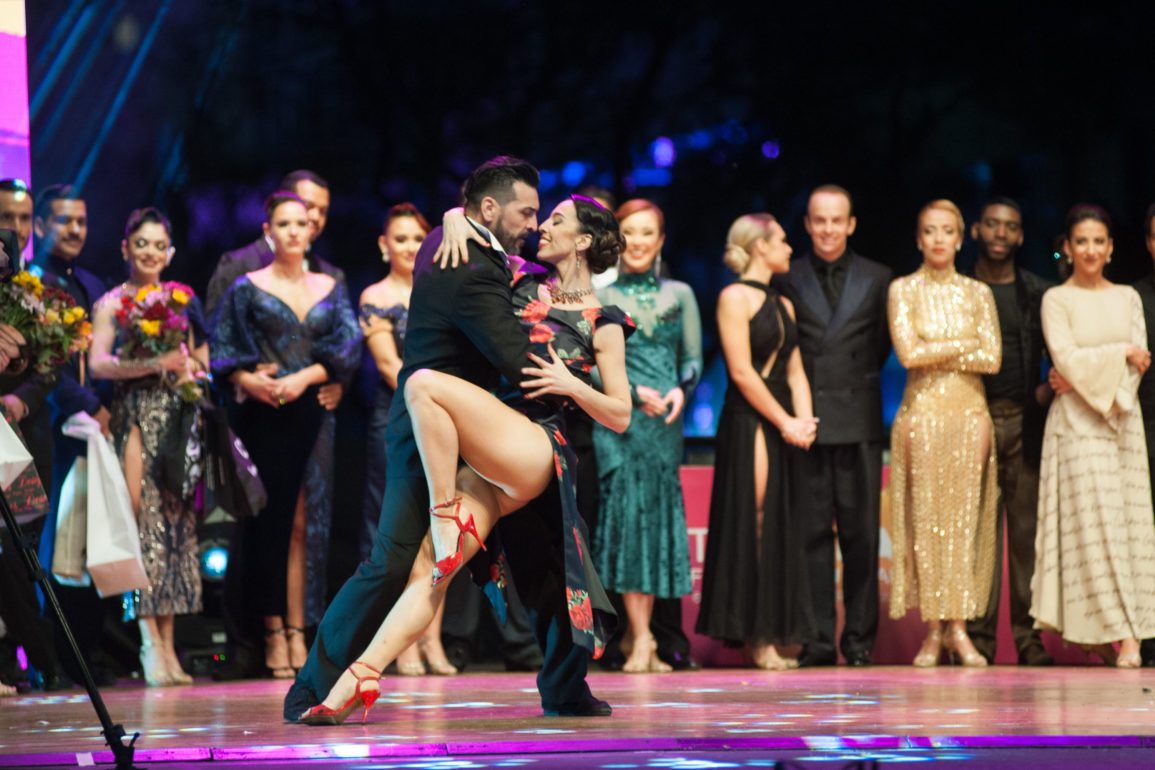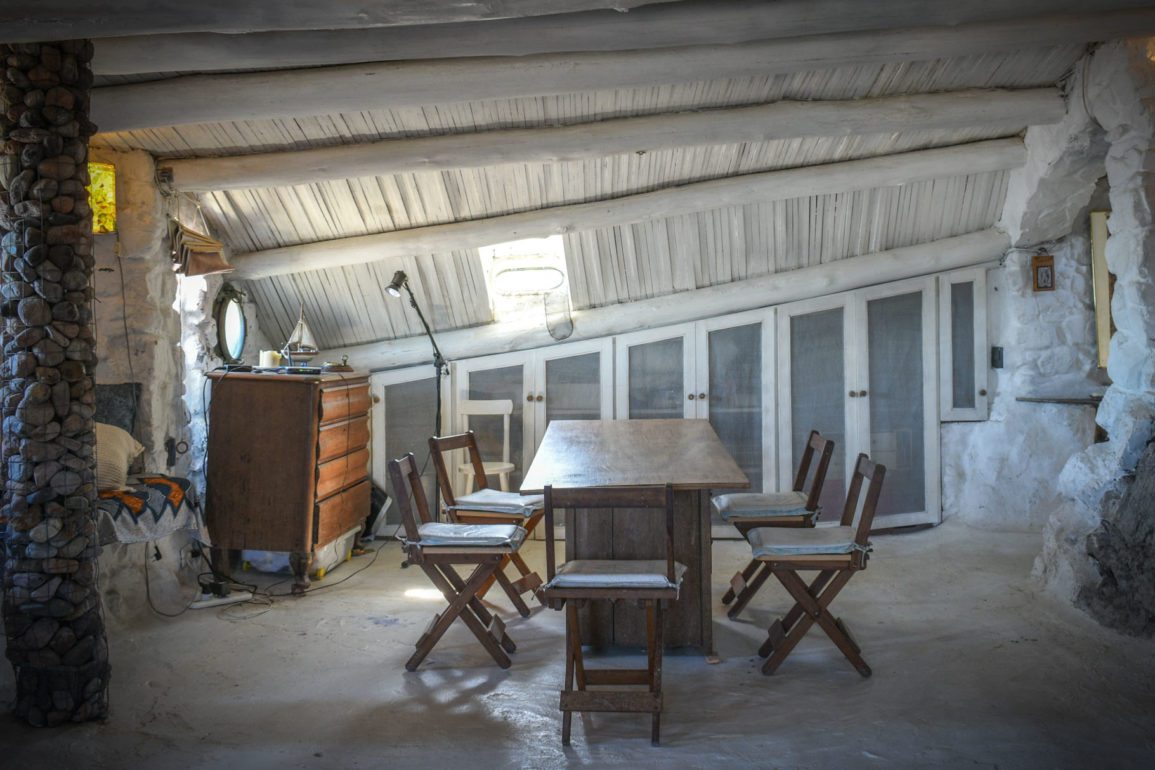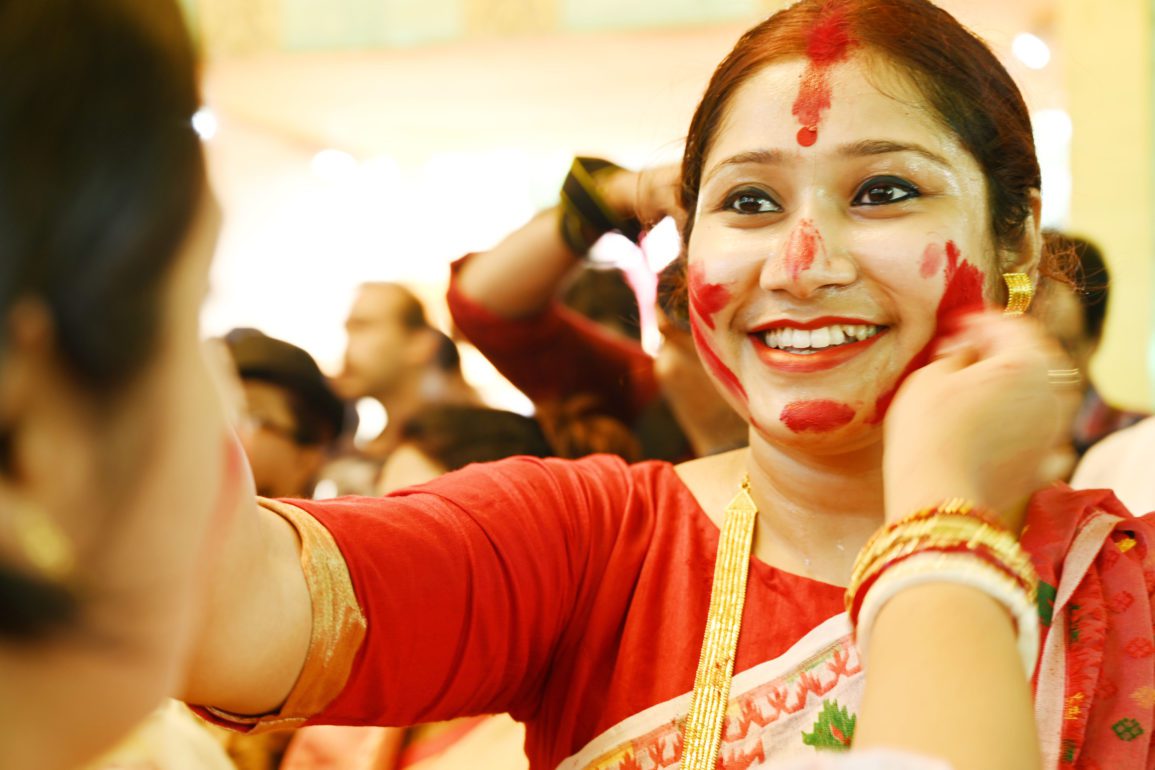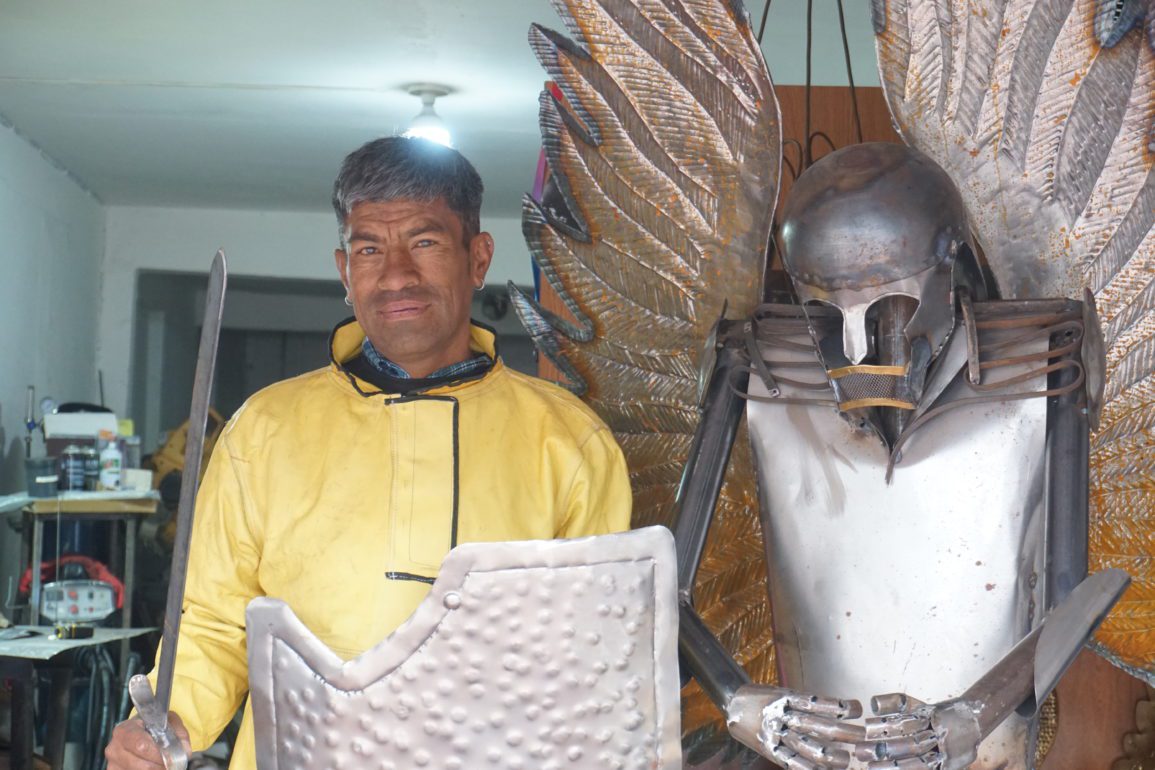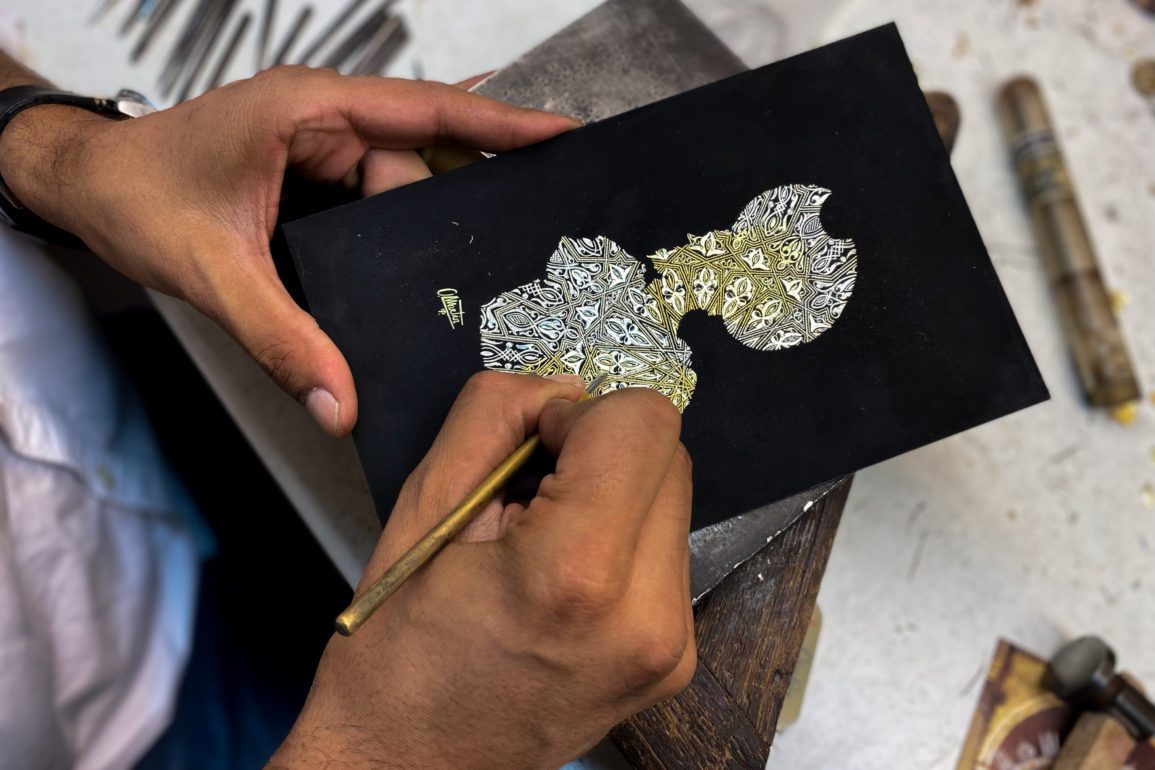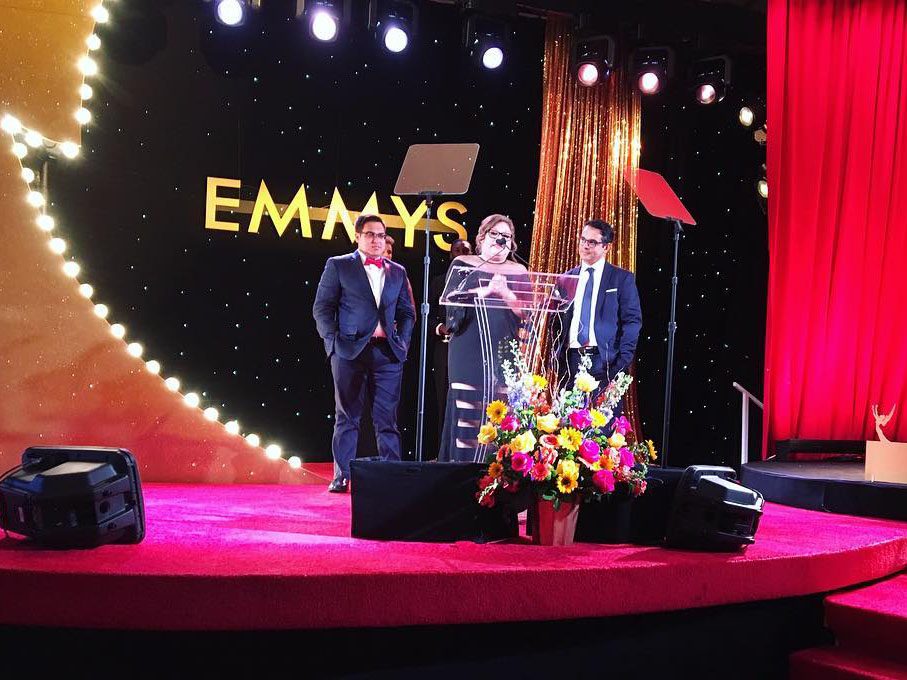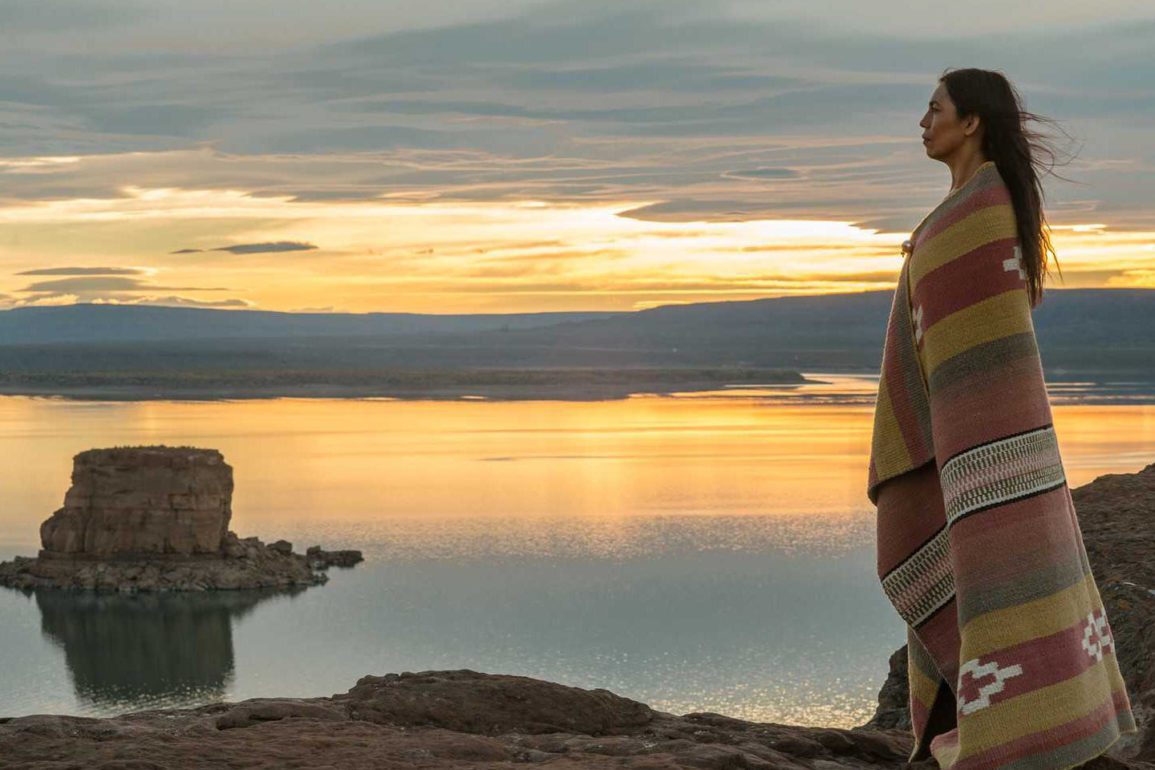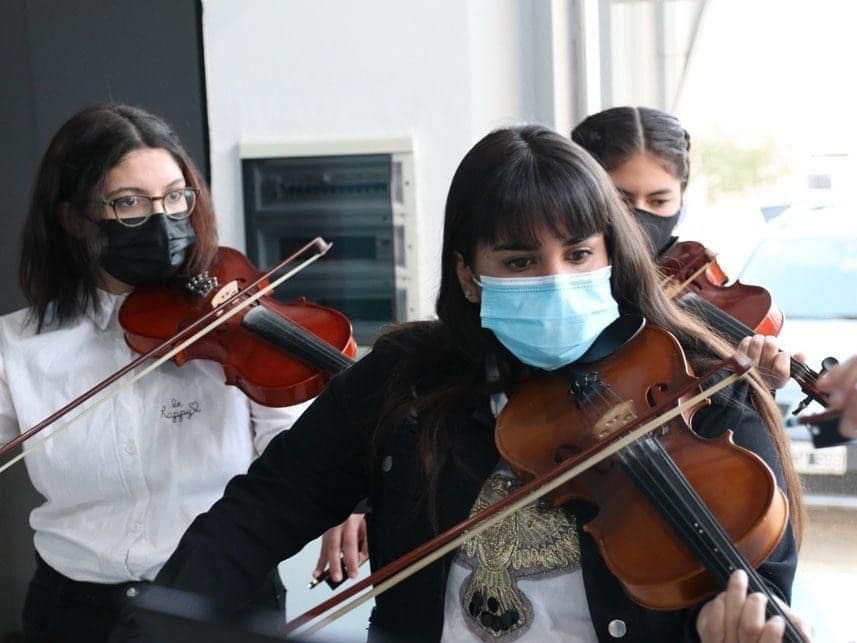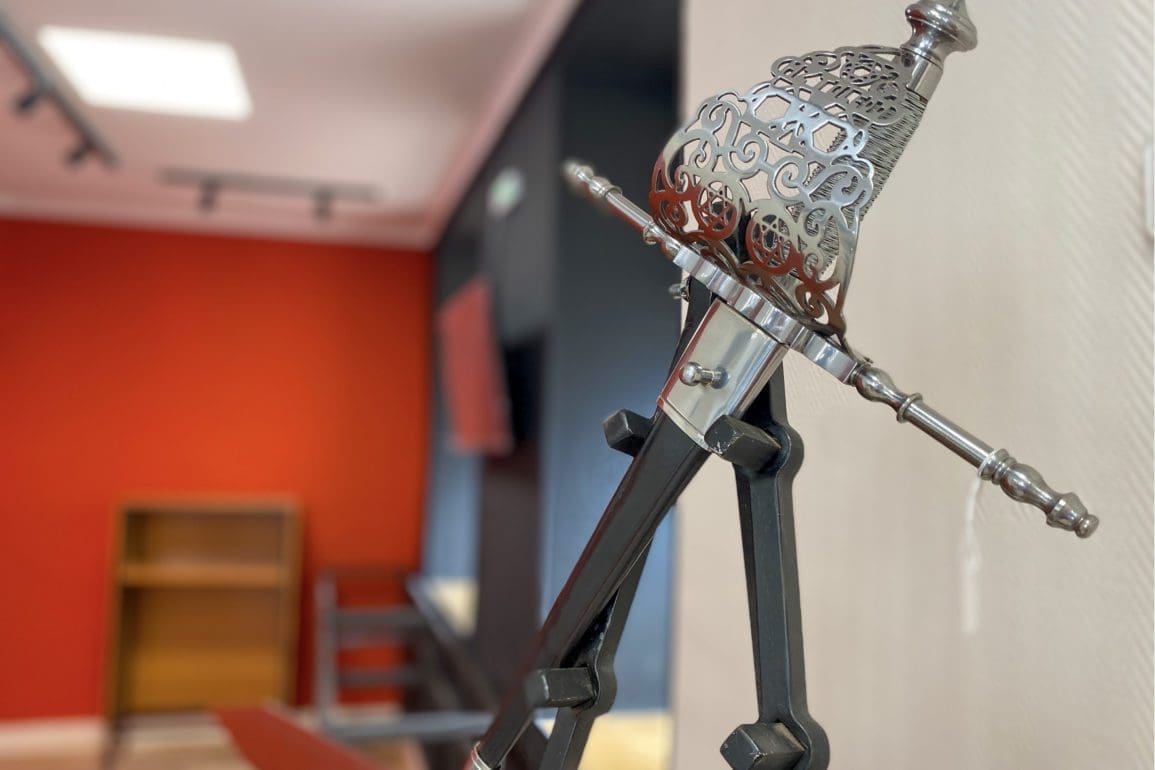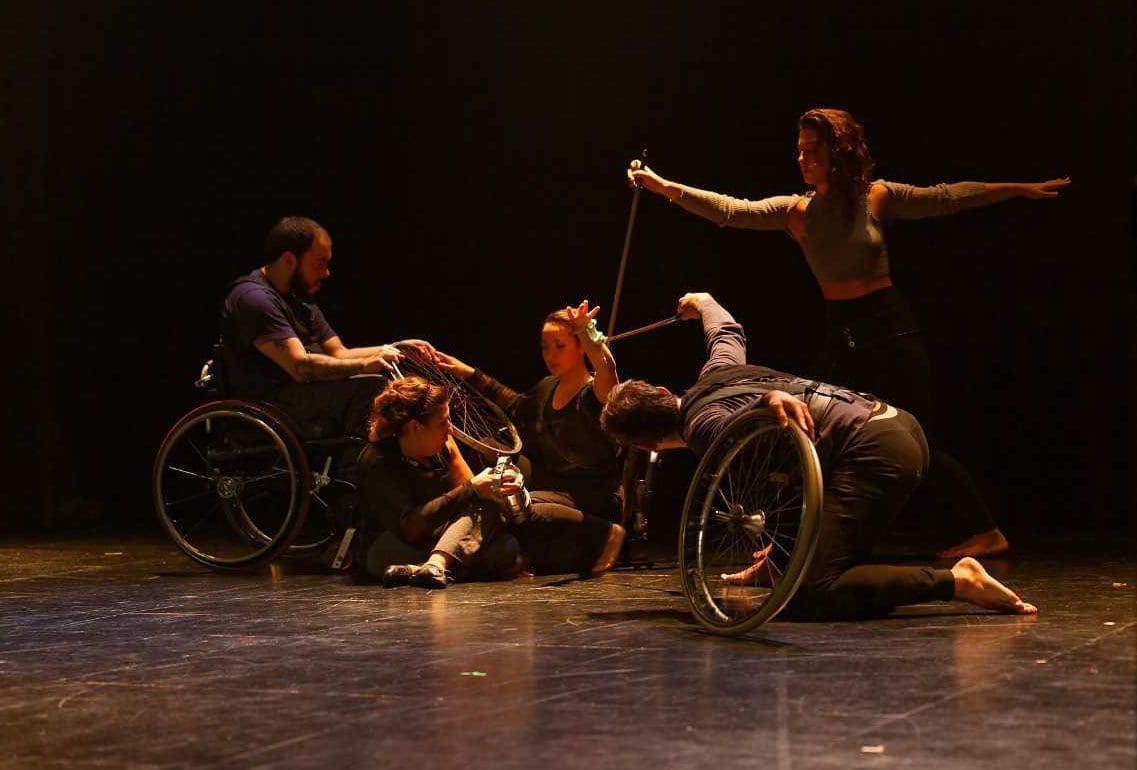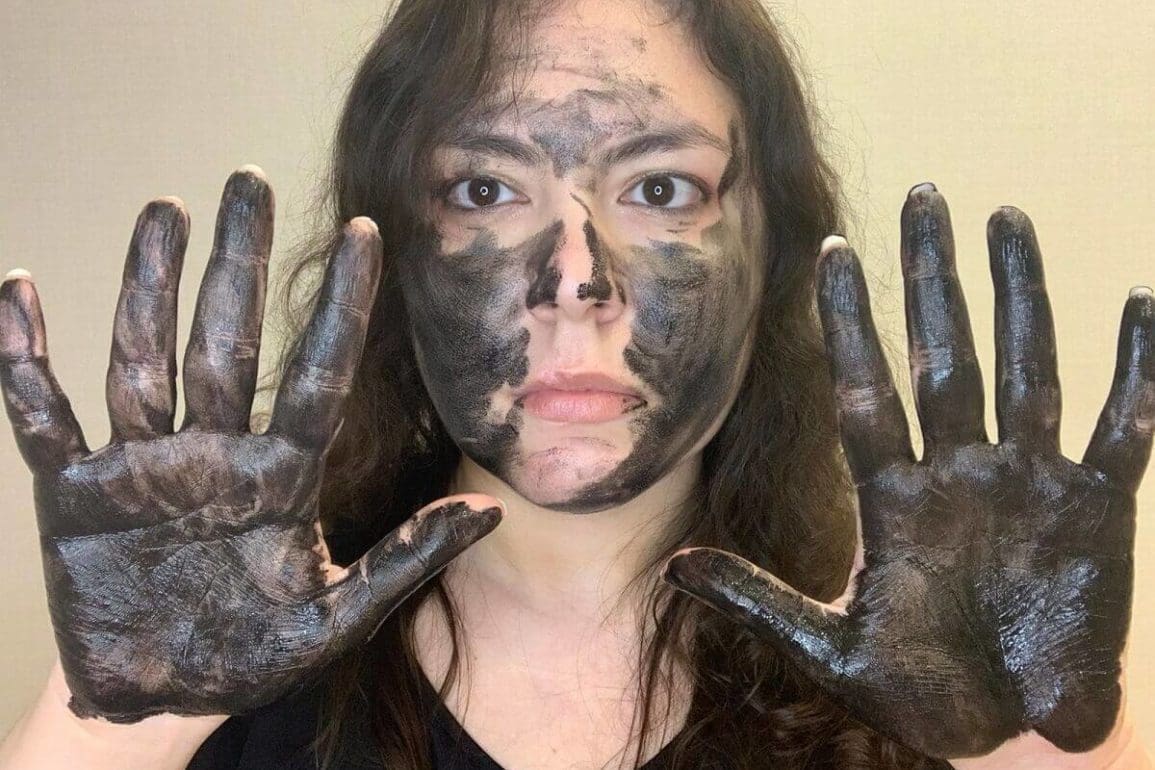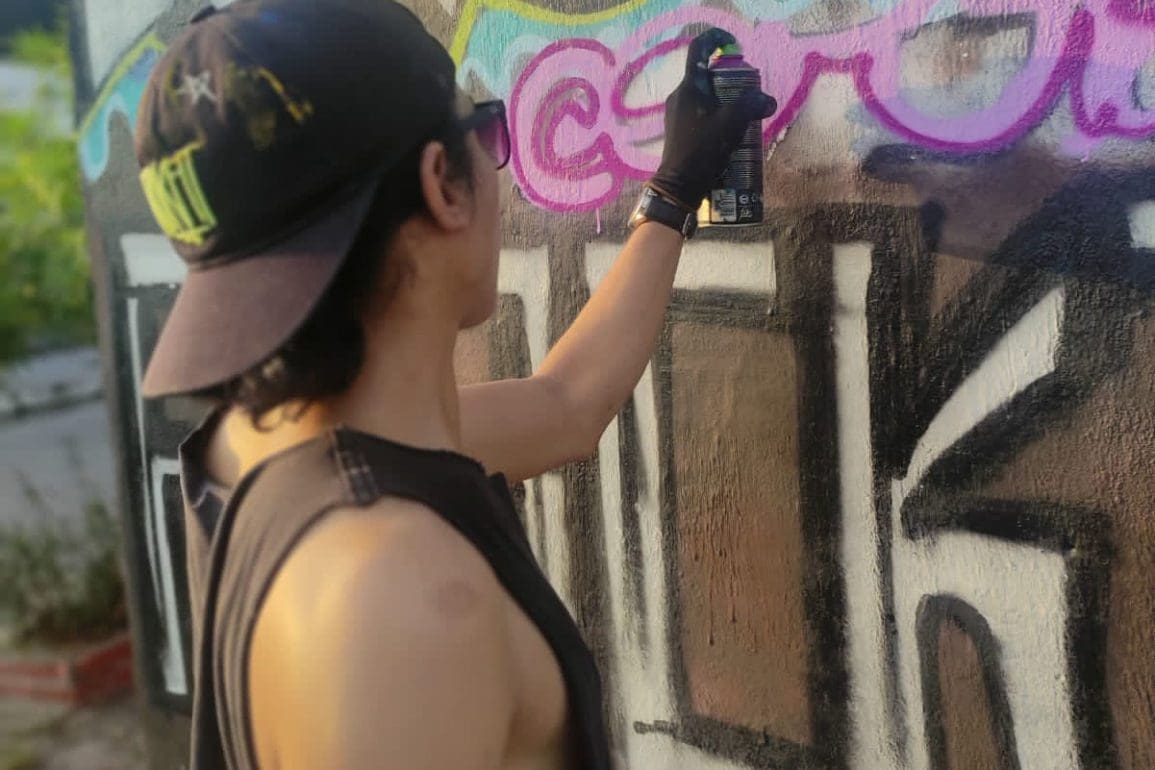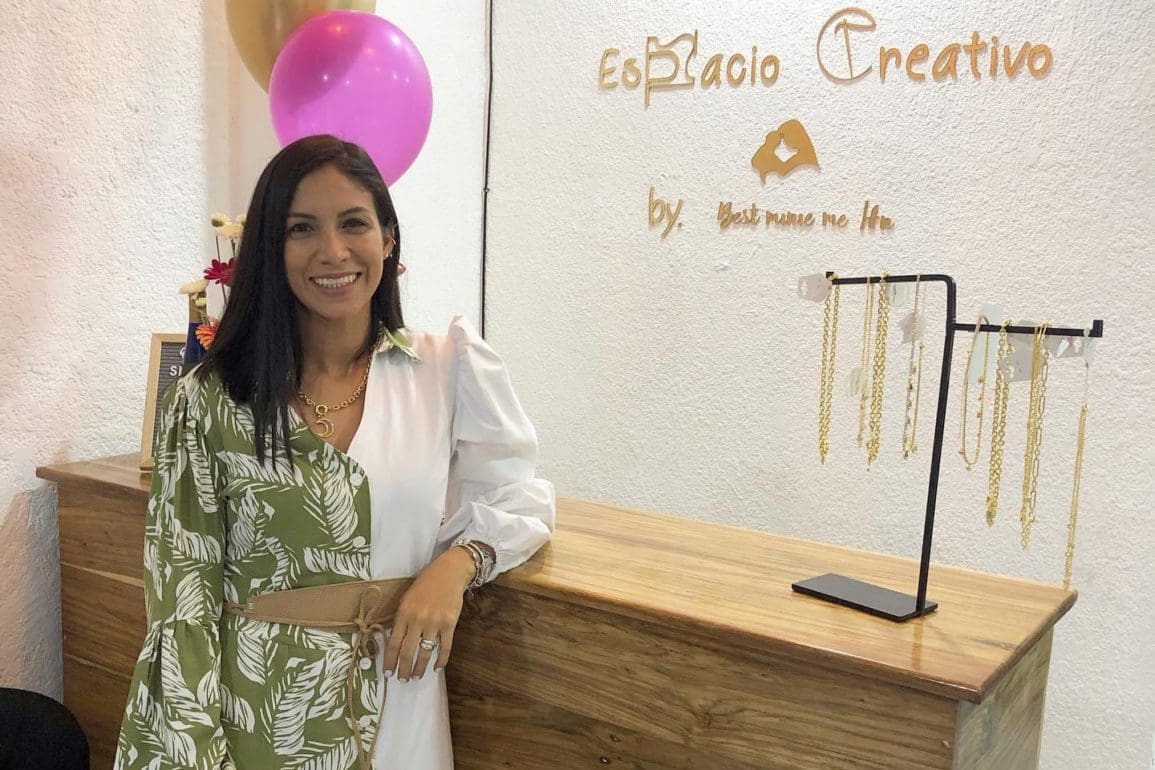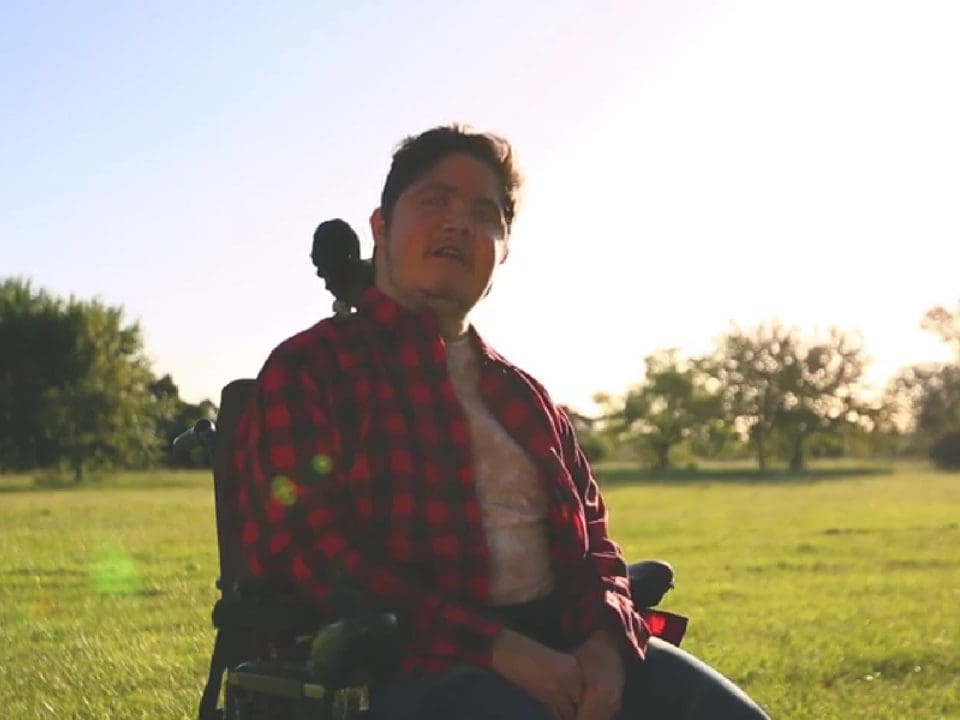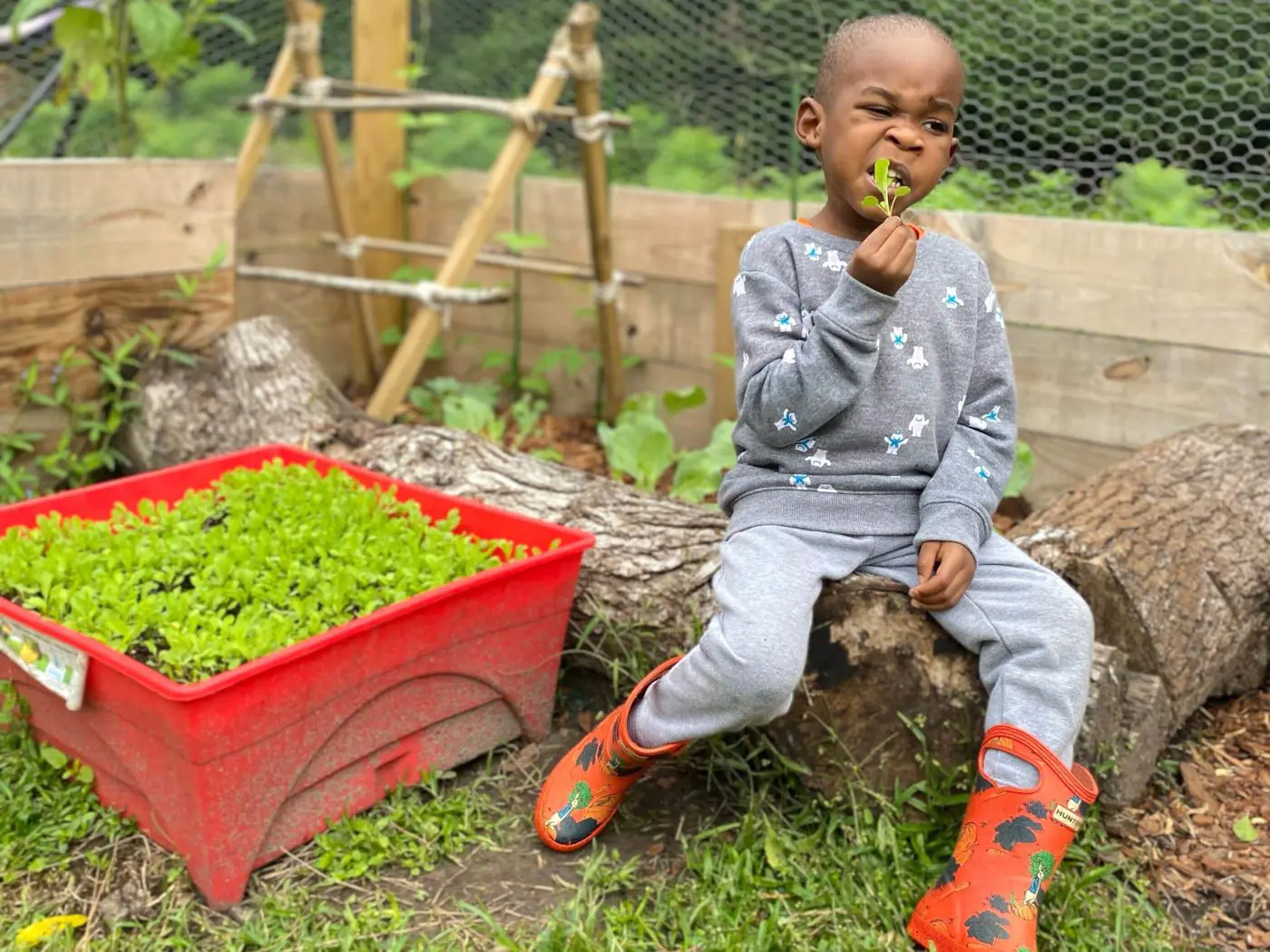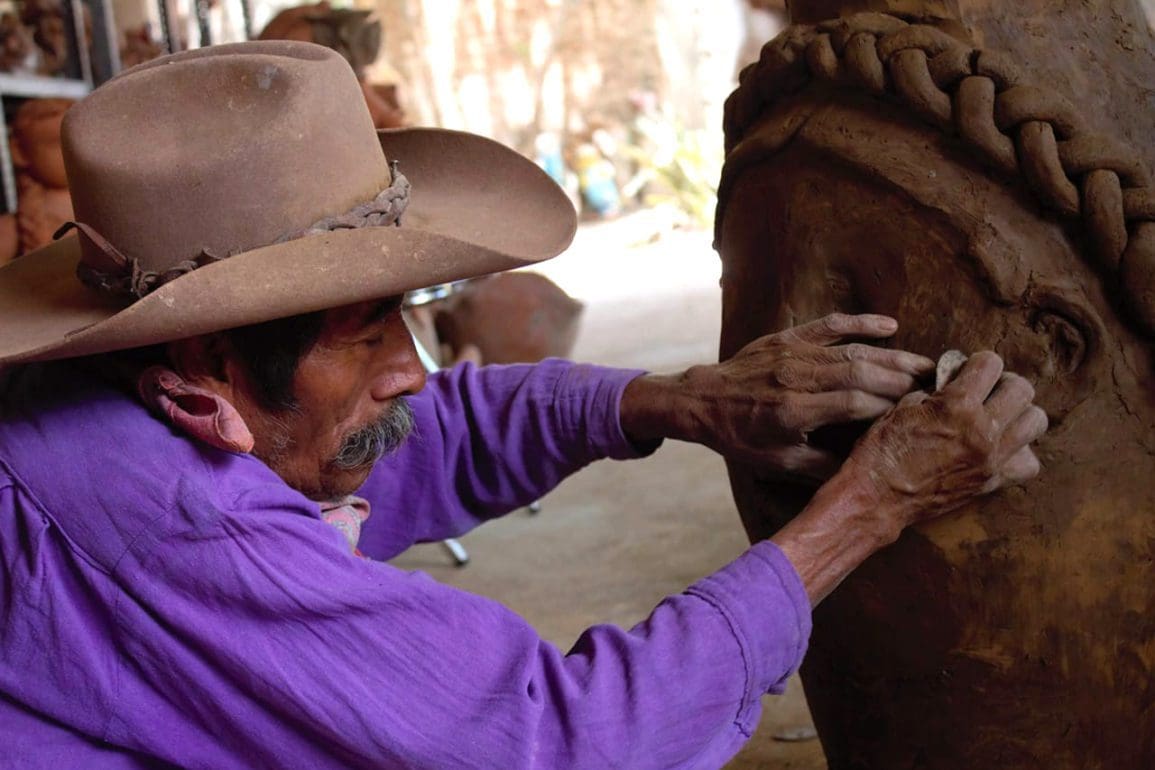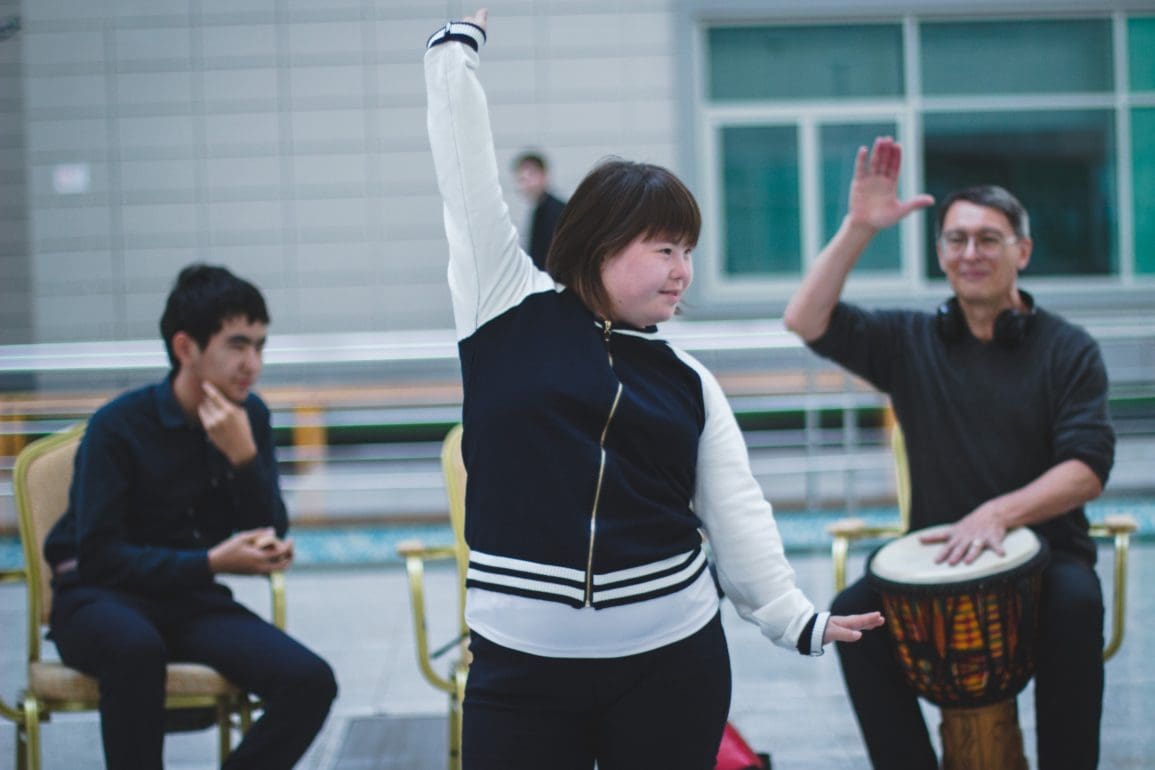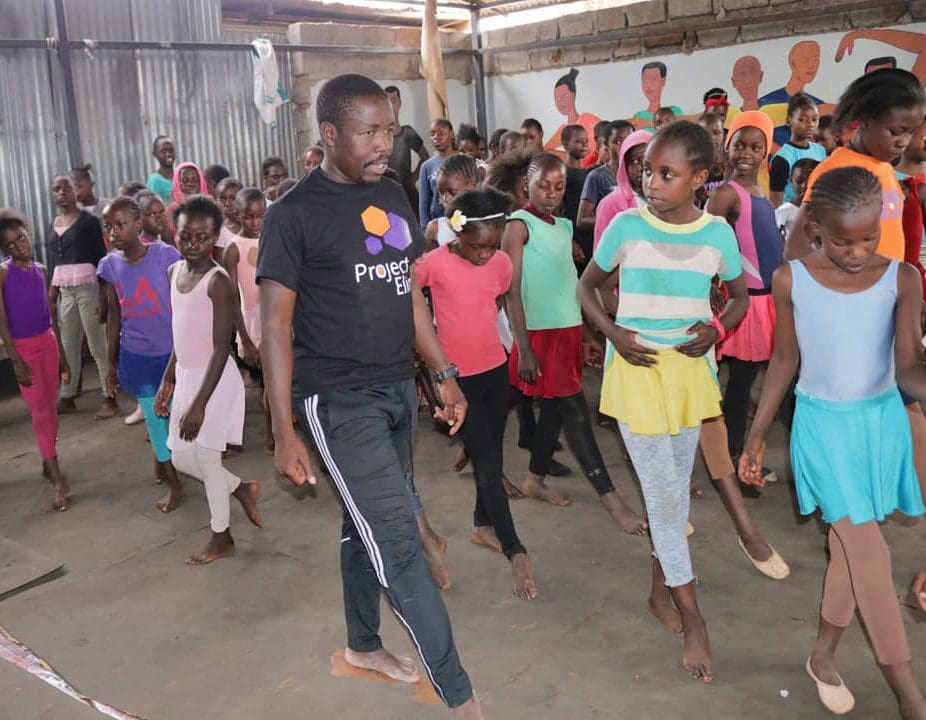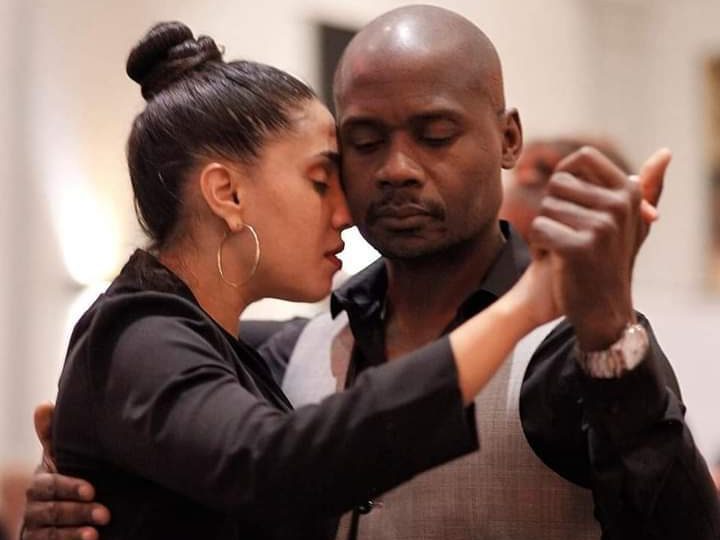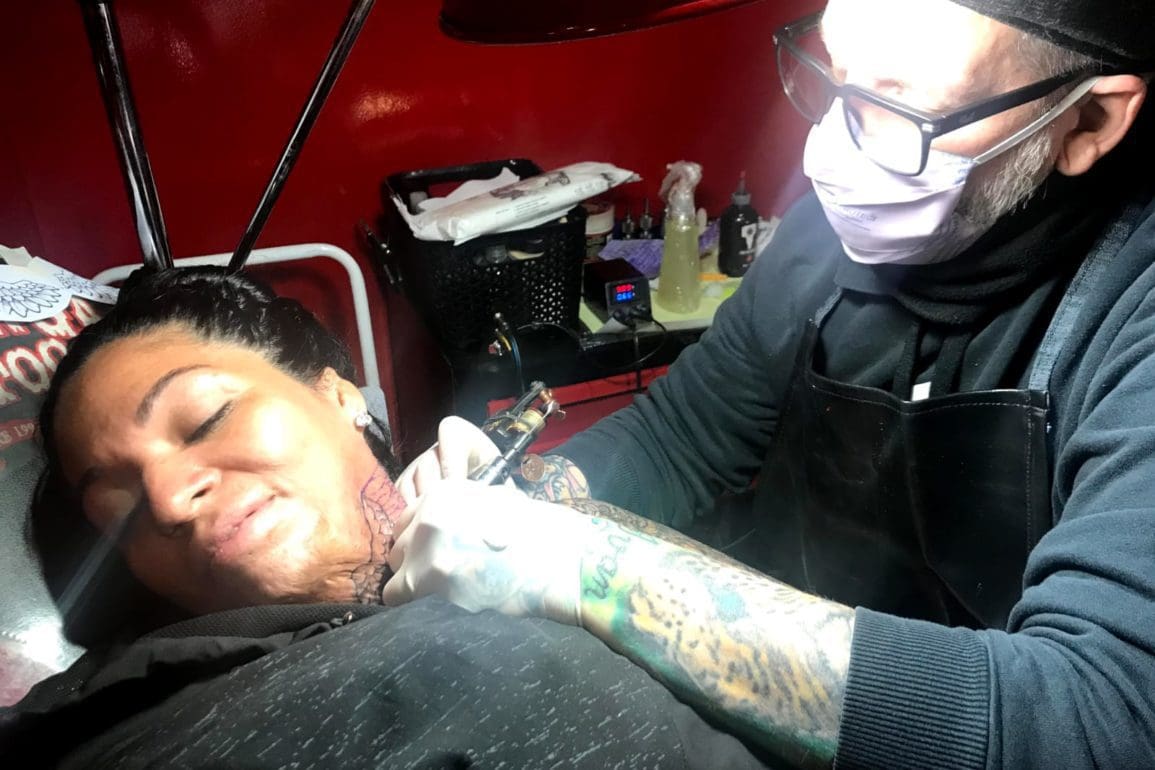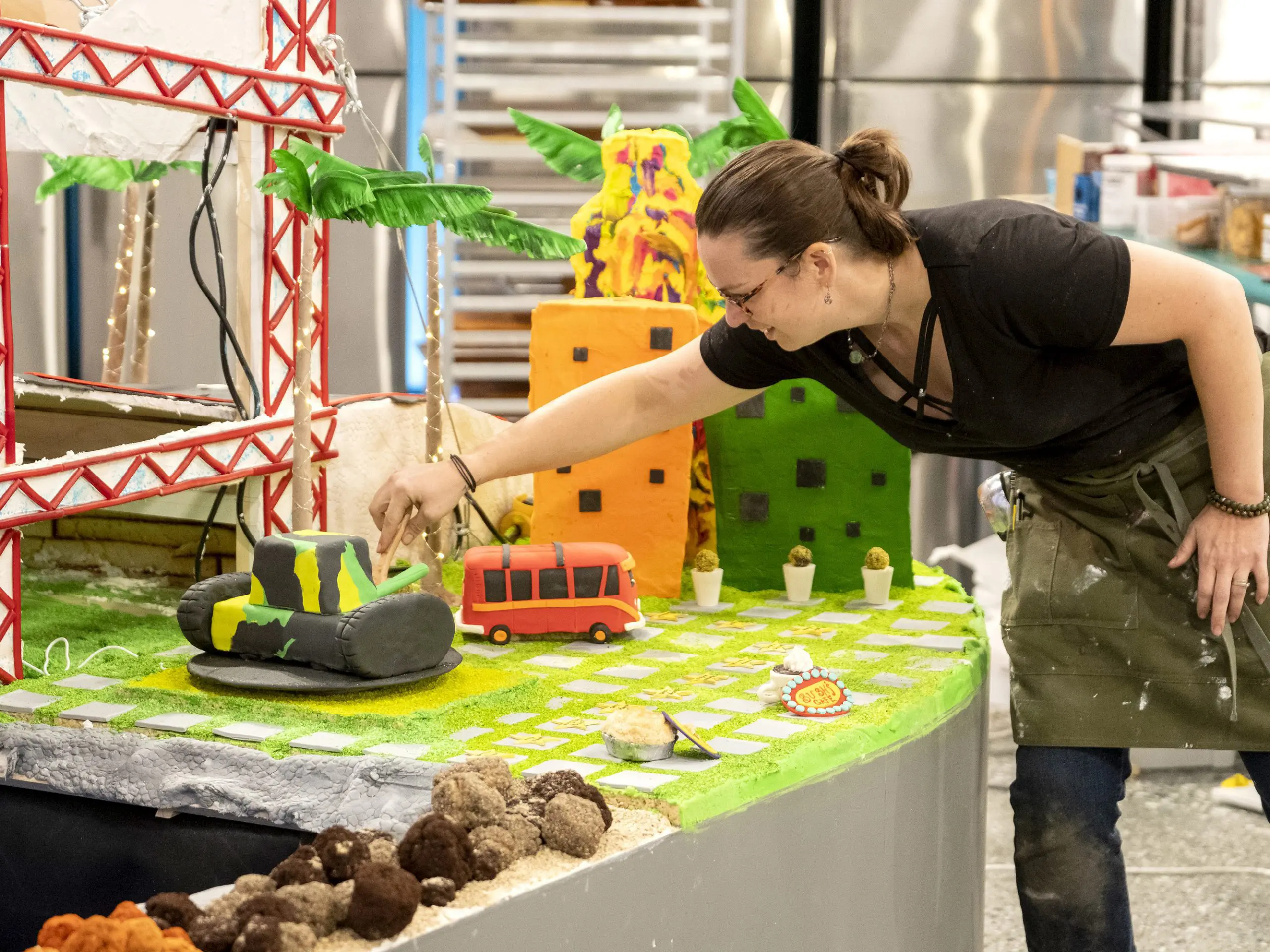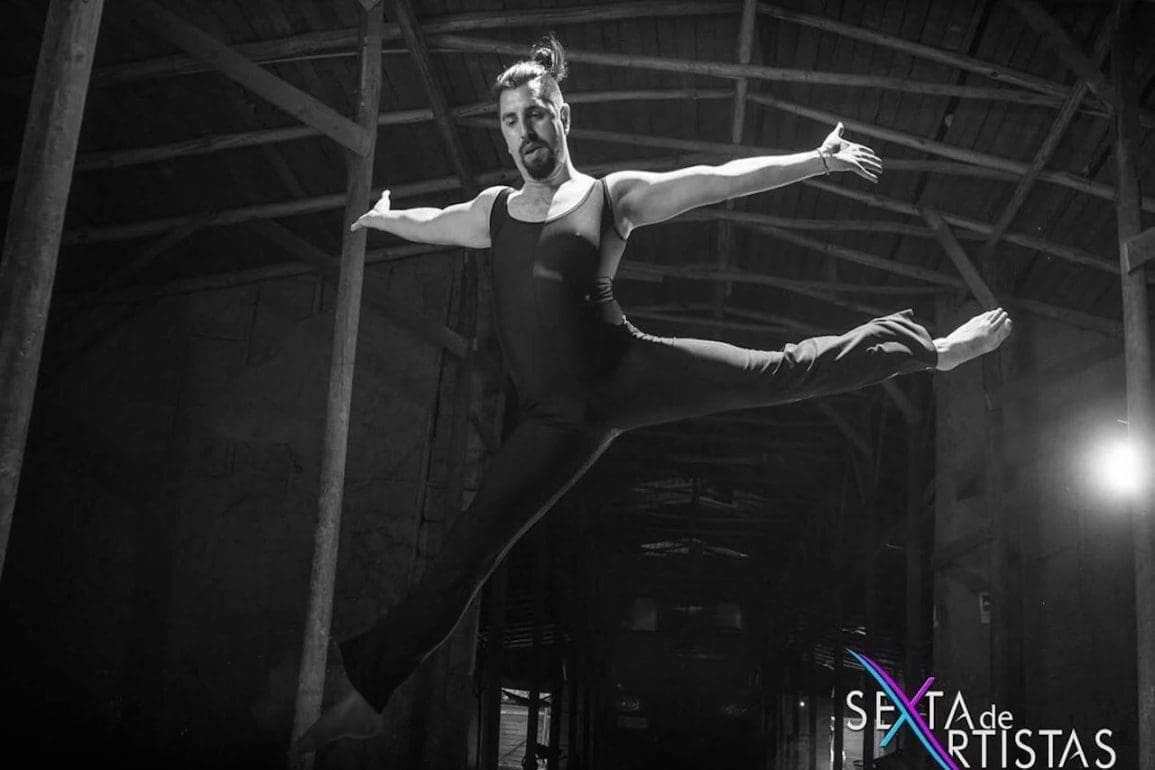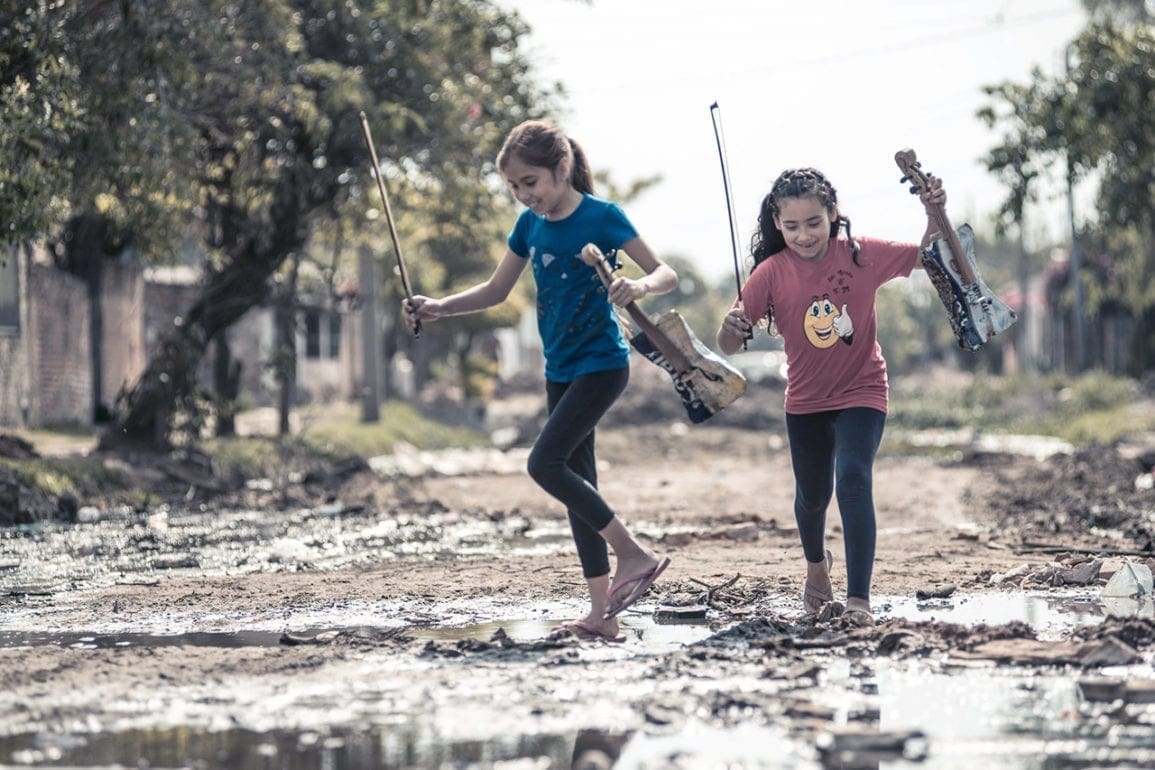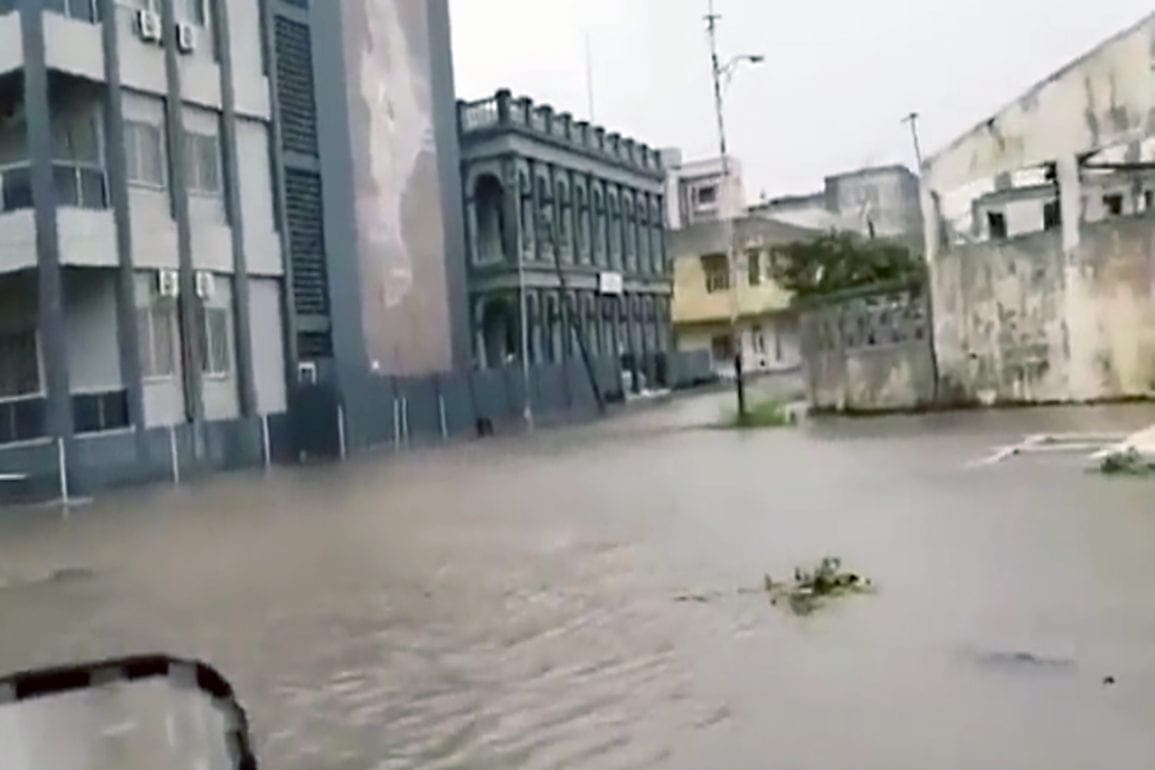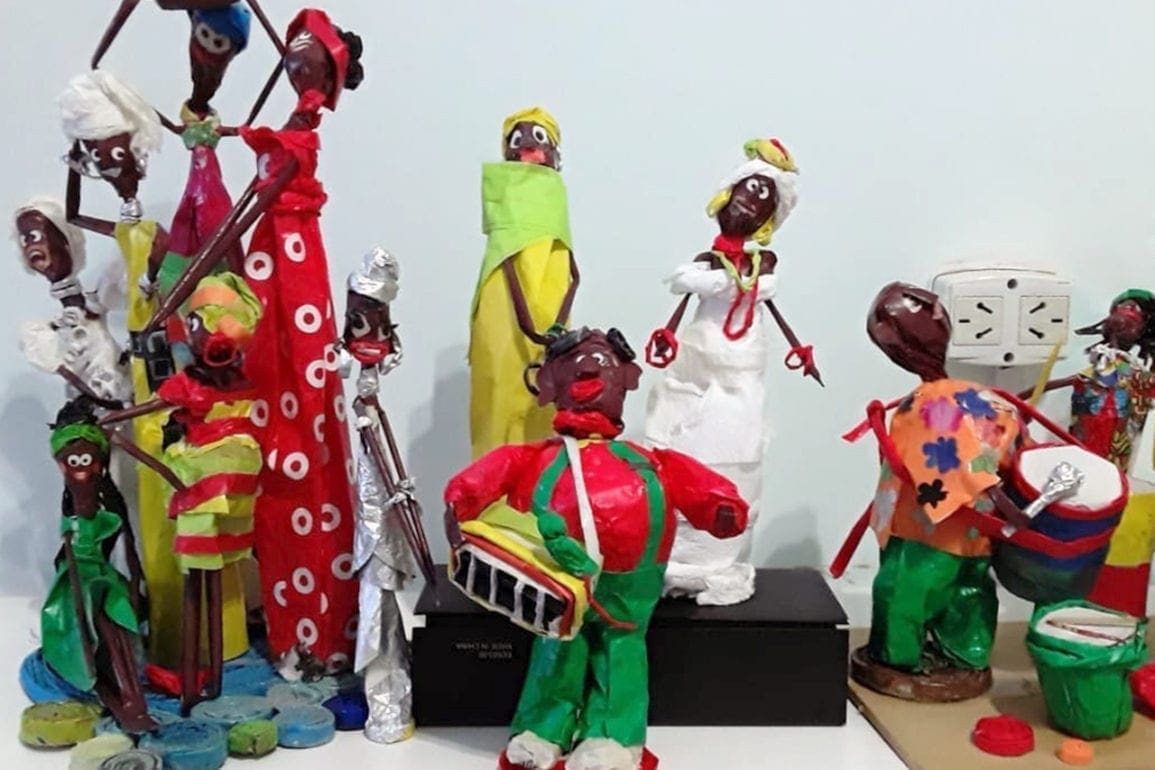Photographer honors indigenous ancestry, reveals the spirit of the trees
Our grandparents said the spirits sleep and we awaken them through the vibration of dance and song. Through my experiences, I came to believe – like Tolkien’s Ucornos – trees serve as habitats for the souls of our ancestors. Photography allowed me to catch them unfolding, to perceive another reality, and to interpret and translate them for others to see.
- 3 years ago
March 13, 2023
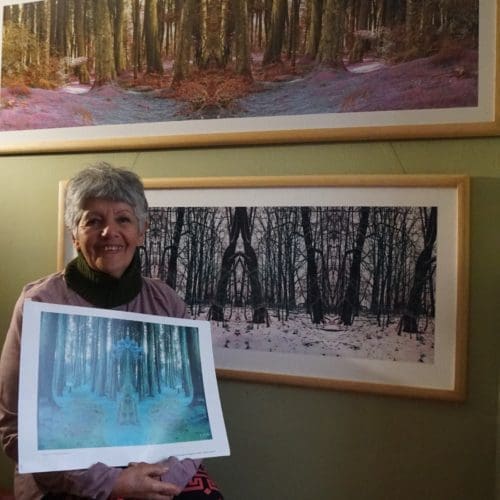
BOGOTÁ, Colombia ꟷ I walked through the woods, in awe of the big trees amidst the fog and cold. My hands worked the camera, taking pictures, as if they had an intuition of their own. The wind brushed the leaves, and I walked as if I sought the answer to something. The images found me – they looked for me – and I captured their beauty. Amongst creation, I dialogued with nature. Walking along the paths, I felt a presence accompanying me, taking me to unimaginable spaces.
Read more Arts & Cultural stories from Orato World Media.
From childhood curiosity, sprung a door to the spiritual realm
As a child, I watched my father paint and take pictures. He taught me to use oils and an airbrush, but the work felt difficult using such old tools. Dragging around his heavy equipment tired me and stifled my creativity. I wanted more. With photography, I started from the beginning – developing photos stretched out across a long table. My passion soared and I remember my mom saying, “She is the artist of the family.”
When my father bought me my first camera, I took portraits of people. One afternoon, at a public demonstration, a man attacked me with a newspaper for taking his photo. It forced me to change, and I began studying sociology, walking amongst the indigenous people. I had so much empathy and on field trips I focused on social photography, combining my photographs with landscape drawings. Then, something powerful happened.
One day, with a group of young people, a girl suggested we do a dance to greet the forest. We joined hands and as soon as we made the first turn, a strong wind brushed against our bodies like an answer. I felt stunned. We danced and called for the rain. When we finished, we made a point to close that spiritual door as not to untie or leave it open. At the same time, I did not know how to handle the powerful forces of nature. Today, when I see a flock of birds passing by, I believe it is divinity passing through us. A natural conception – an imminent god – manifests in the songs of the birds, the wind, and its cooing.
Using ancient indigenous beliefs, she discovers her double vision
I began to study and integrate the ancient traditions of my ancestors into my photographic work. I learned from my teachers to look through the “tail of the eye,” a technique of looking for a new perception through an alternate vision. Most people look at 45- or 90-degree angles. I learned to see 360 degrees. I do not look at subjects anatomically or structurally, rather I take photos and see what occurs in them. As I peruse the results, I feel my third eye working.
With this technique, as the images unfolded through the digital process, in my photos of the trees, I saw blue mesons [or subatomic particles]. I integrated the Tunjos of my ancestors into the images. [The indigenous Muisca people of Colombia created Tunjos, or votive offerings, and placed them throughout the territory under landmarks. They were believed to be gateways to different worlds.]
Our grandparents said the spirits sleep and we awaken them through the vibration of dance and song. Through my experiences, I came to believe – like Tolkien’s Ucornos – trees serve as habitats for the souls of our ancestors. Photography allowed me to catch them unfolding, to perceive another reality, and to interpret and translate them for others to see.
When art brings forth ancestral lessons
I believe primitive minds perceived more than we do today. They understood the guardians, spirits, and beings in existence in the trees. Today, we see trees as wood to cut and nothing more. We lack a spiritual understanding and contemporary culture makes this easy to erase. Though we have perceptions, we see our ancestors as beings without souls. I see wise grandparents emerging from an invisible presence, vindicated in the images I create. This universe I attempt to understand remains a part of the vision of the cosmos for many ancient people of the world.
In my collection Mensajes de los Arboles I raise awareness through my pictures, showing that we do not live alone. A presence exists around us which we do not see. Through the aura of meditation, we can recognize other dimensions like layers of an onion which we interpret together. Gabriel García Márquez said that in his writing, he seeks to be loved more. I feel this way. With my art, I can communicate with people, and they respond so lovingly. I remember a boy who thanked me for this project because I opened his horizons. He had a limited view of the world and through Mesajes de los Arboles, he began to have a 360-degree vision.
While it remains difficult in Colombia to make a living from art, I keep going. I travel to the mountains and I hike to discover my passion. Through my artwork I present a primer of our ancestry through a didactic or moral instruction. Those who purchase my works tend to be foreigners seeking beautiful images as souvenirs.





















